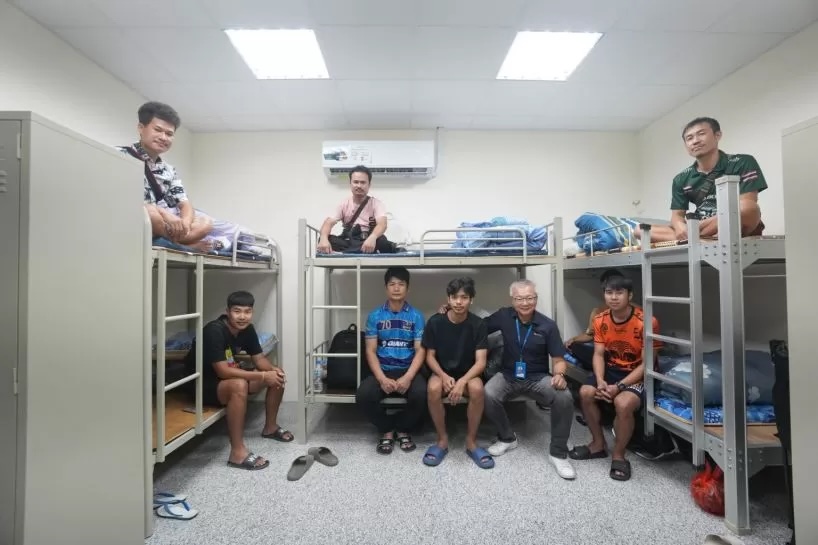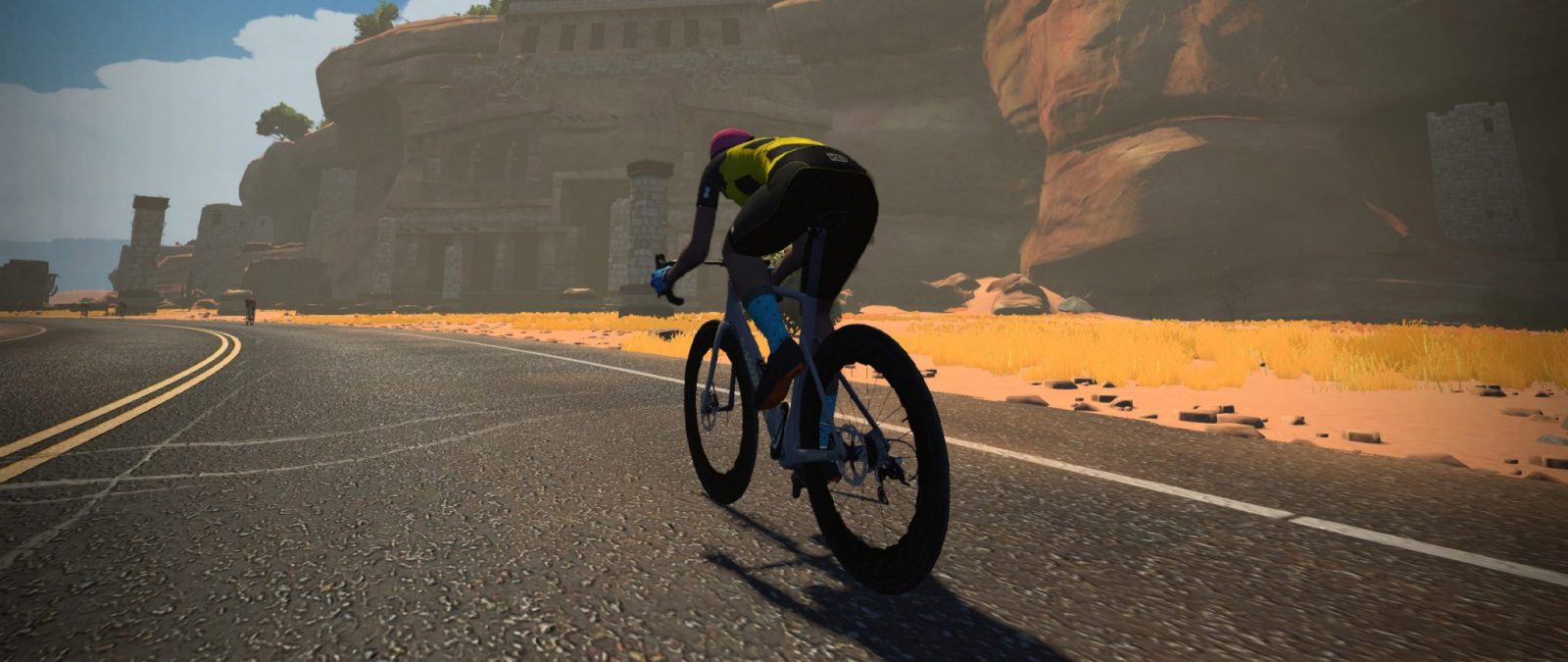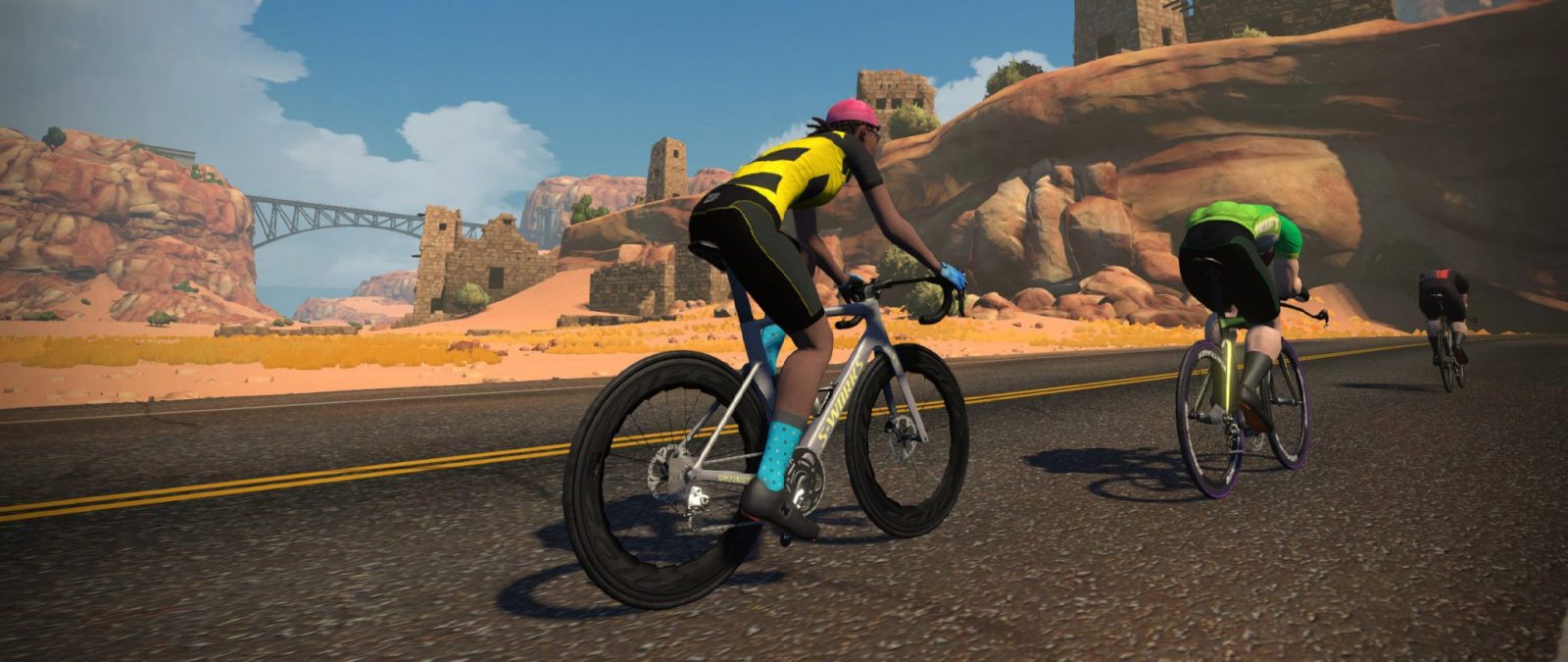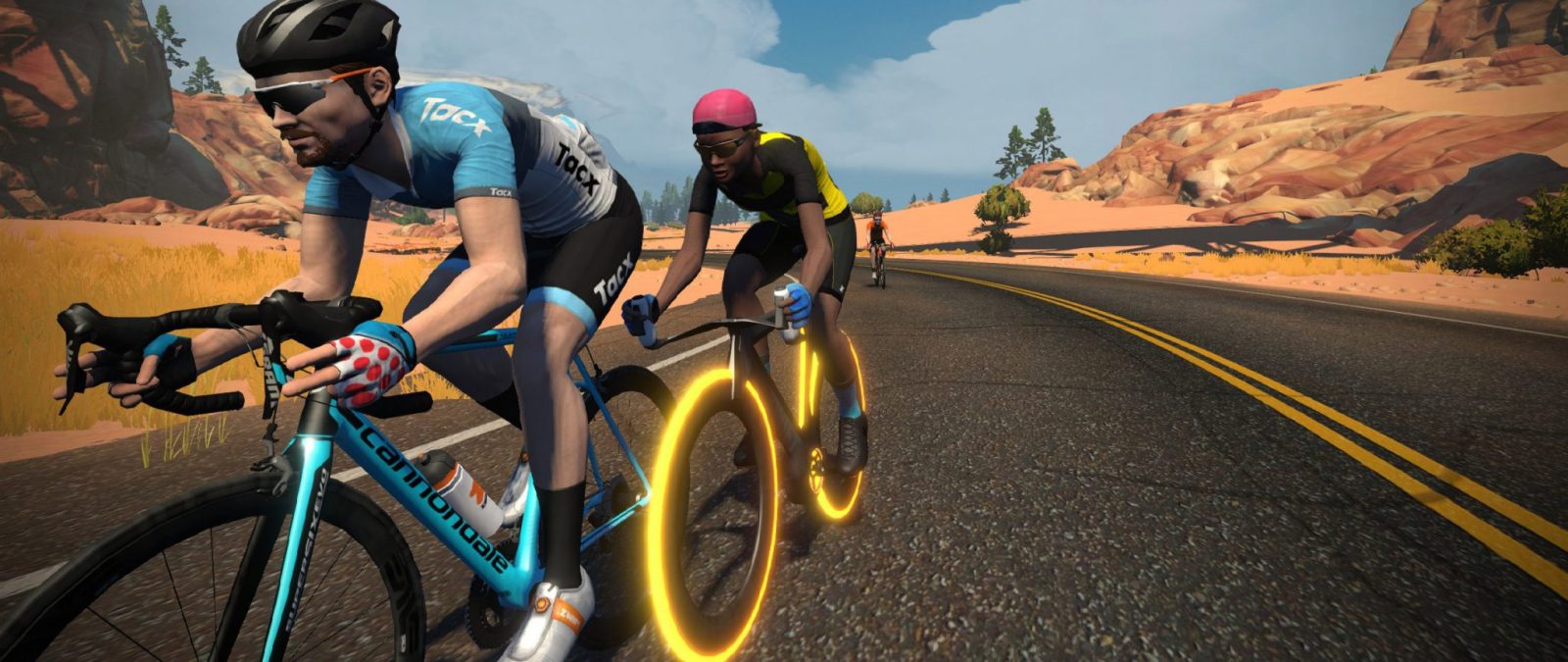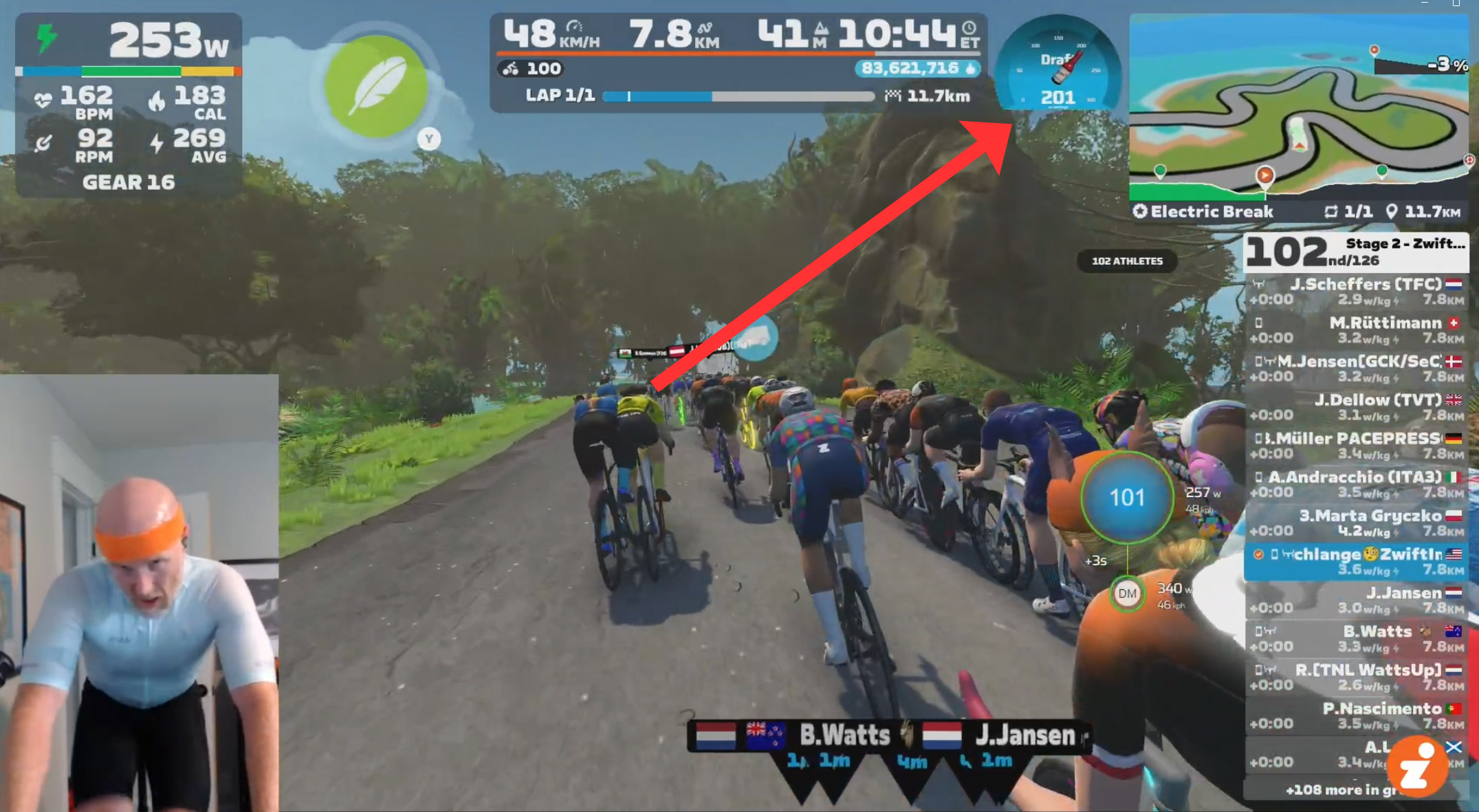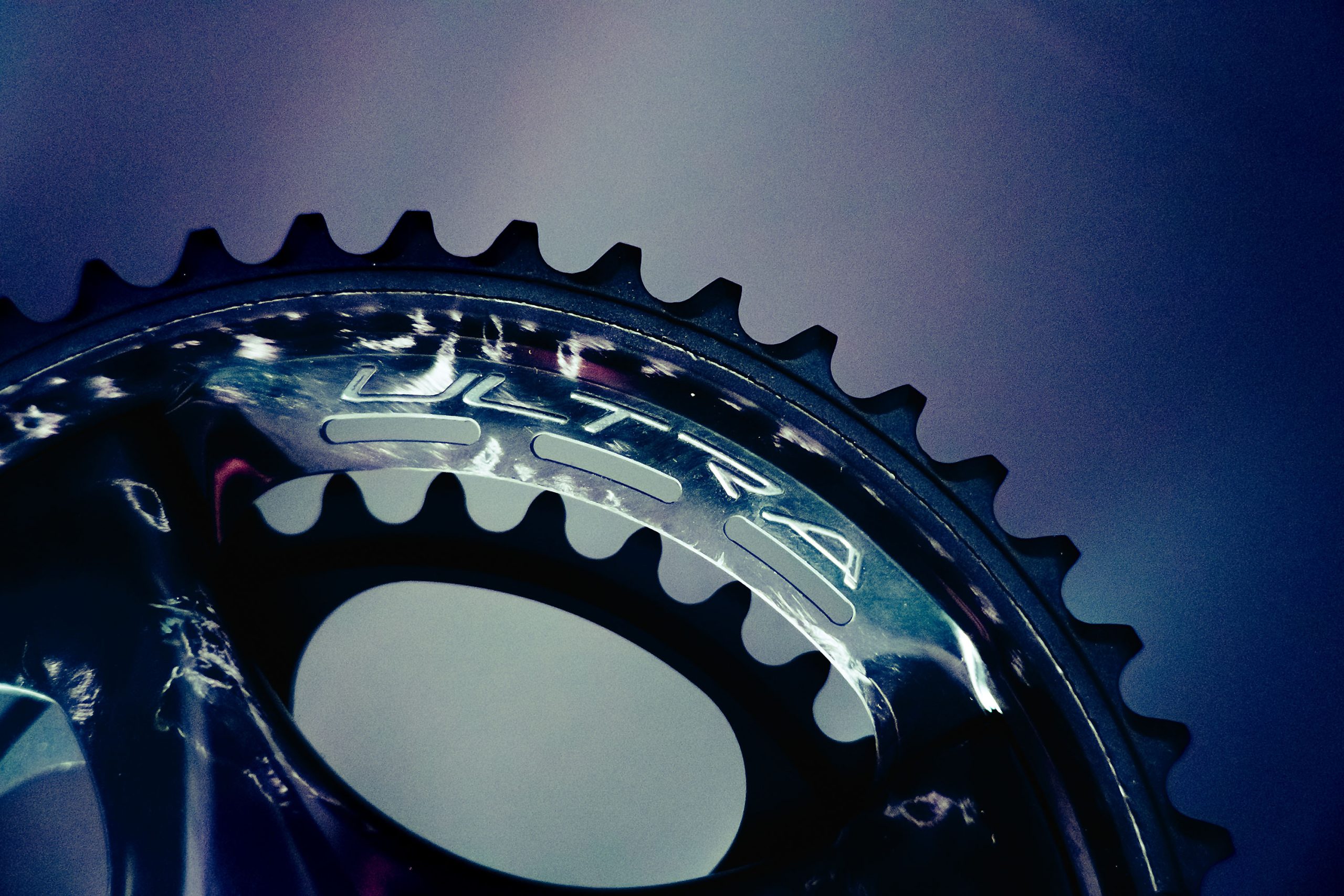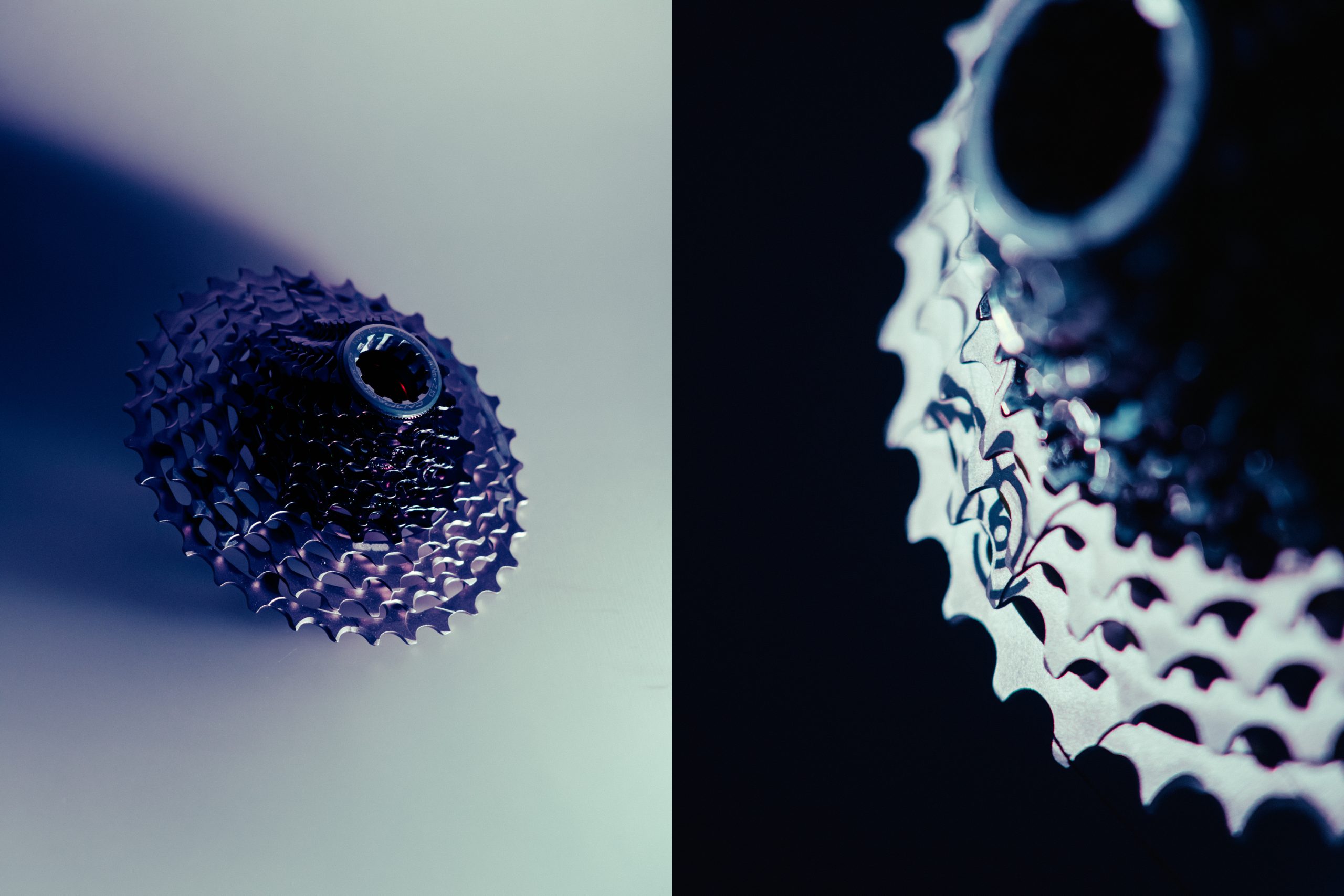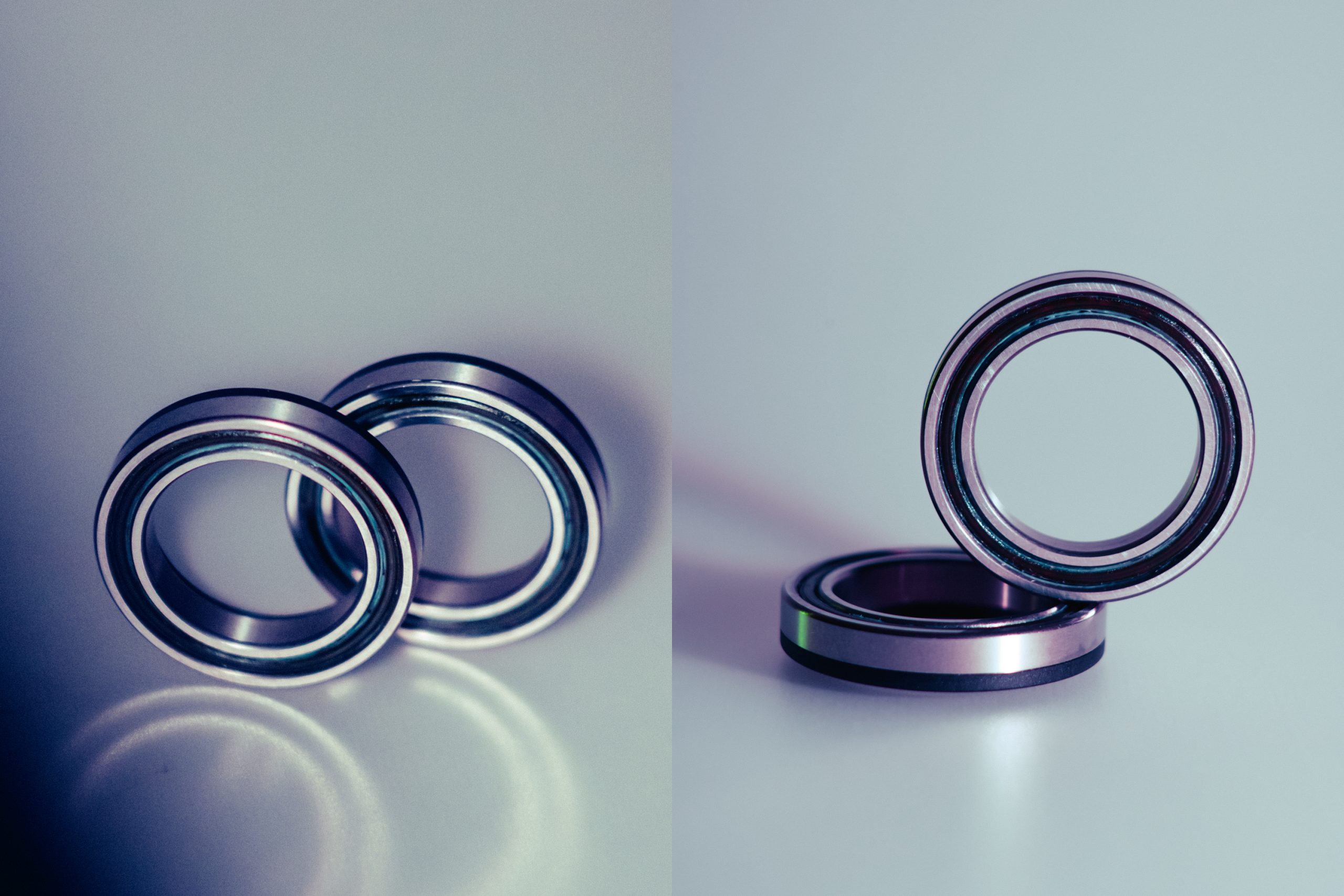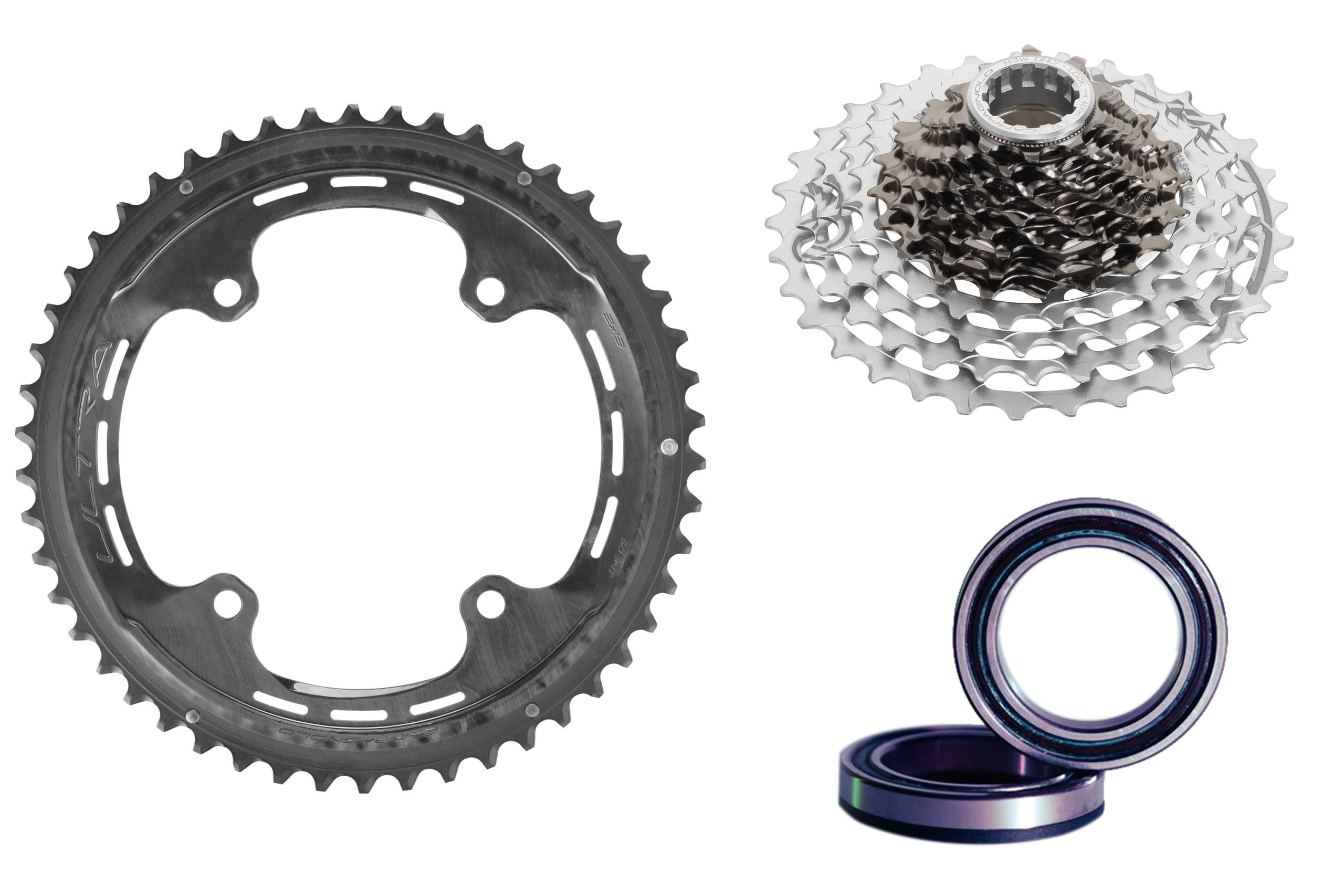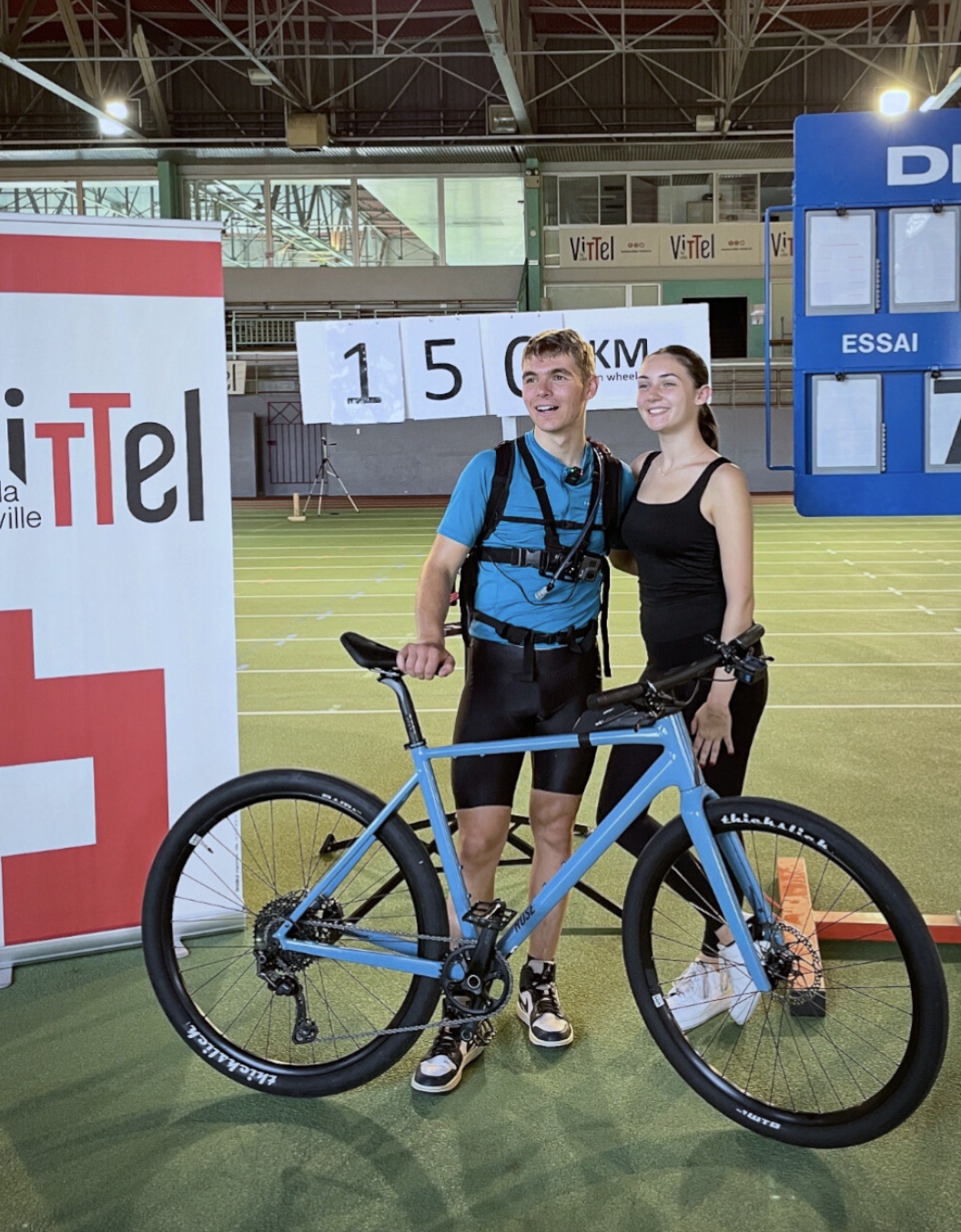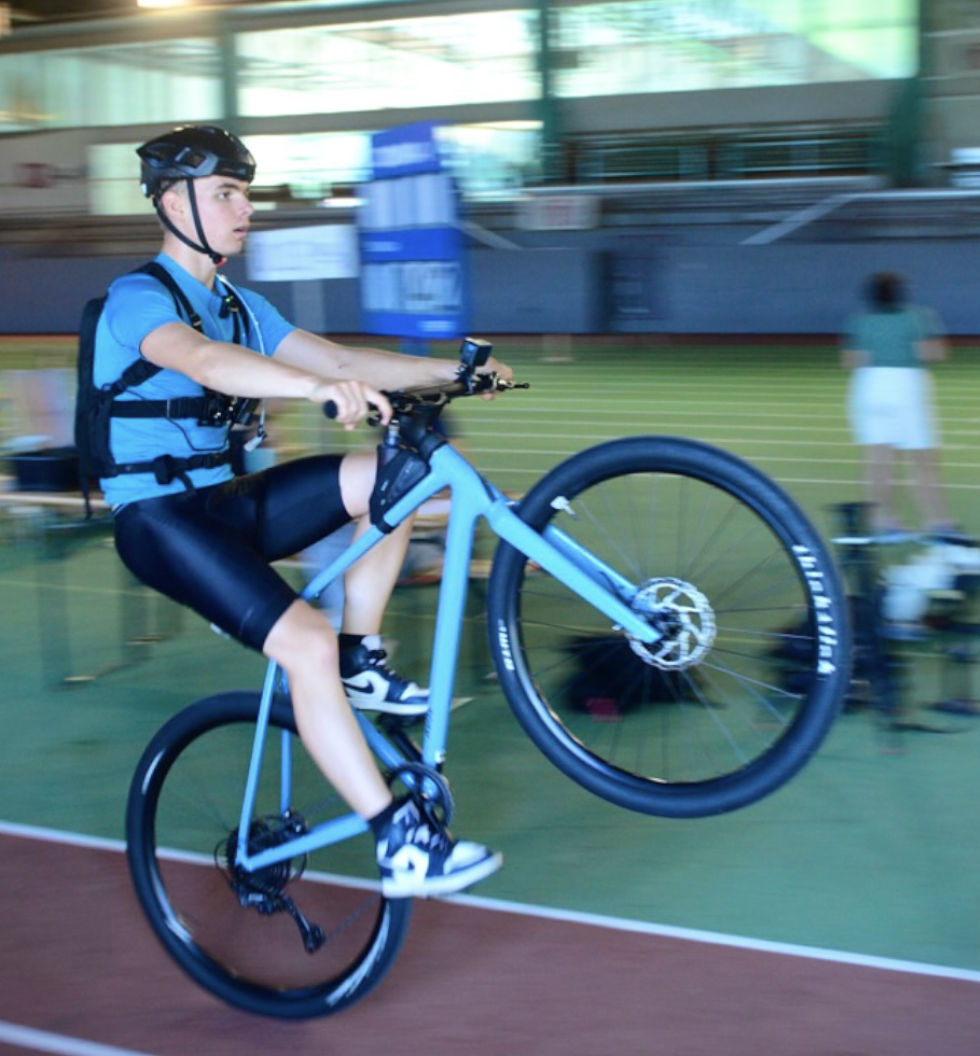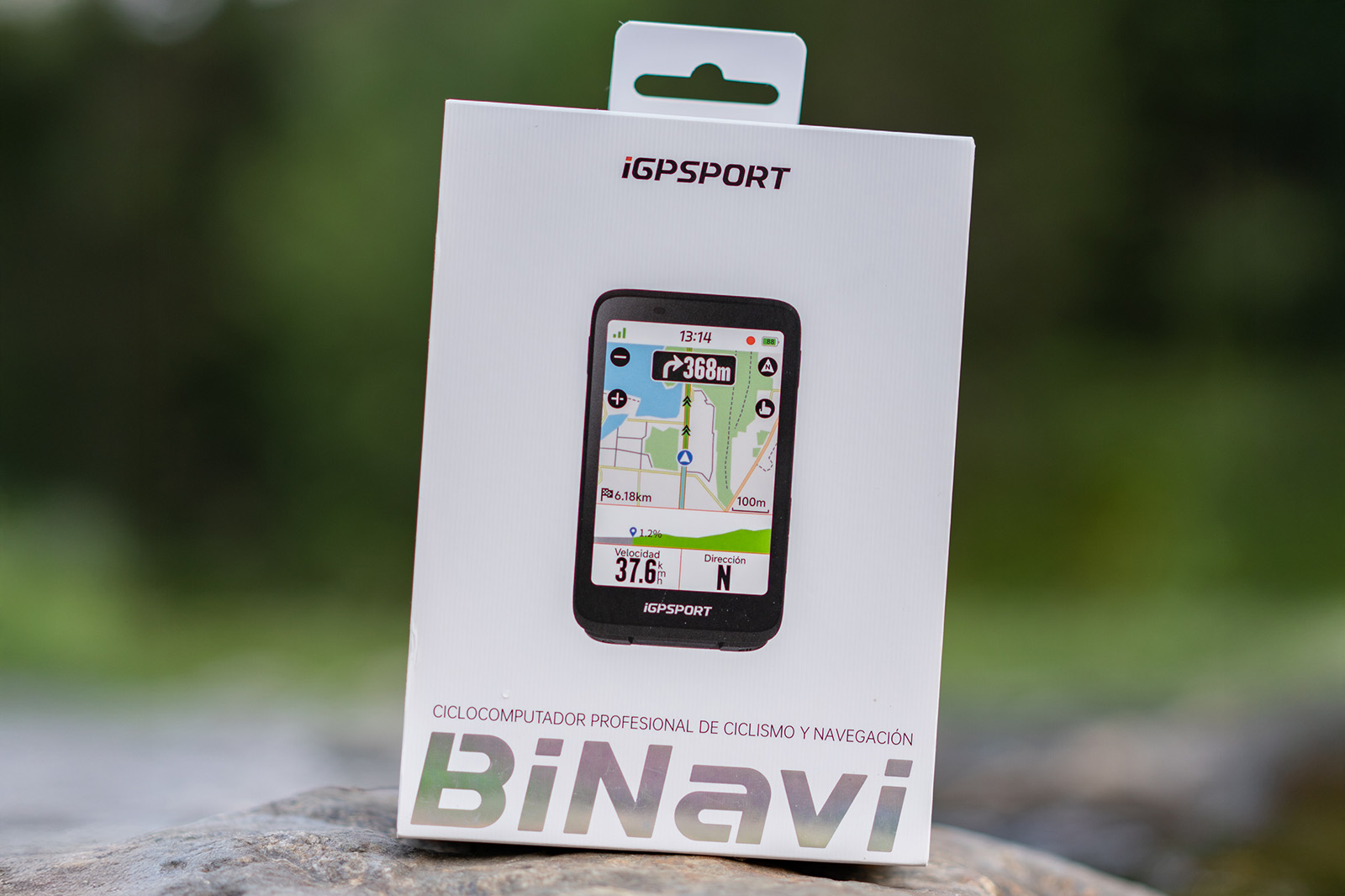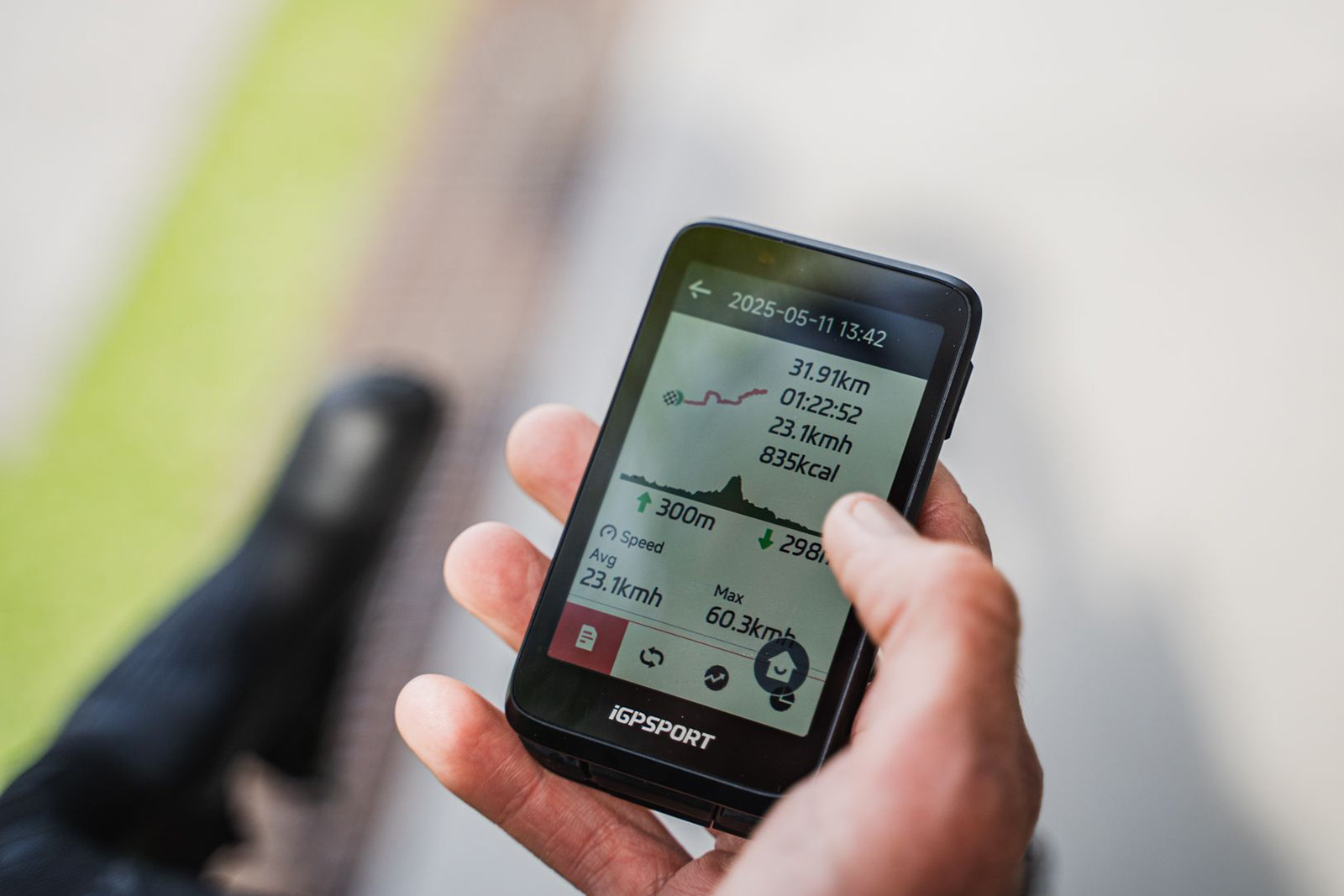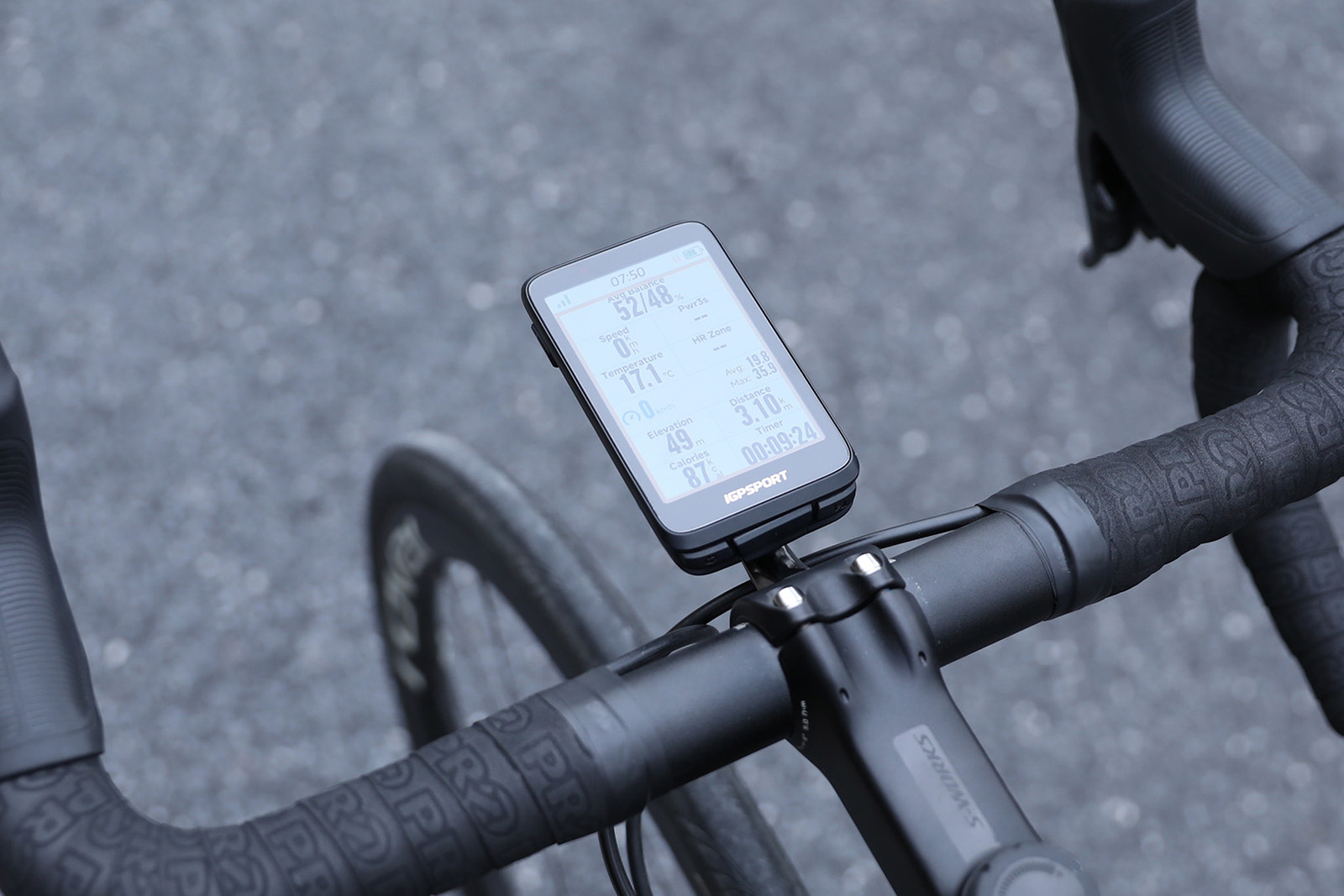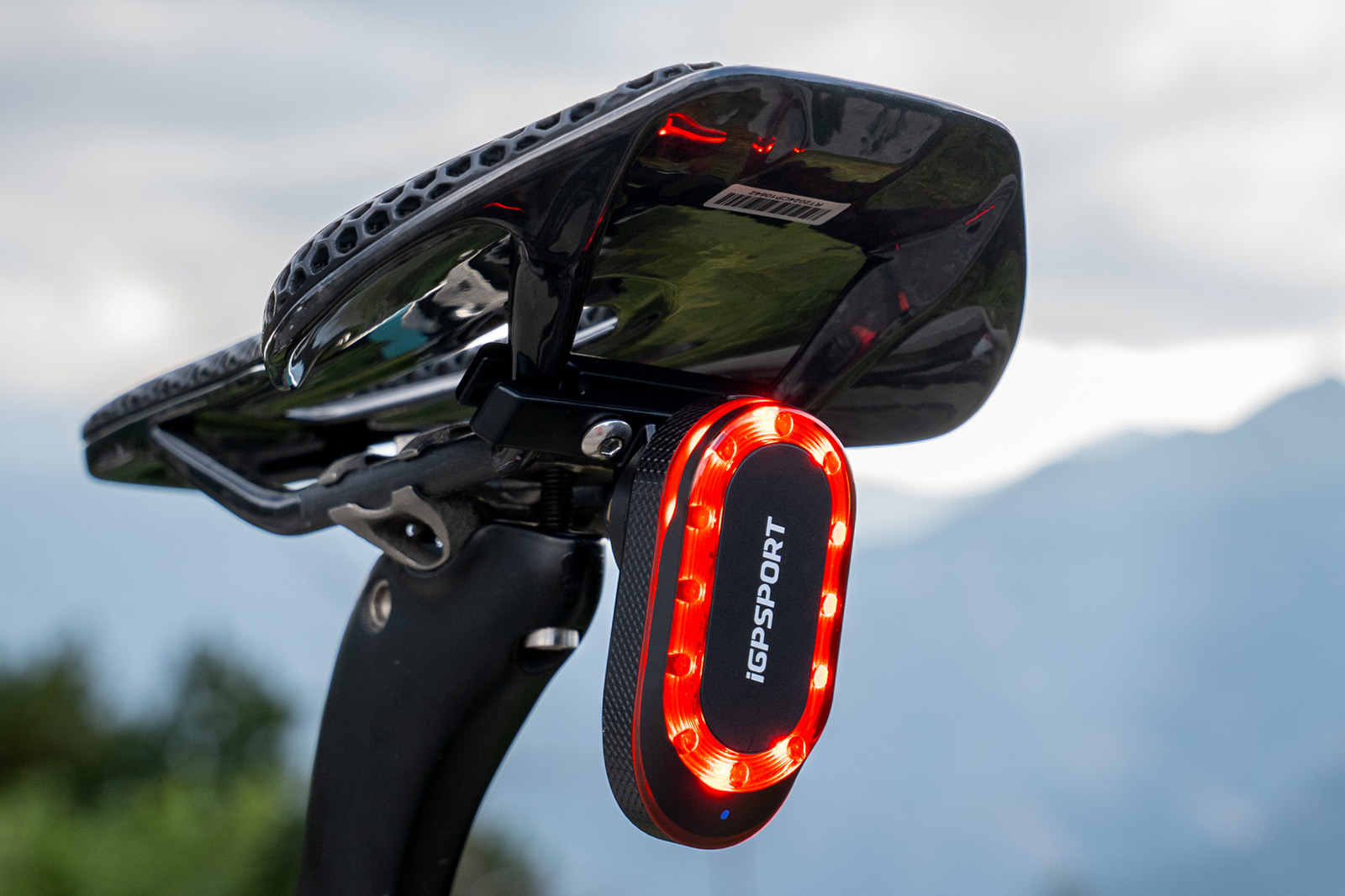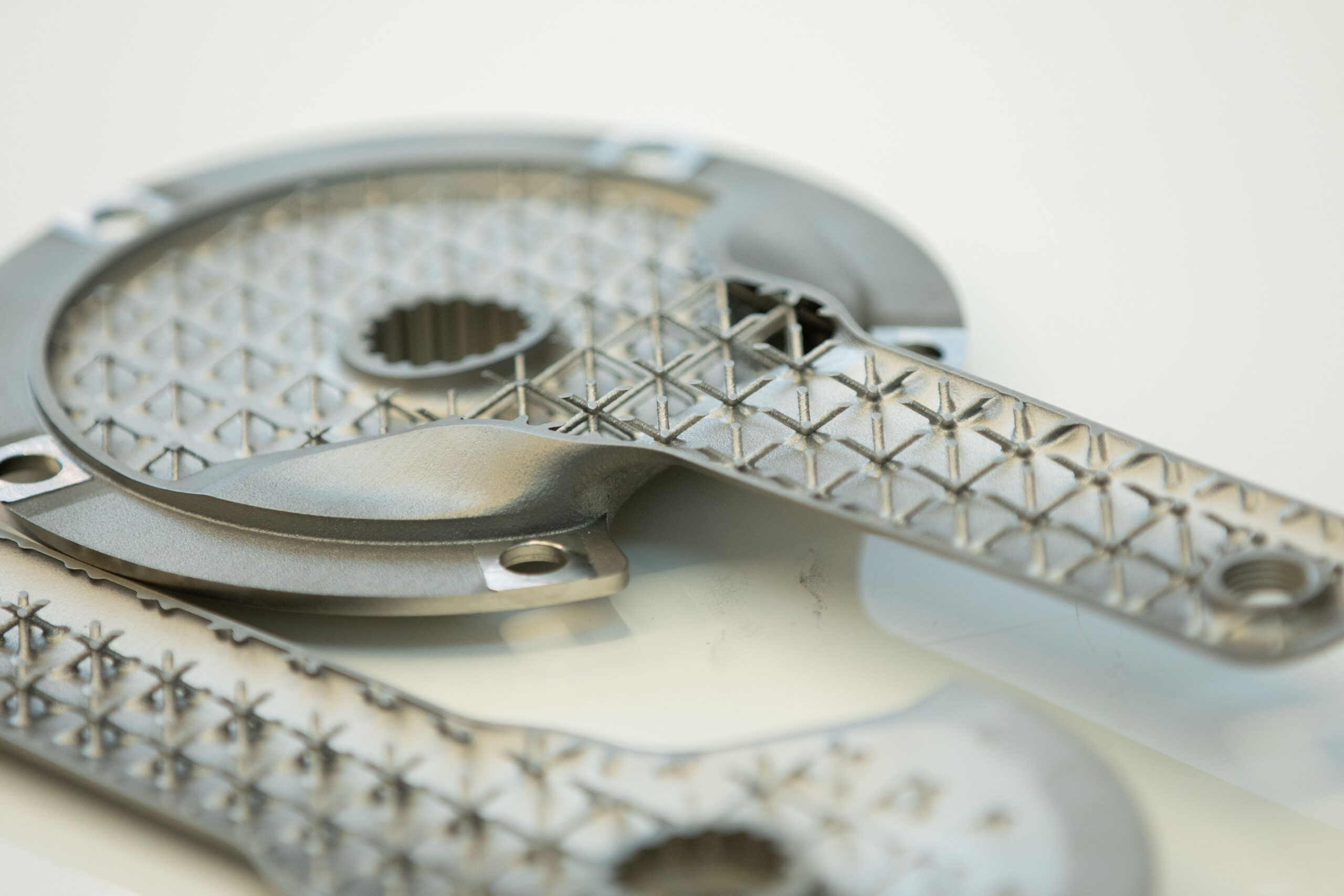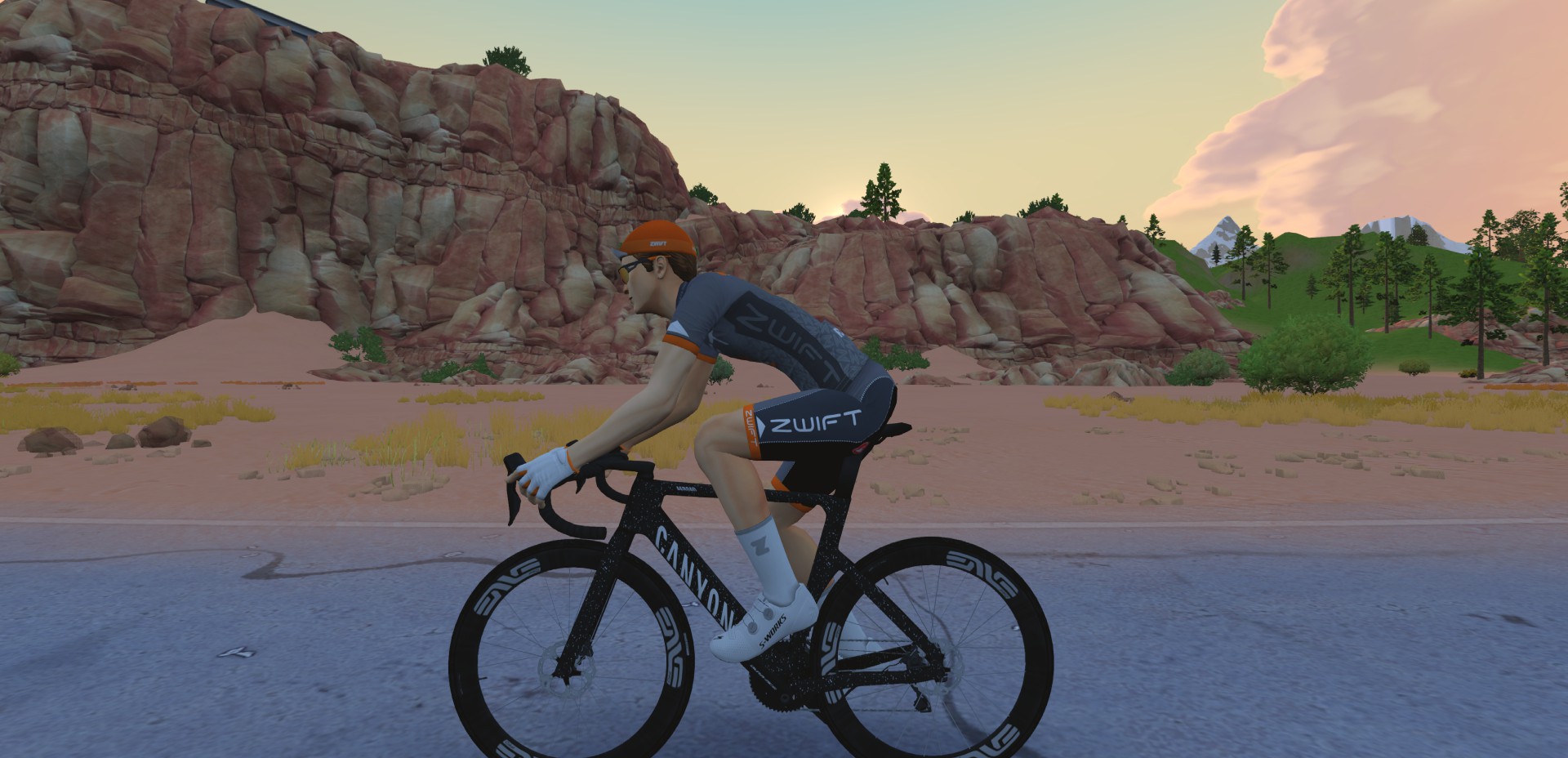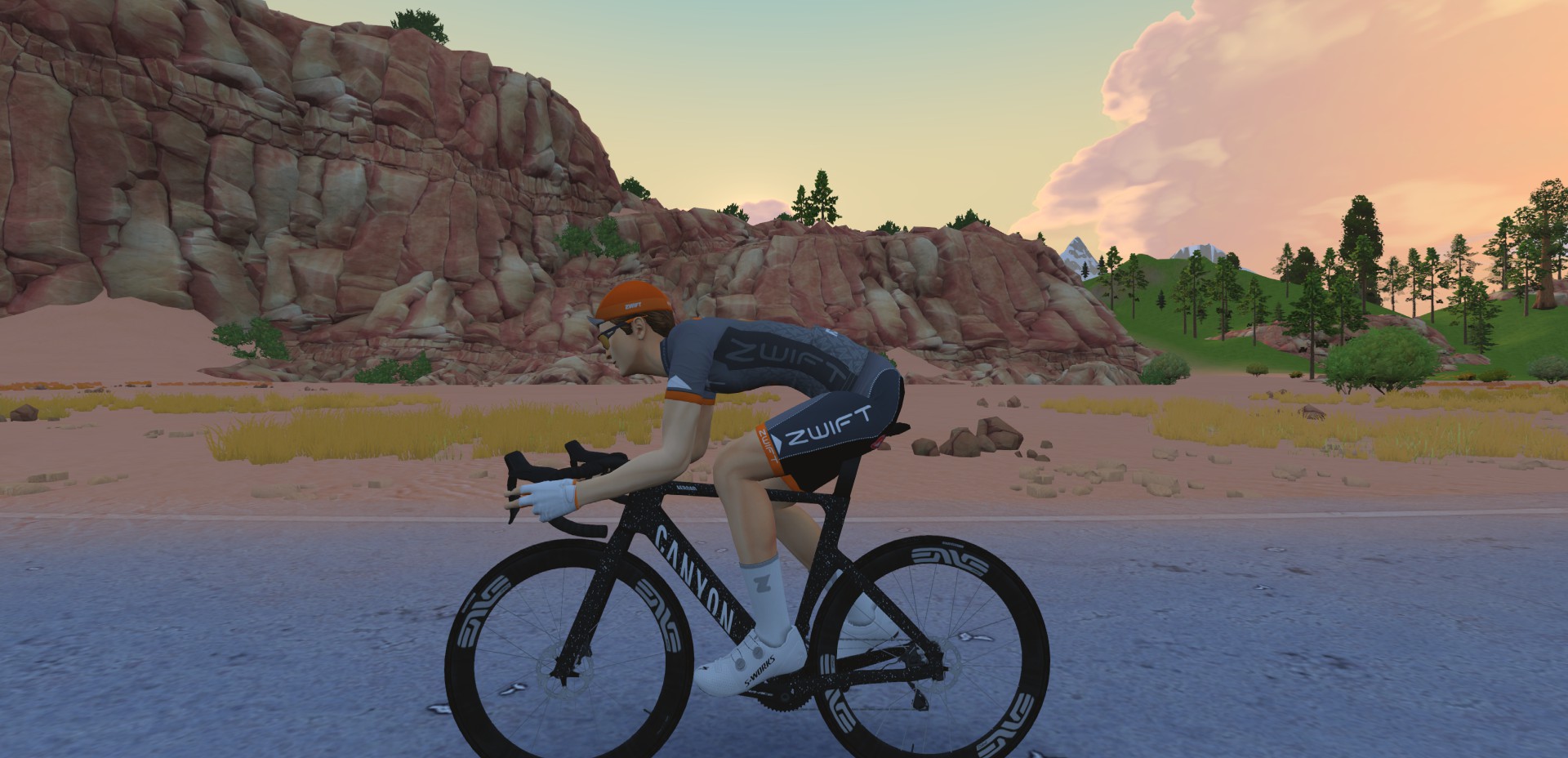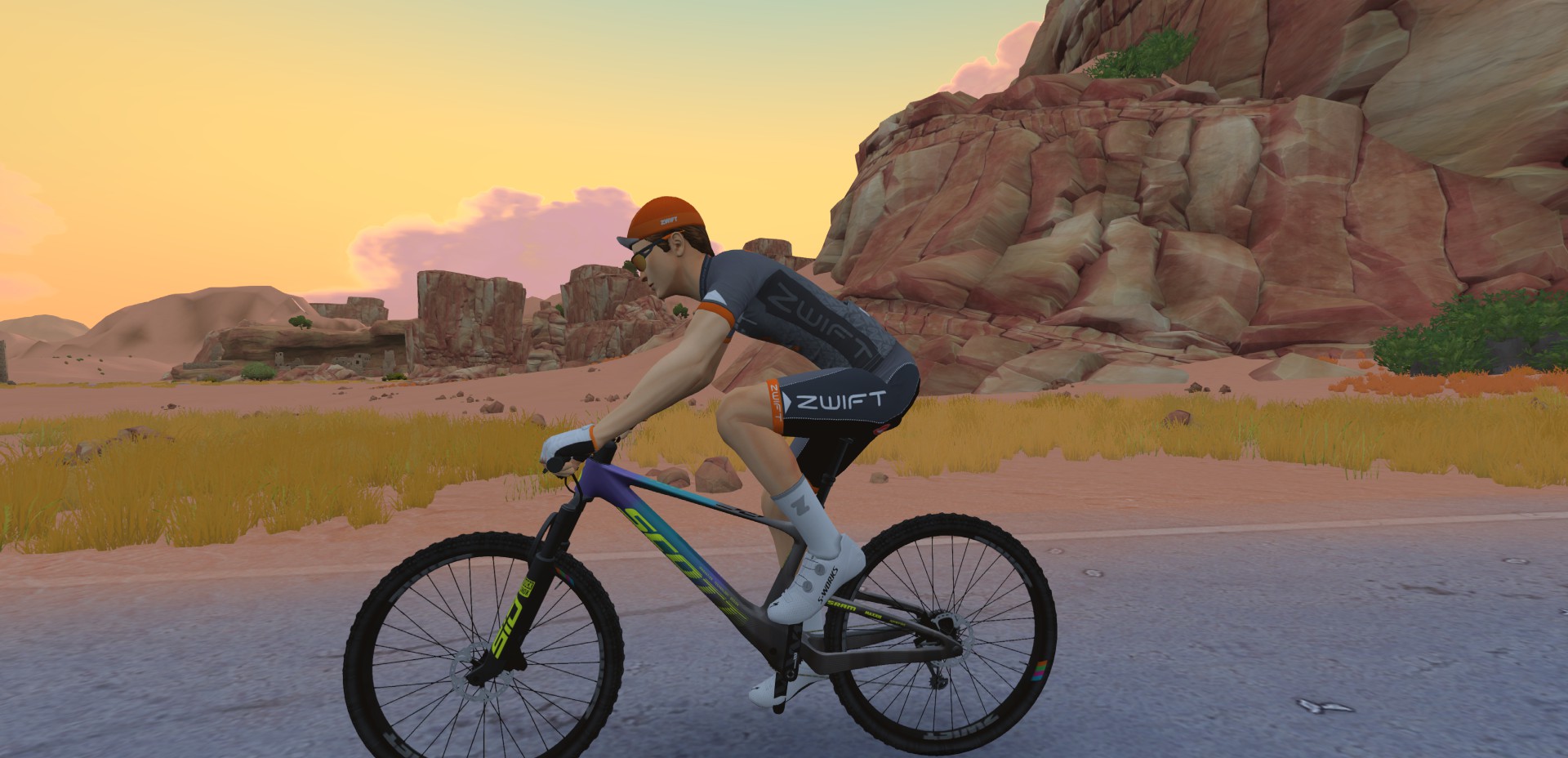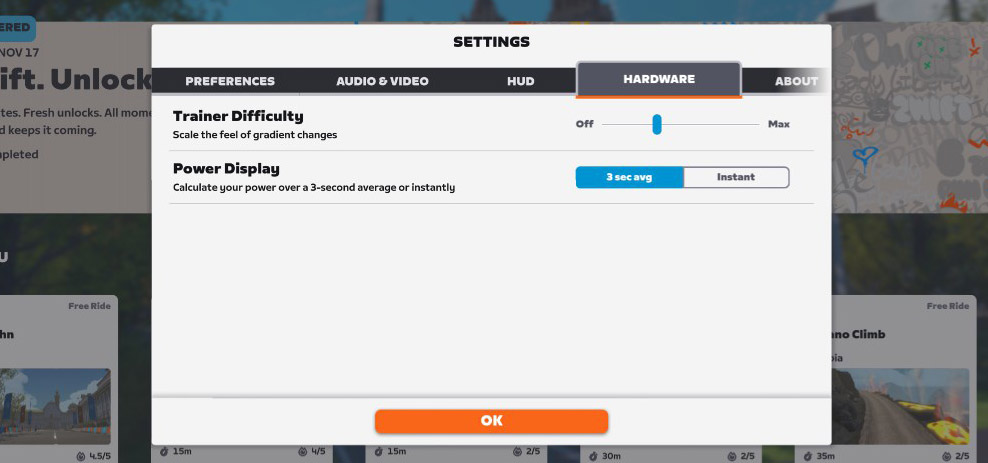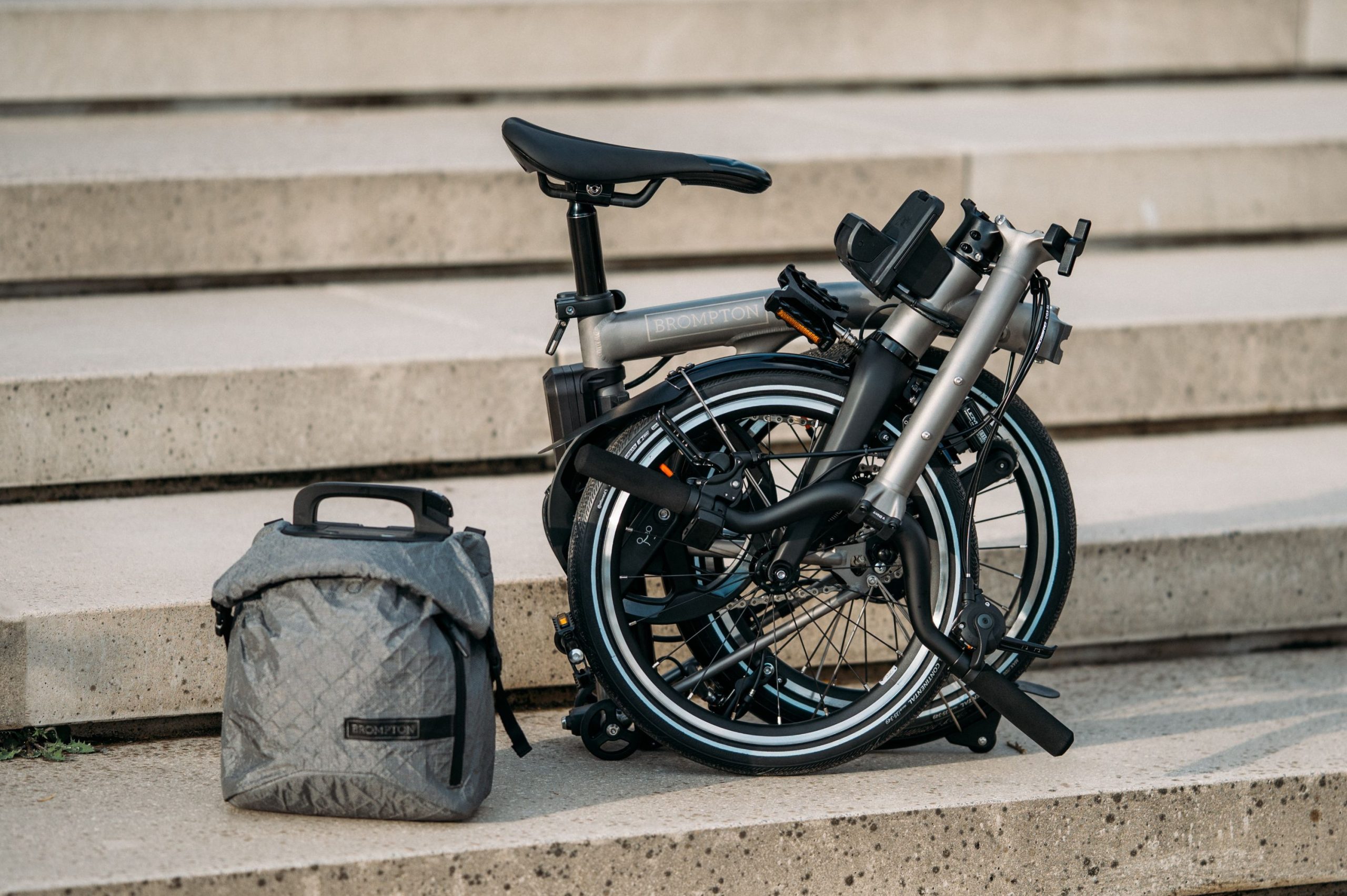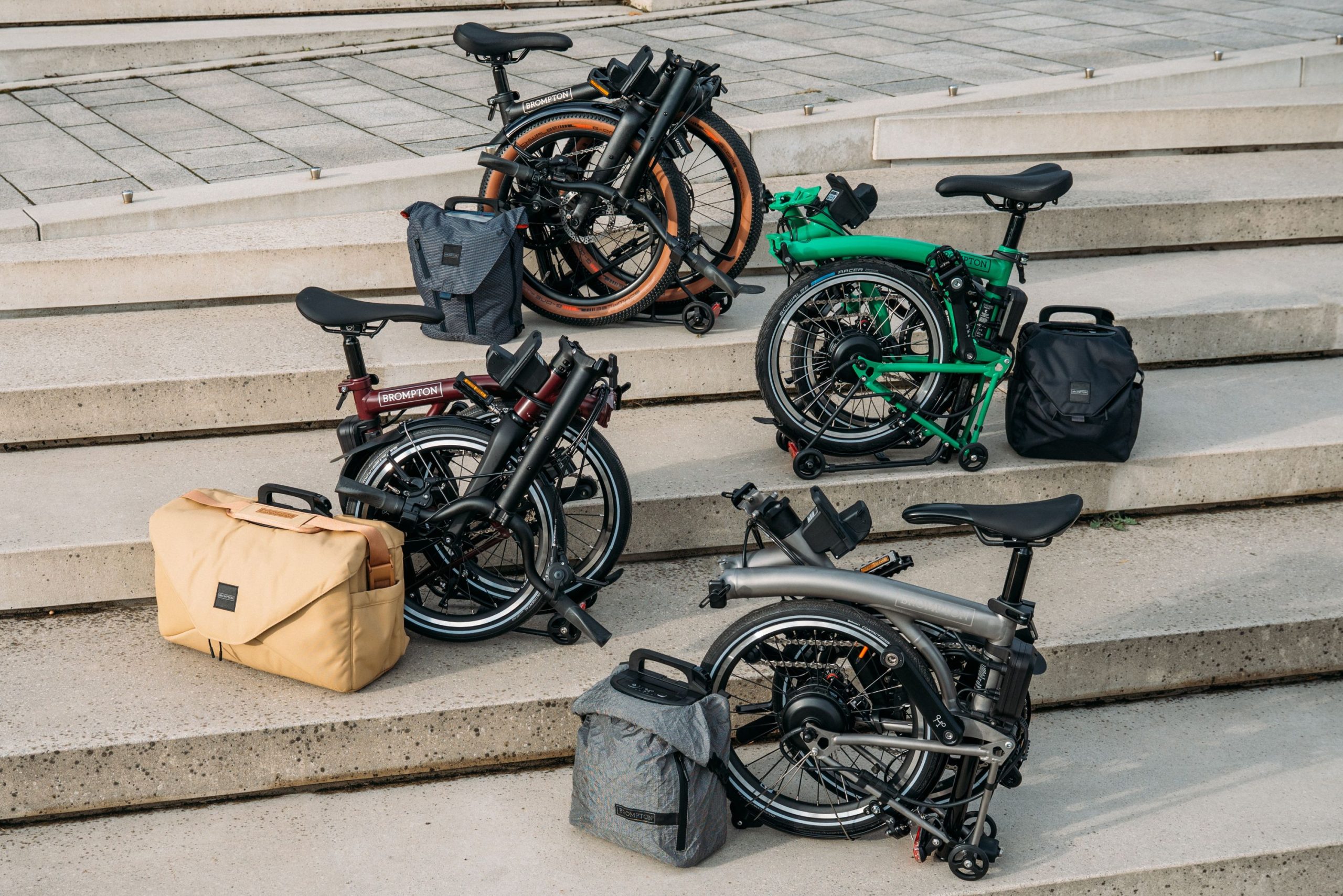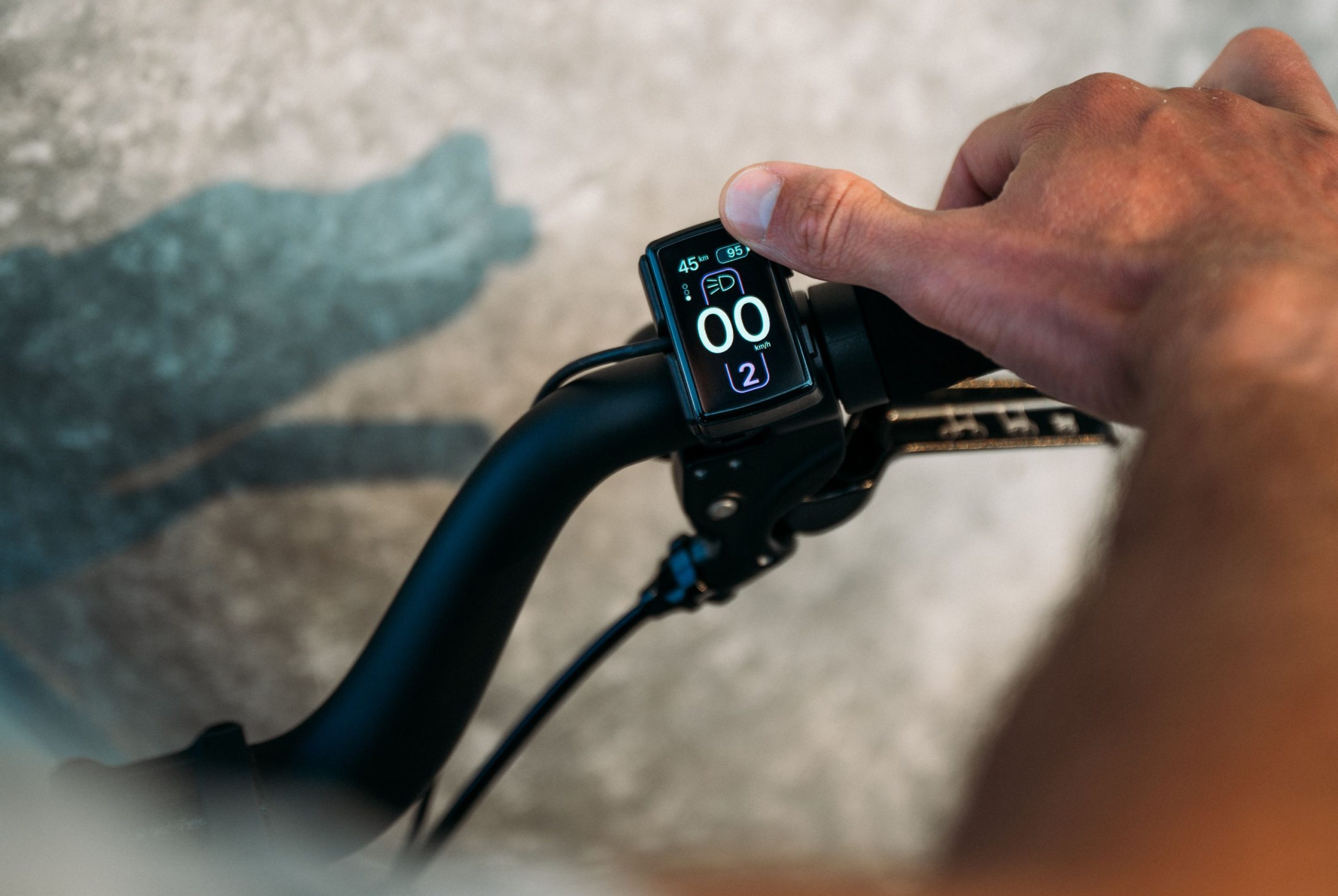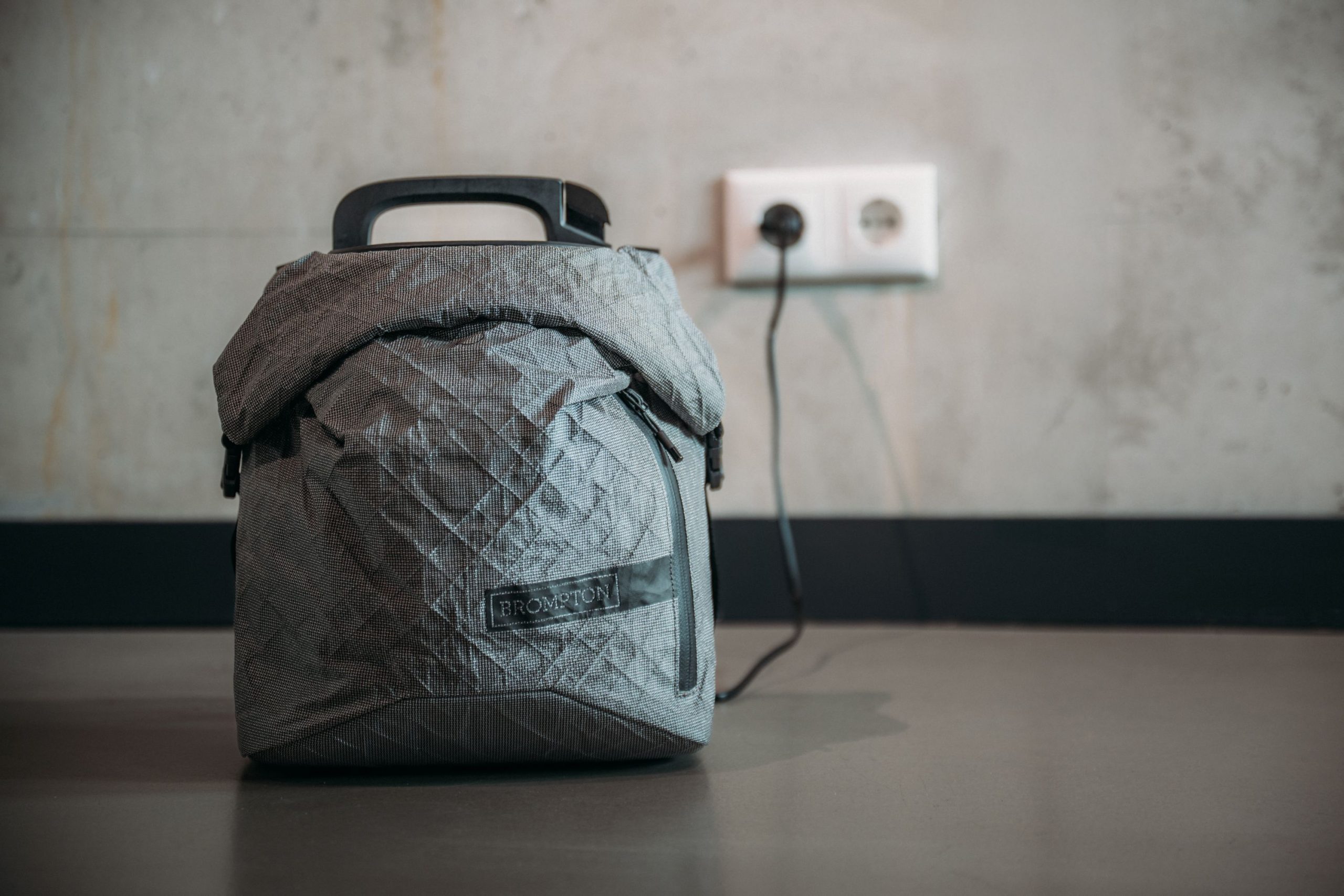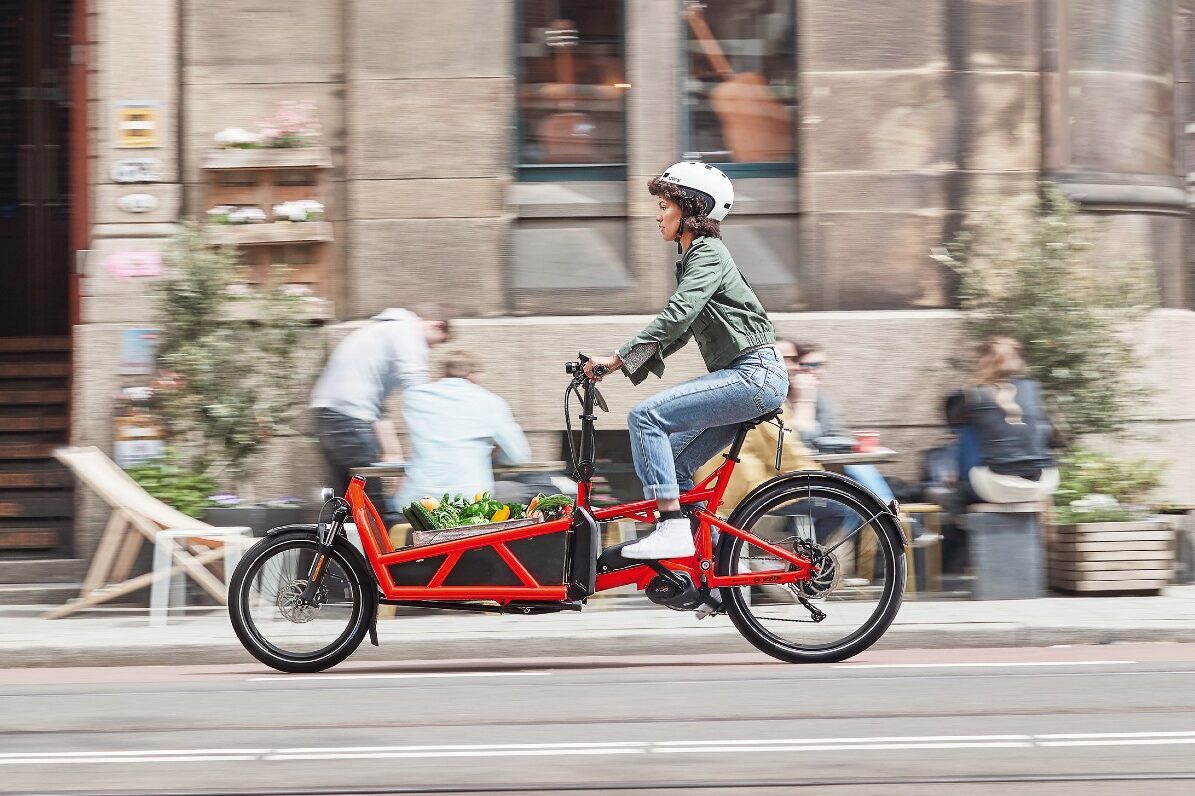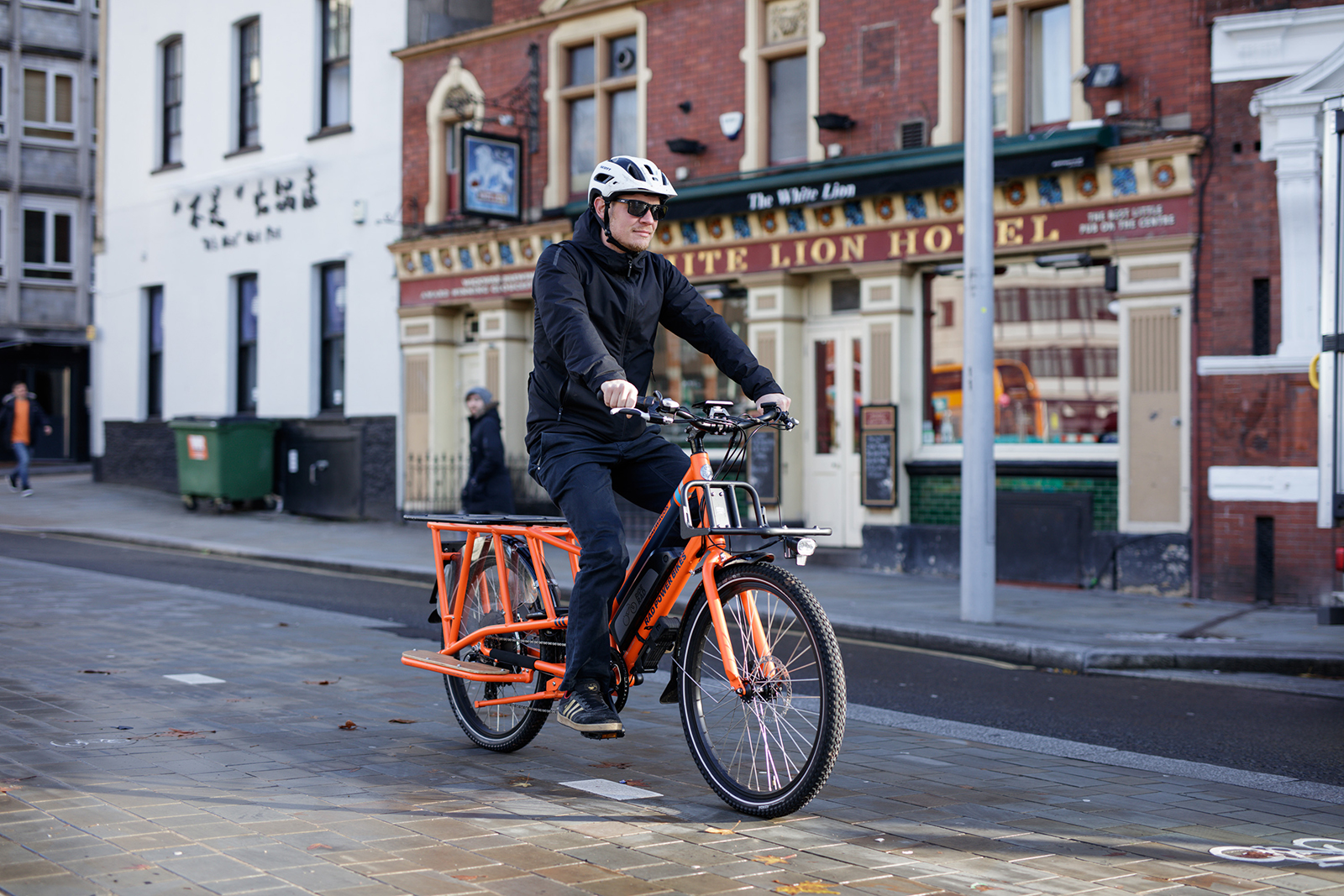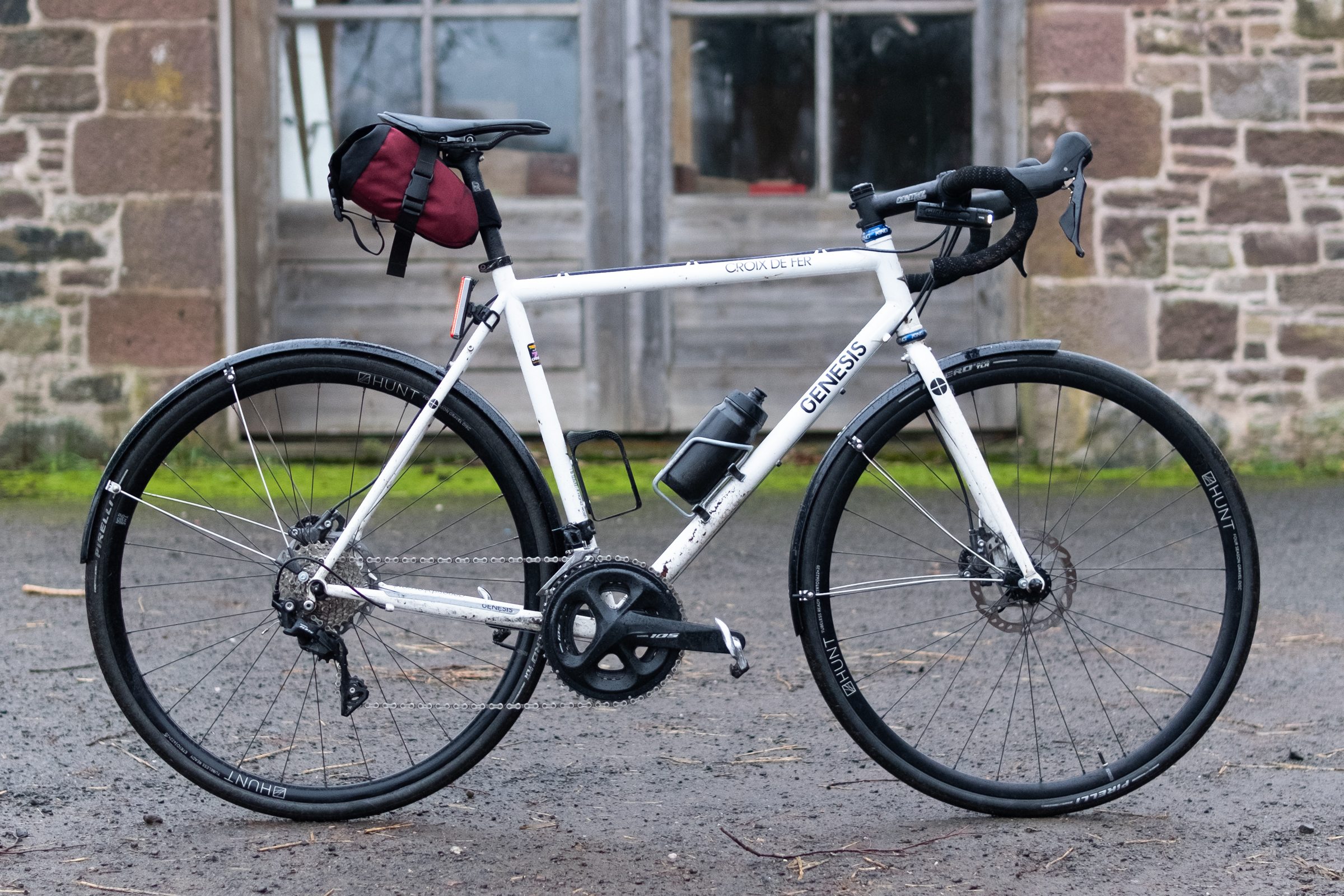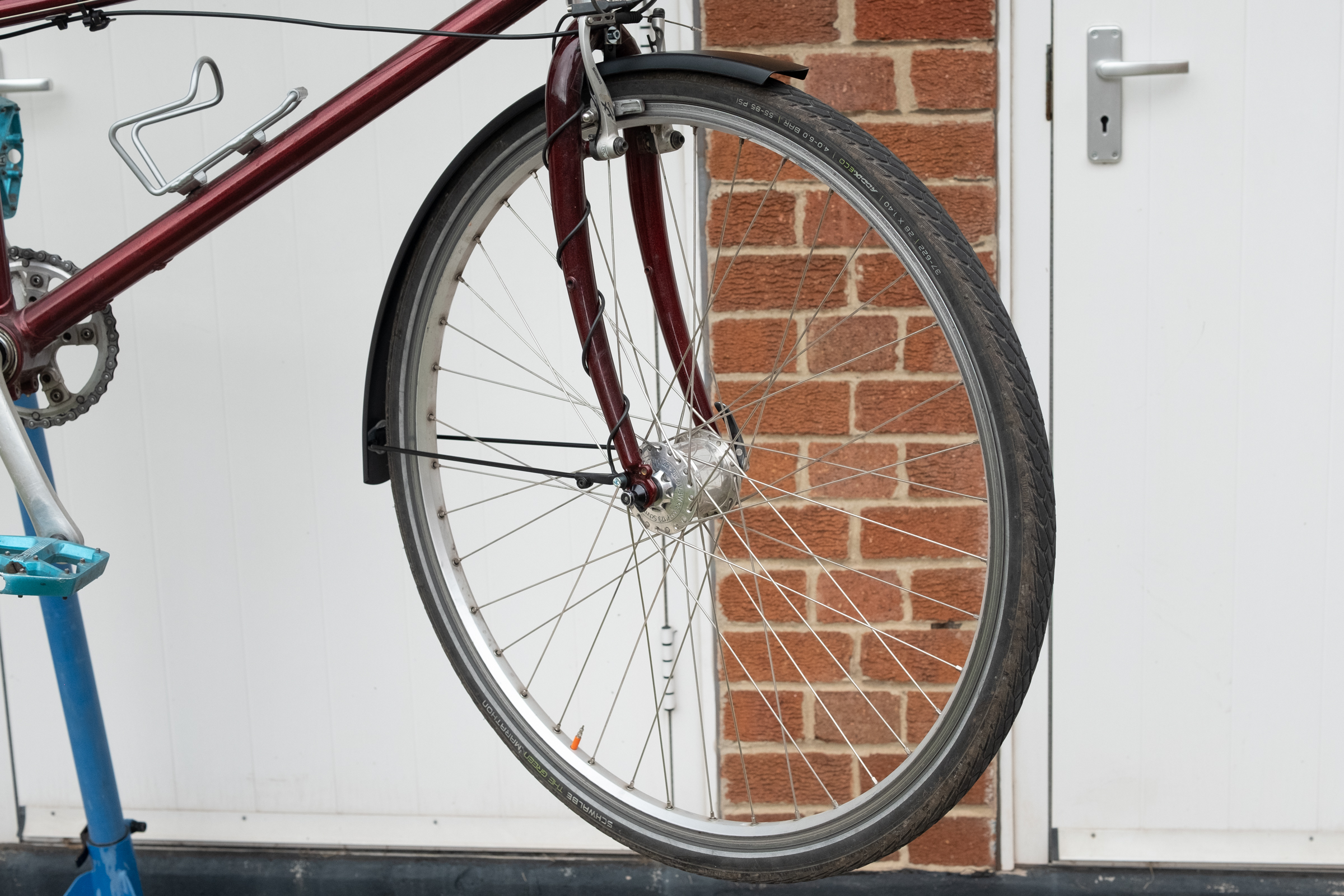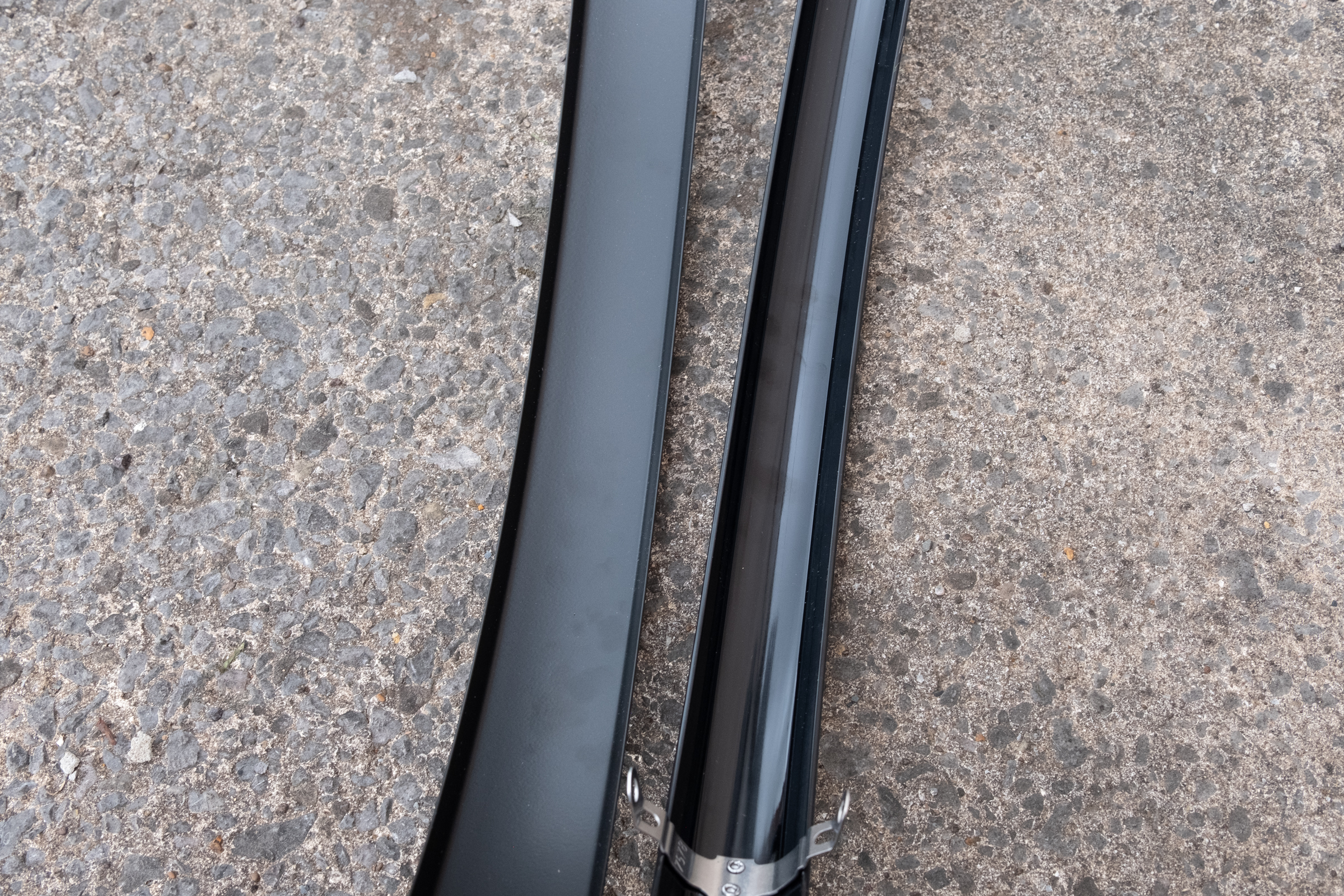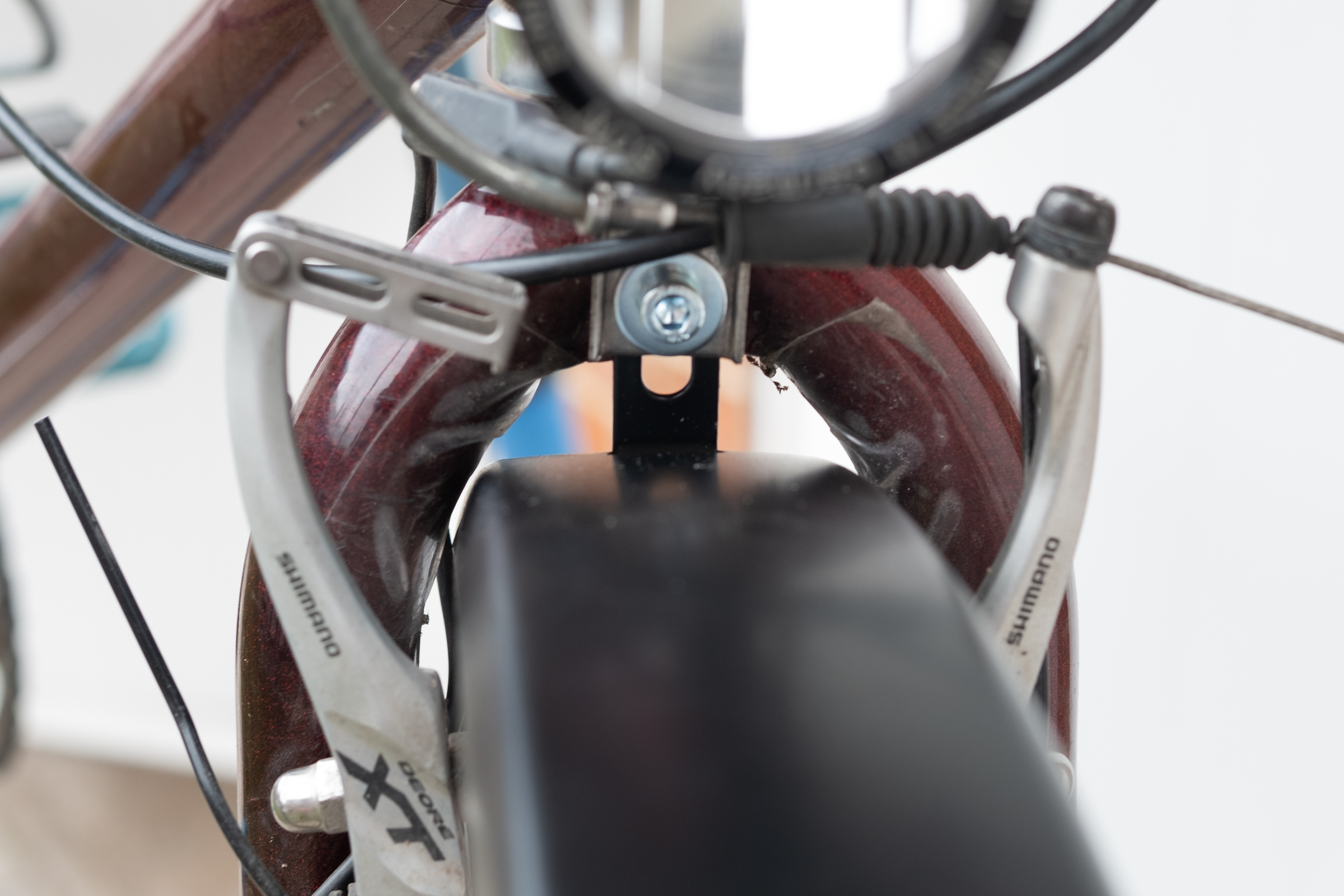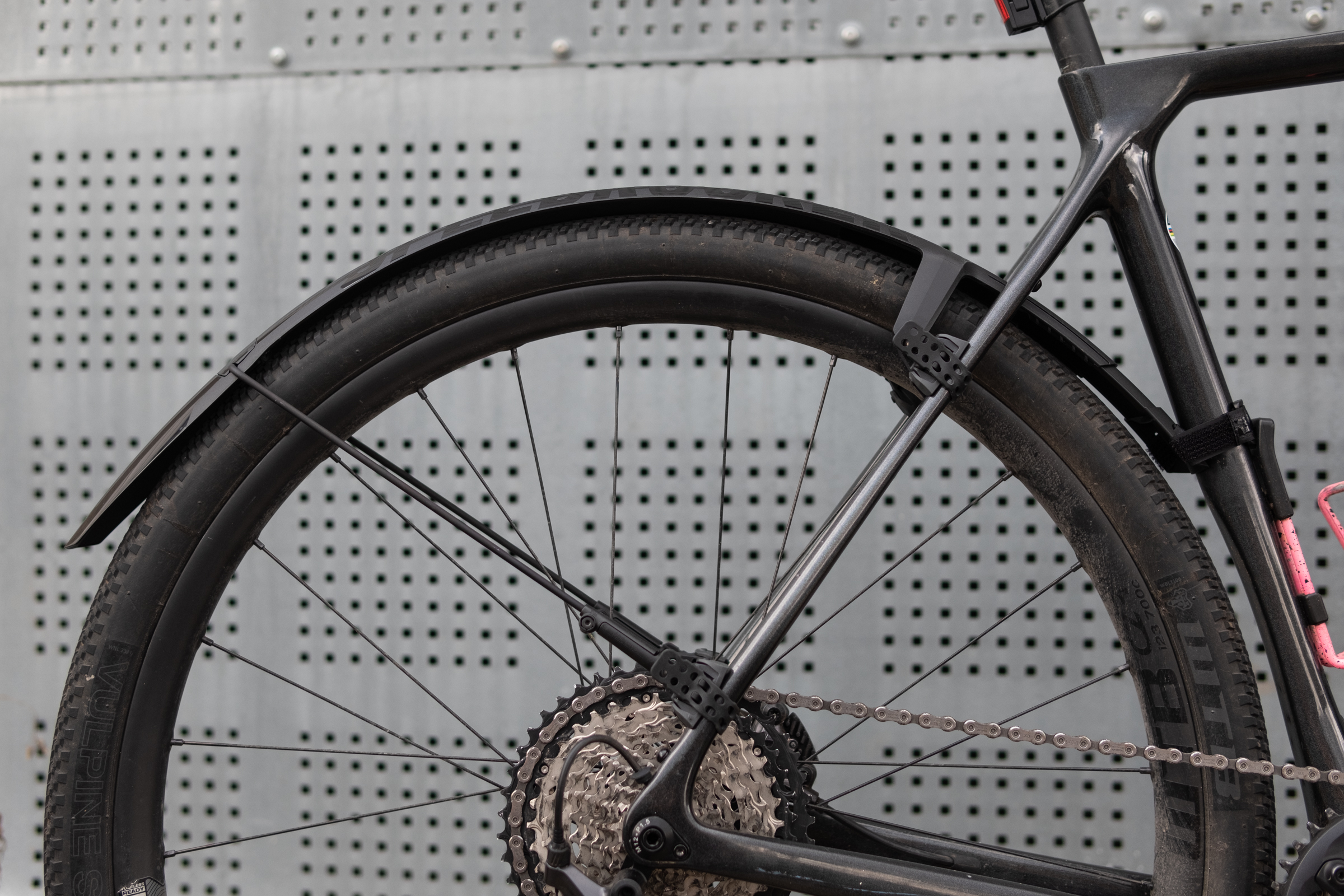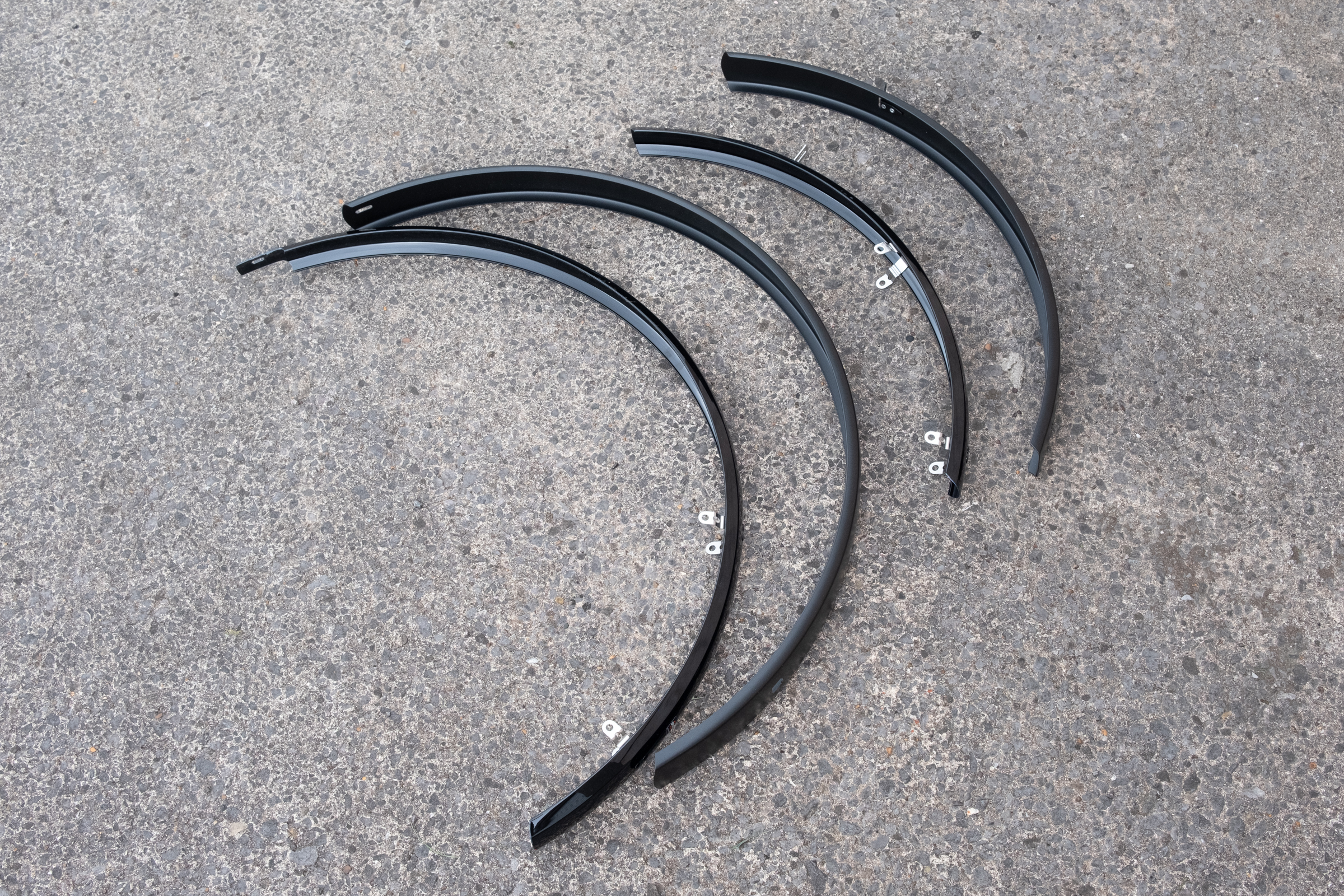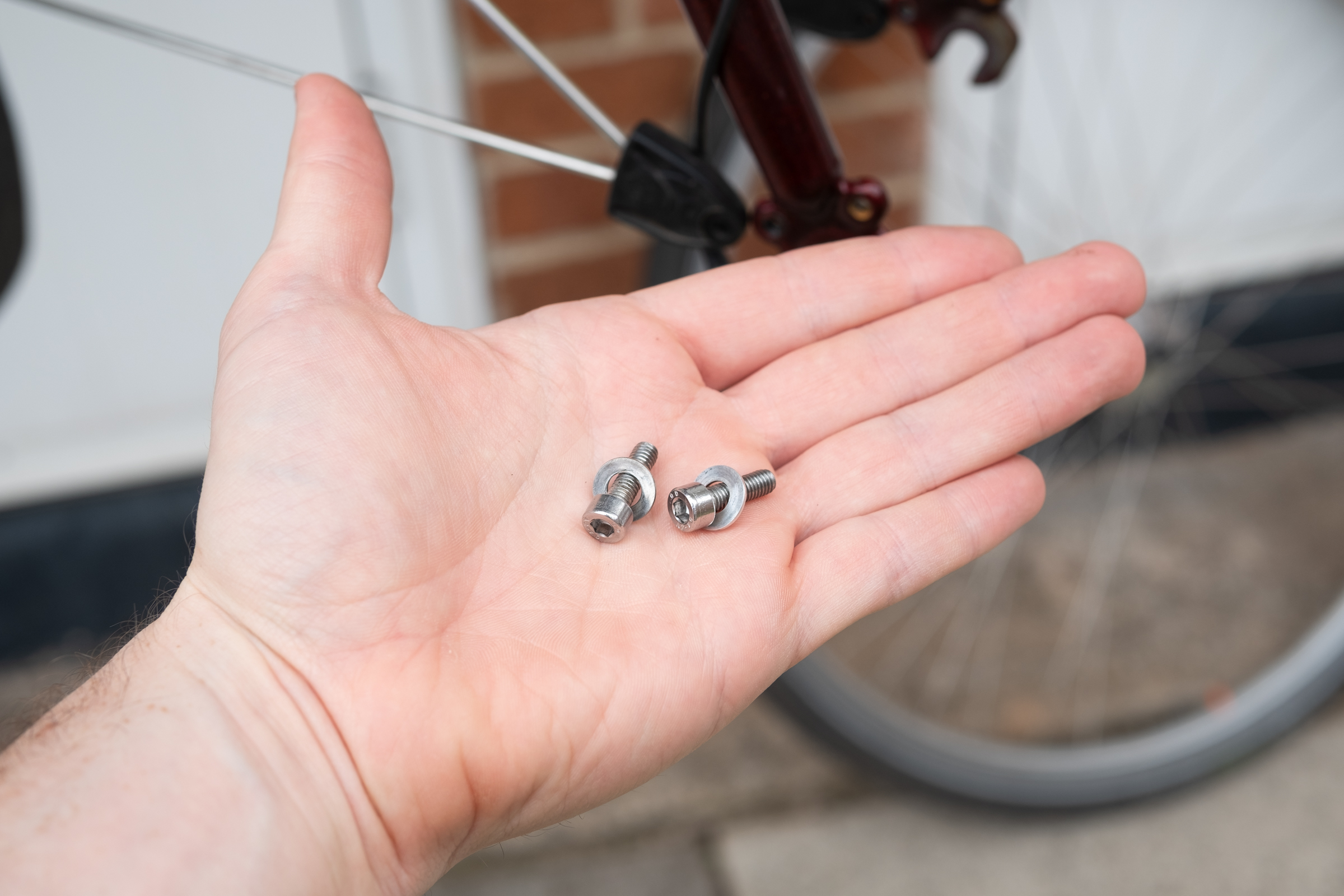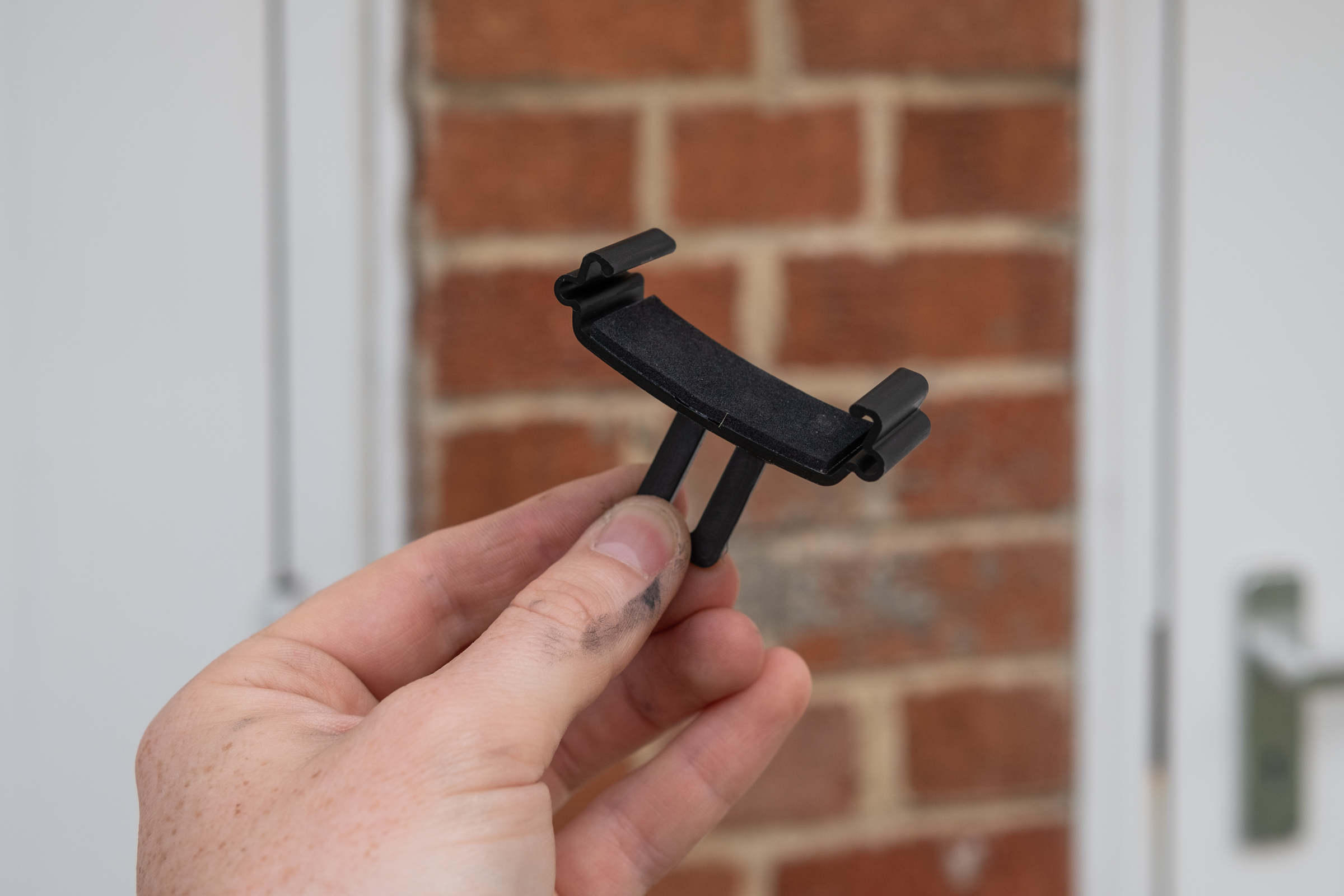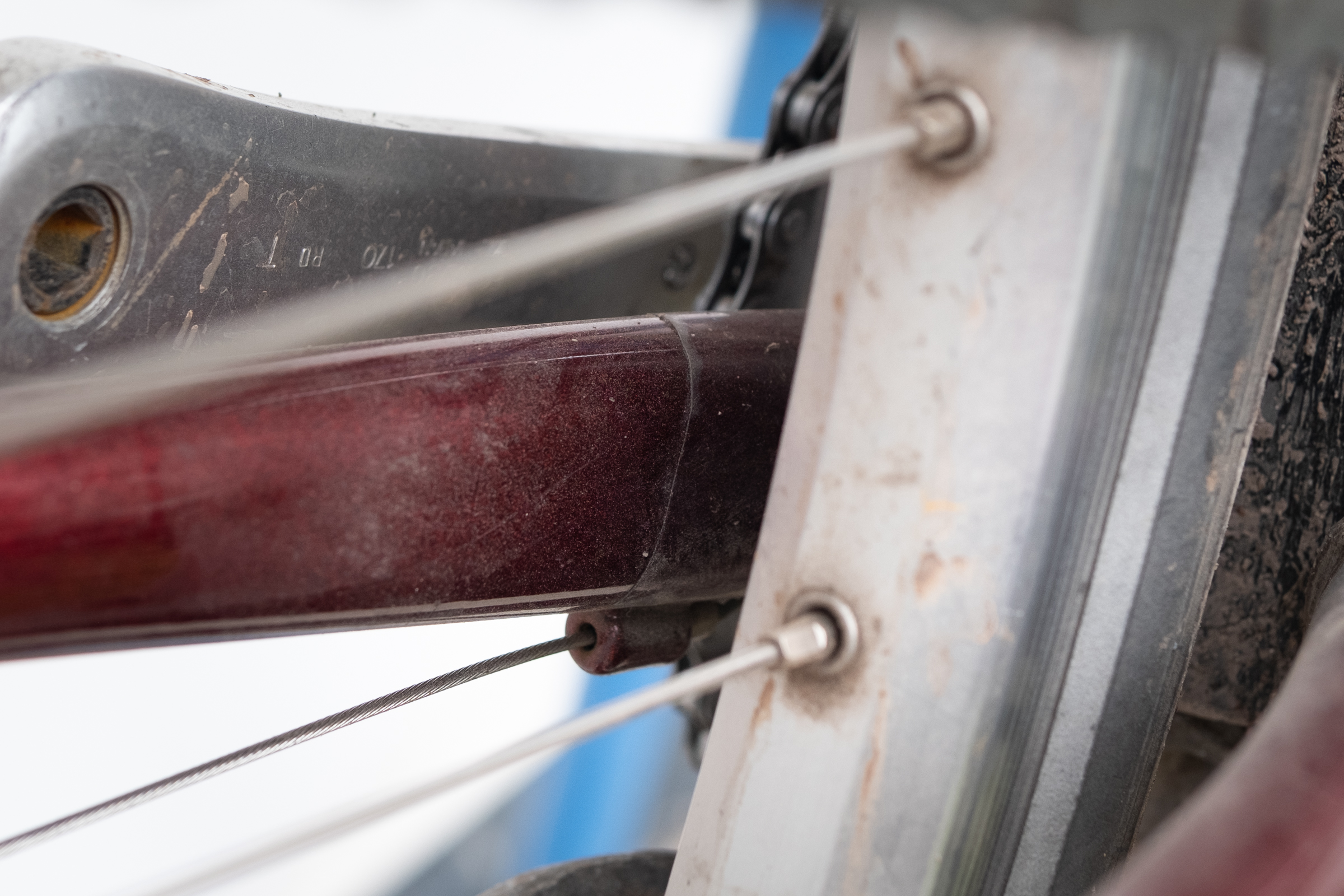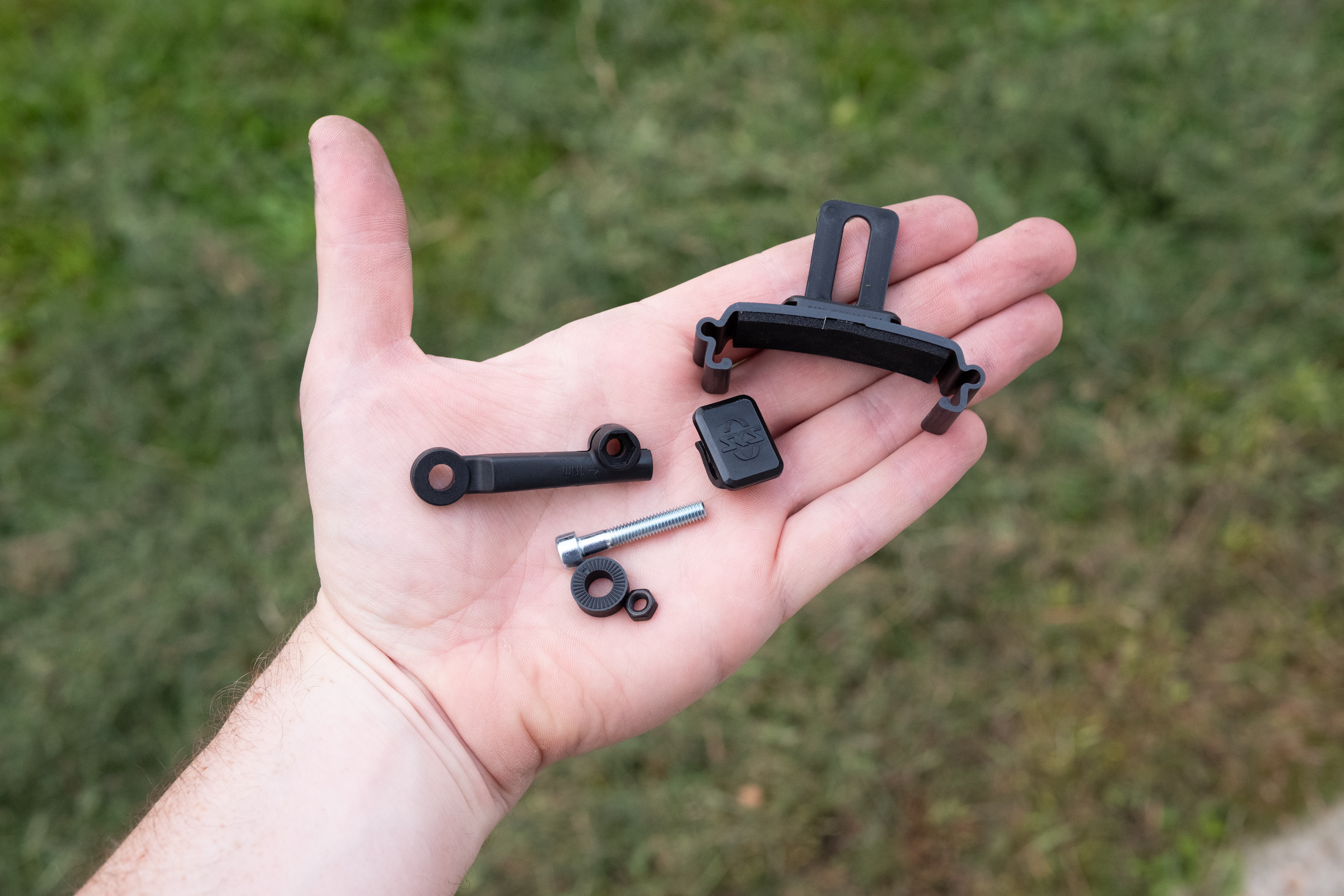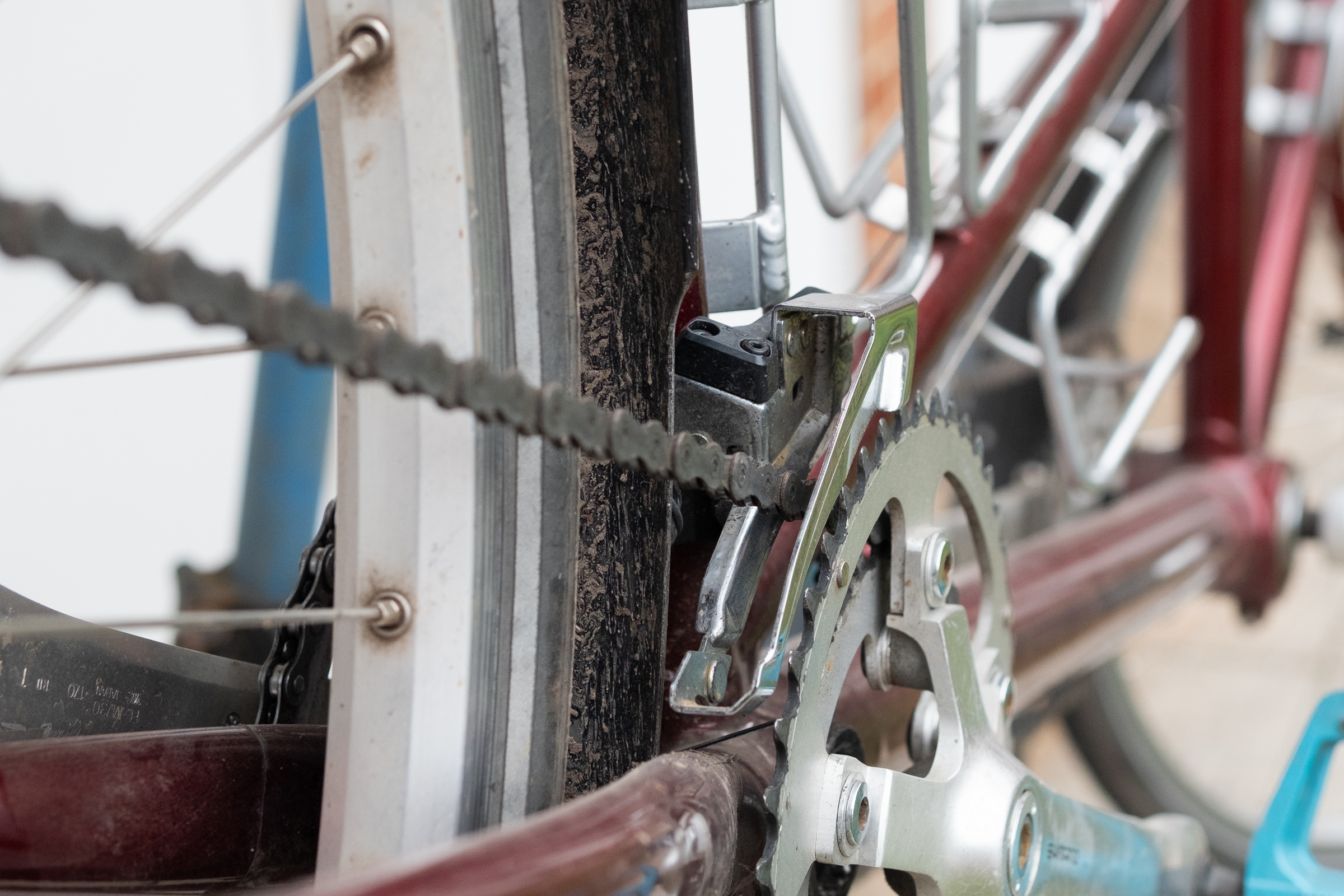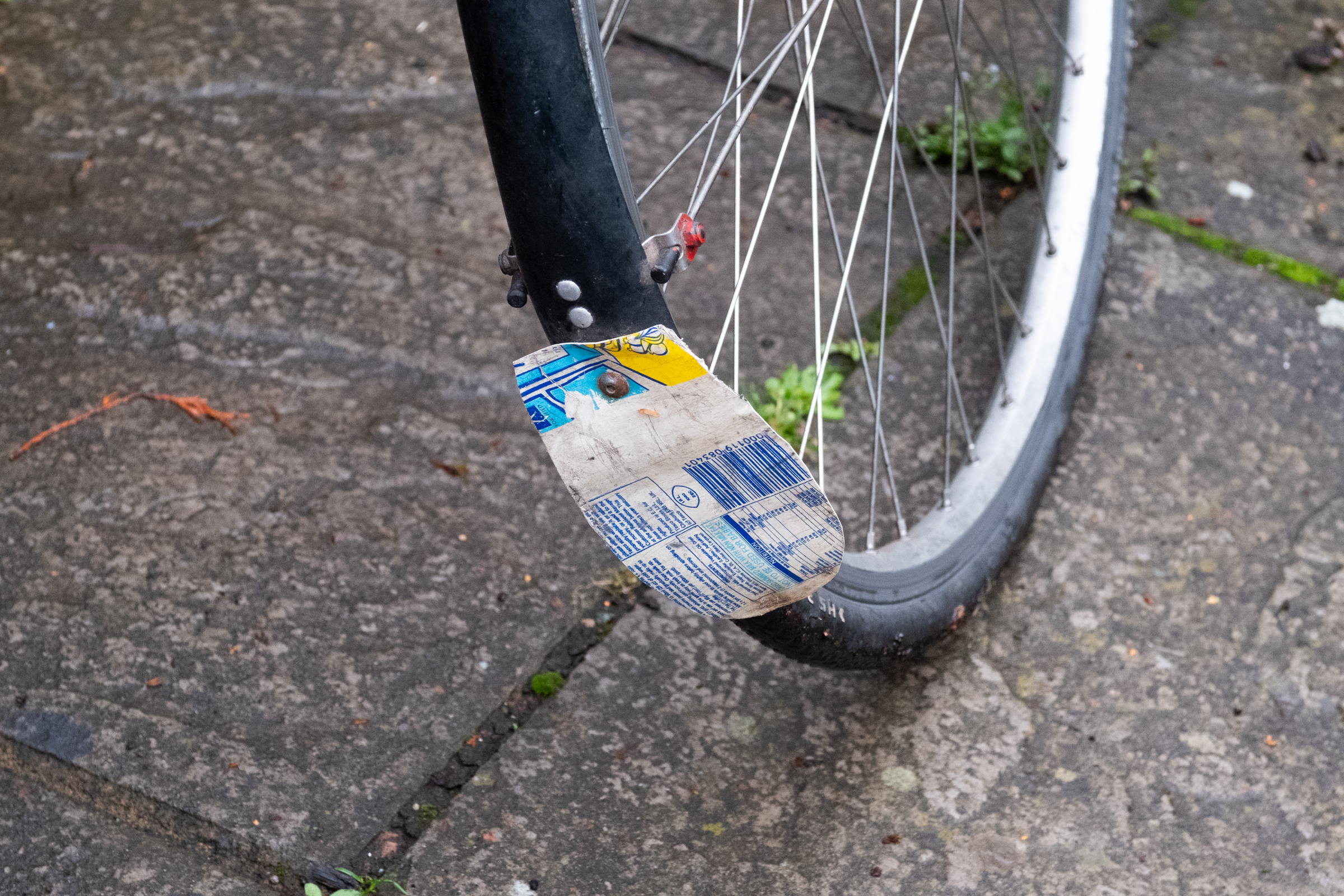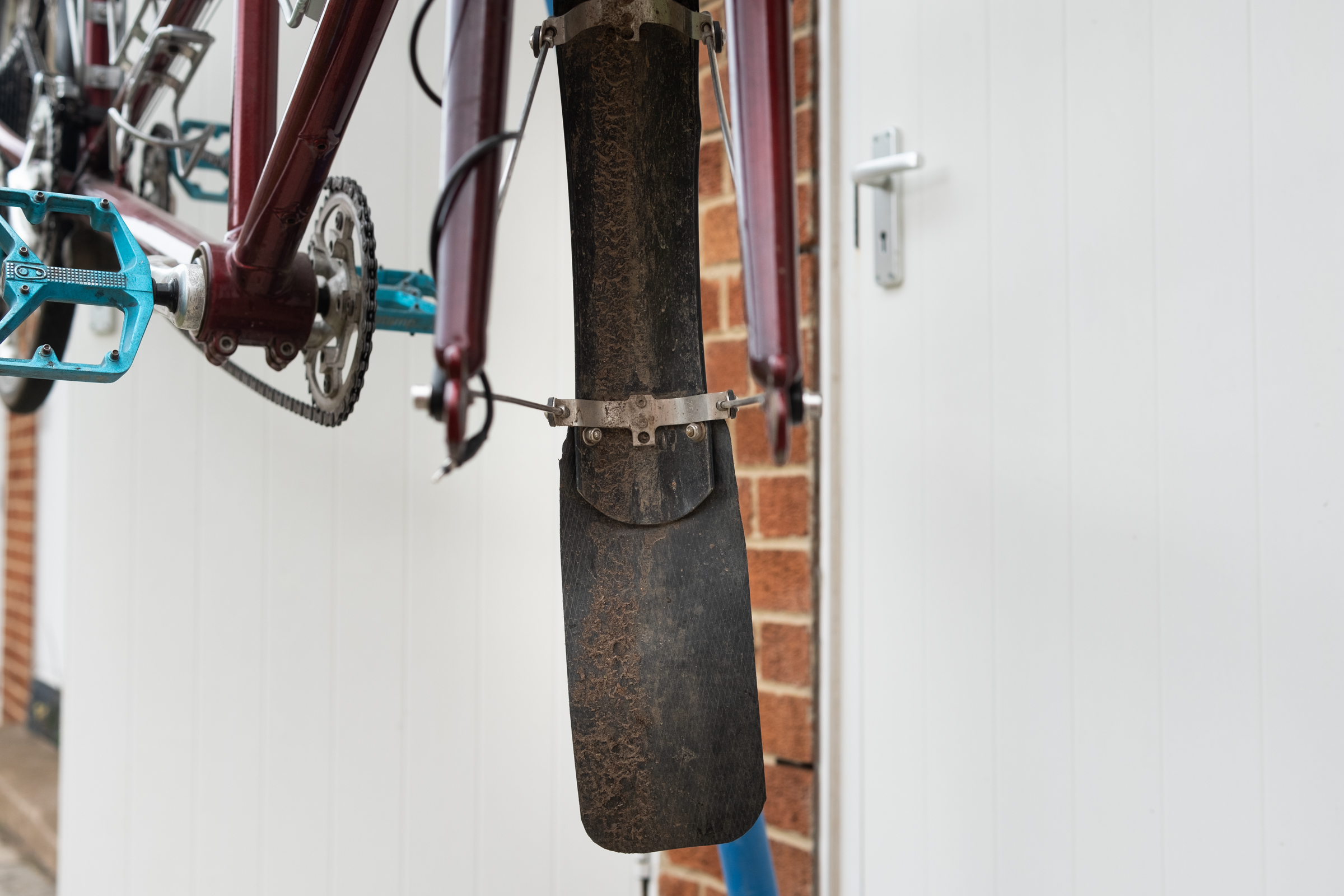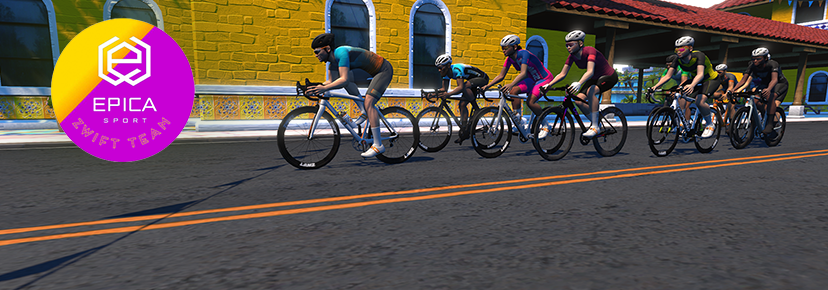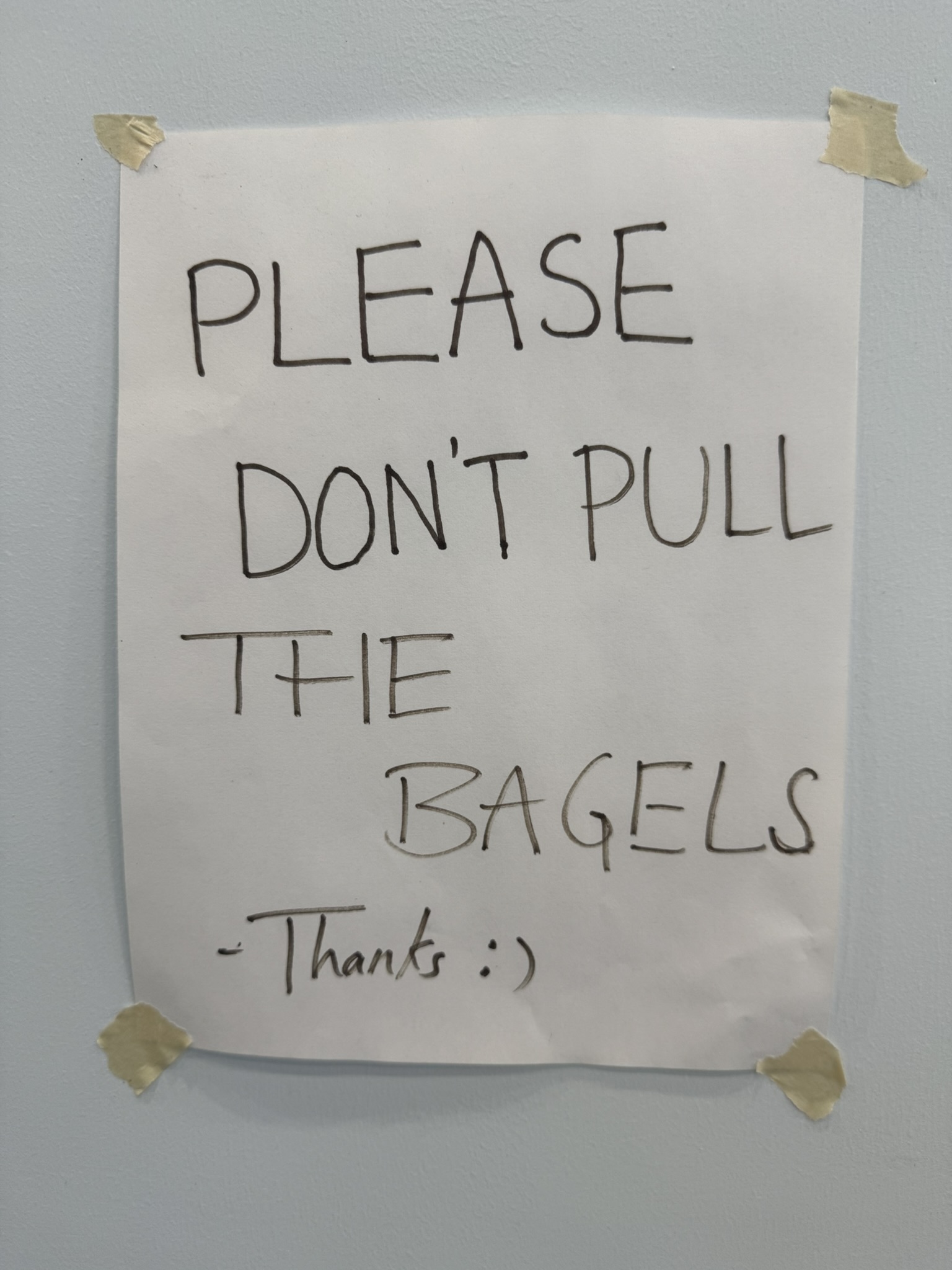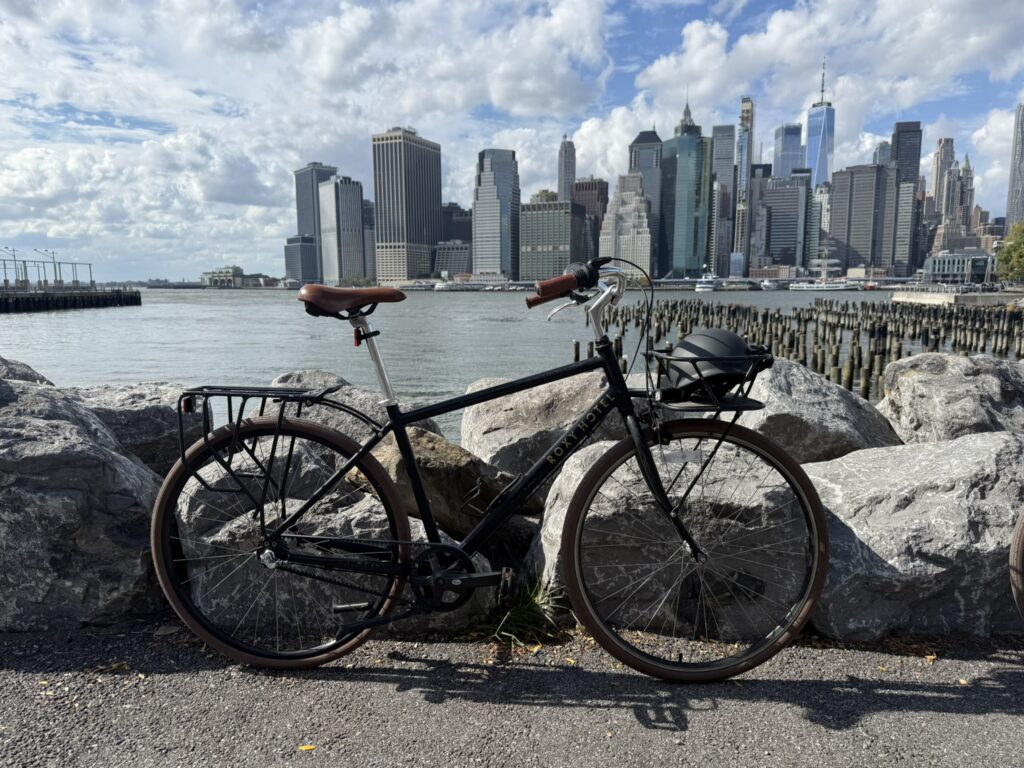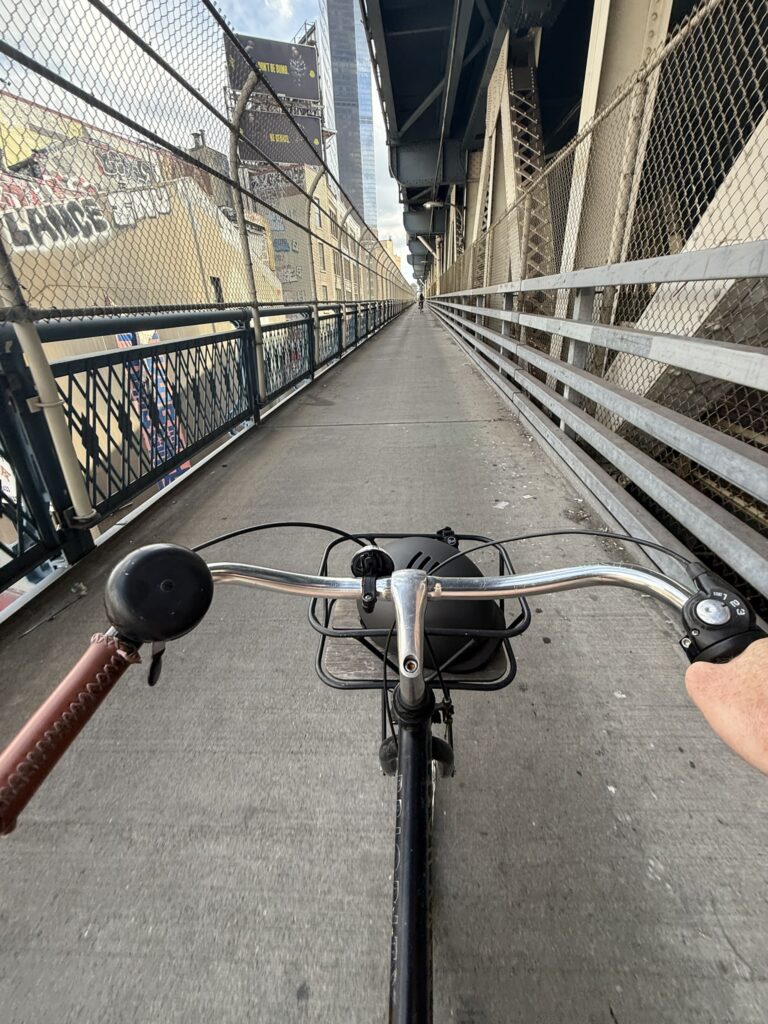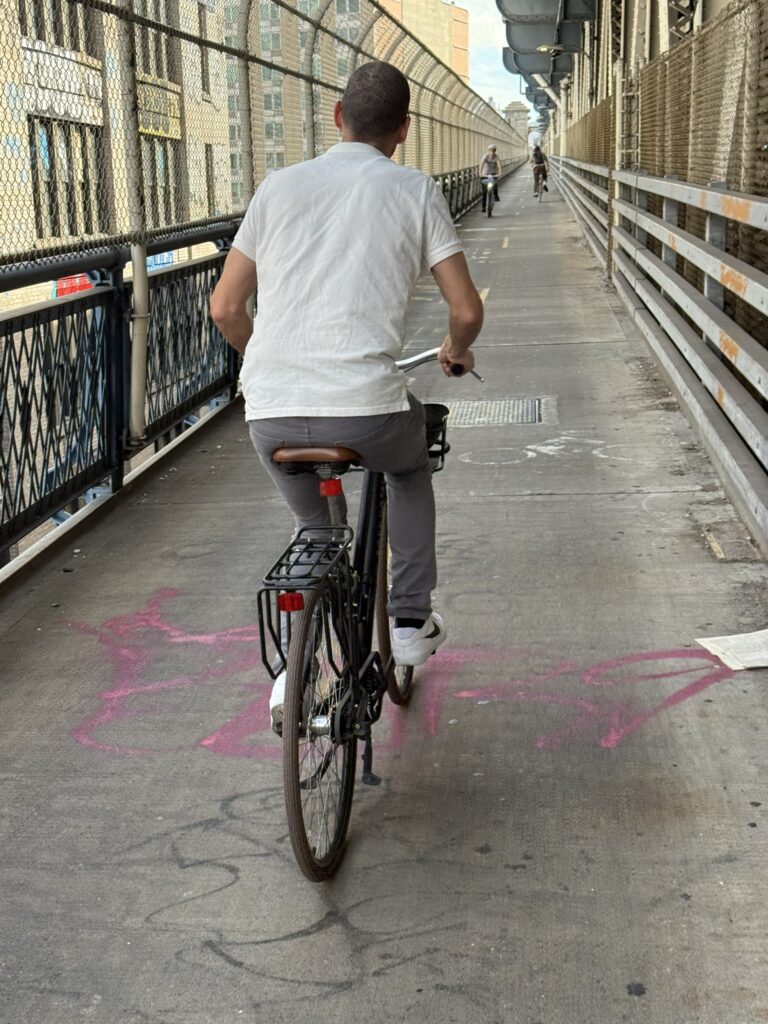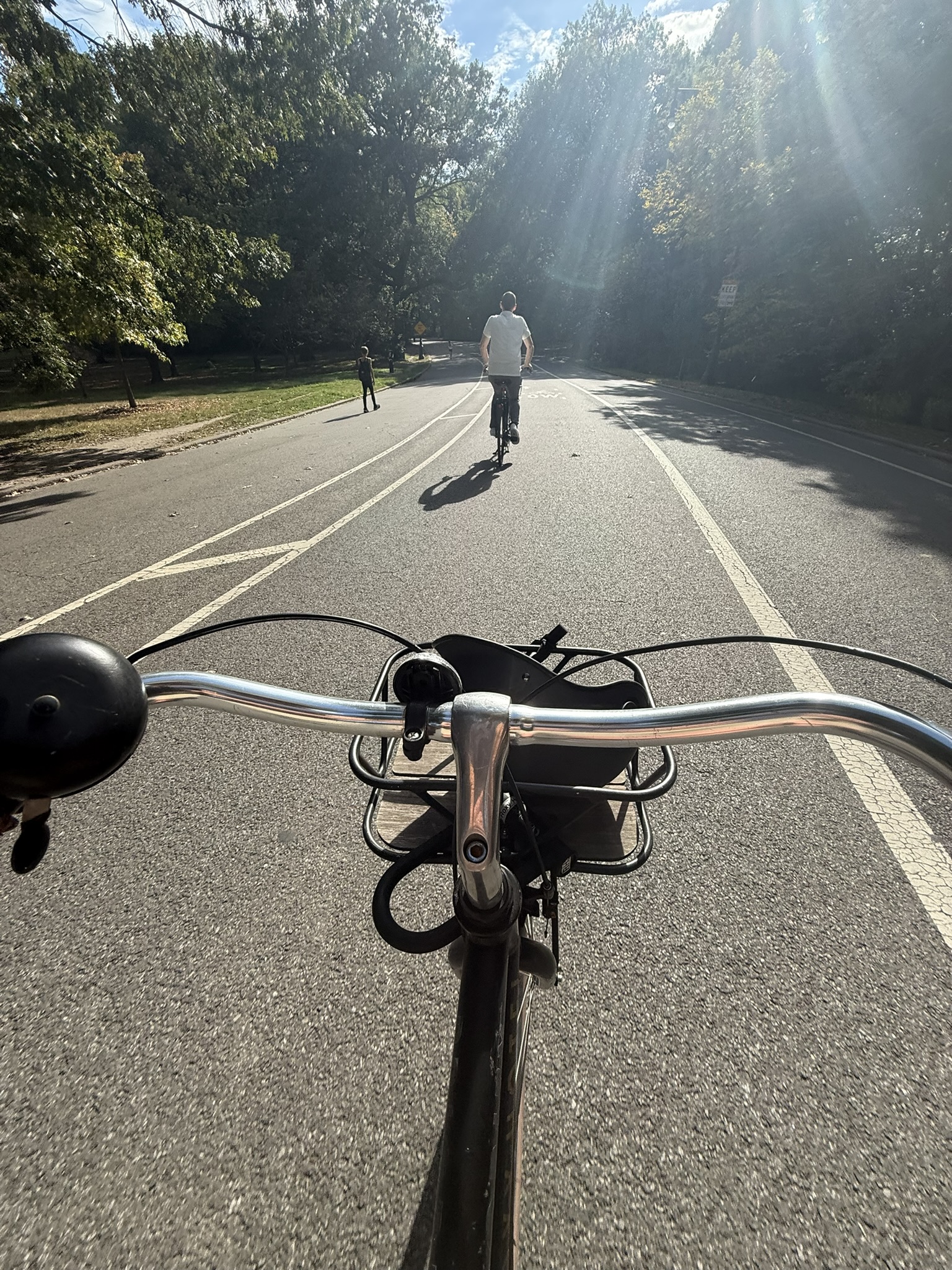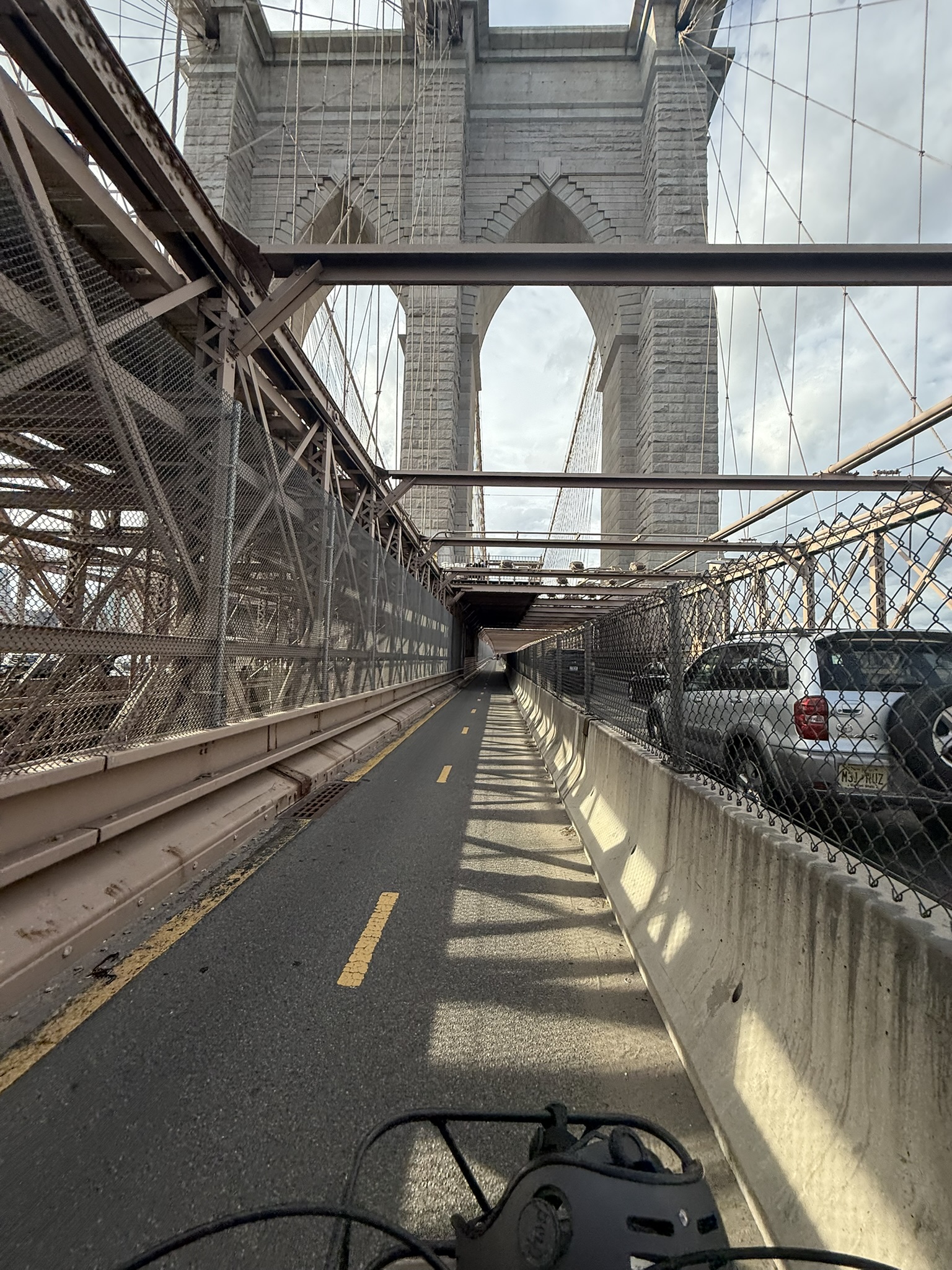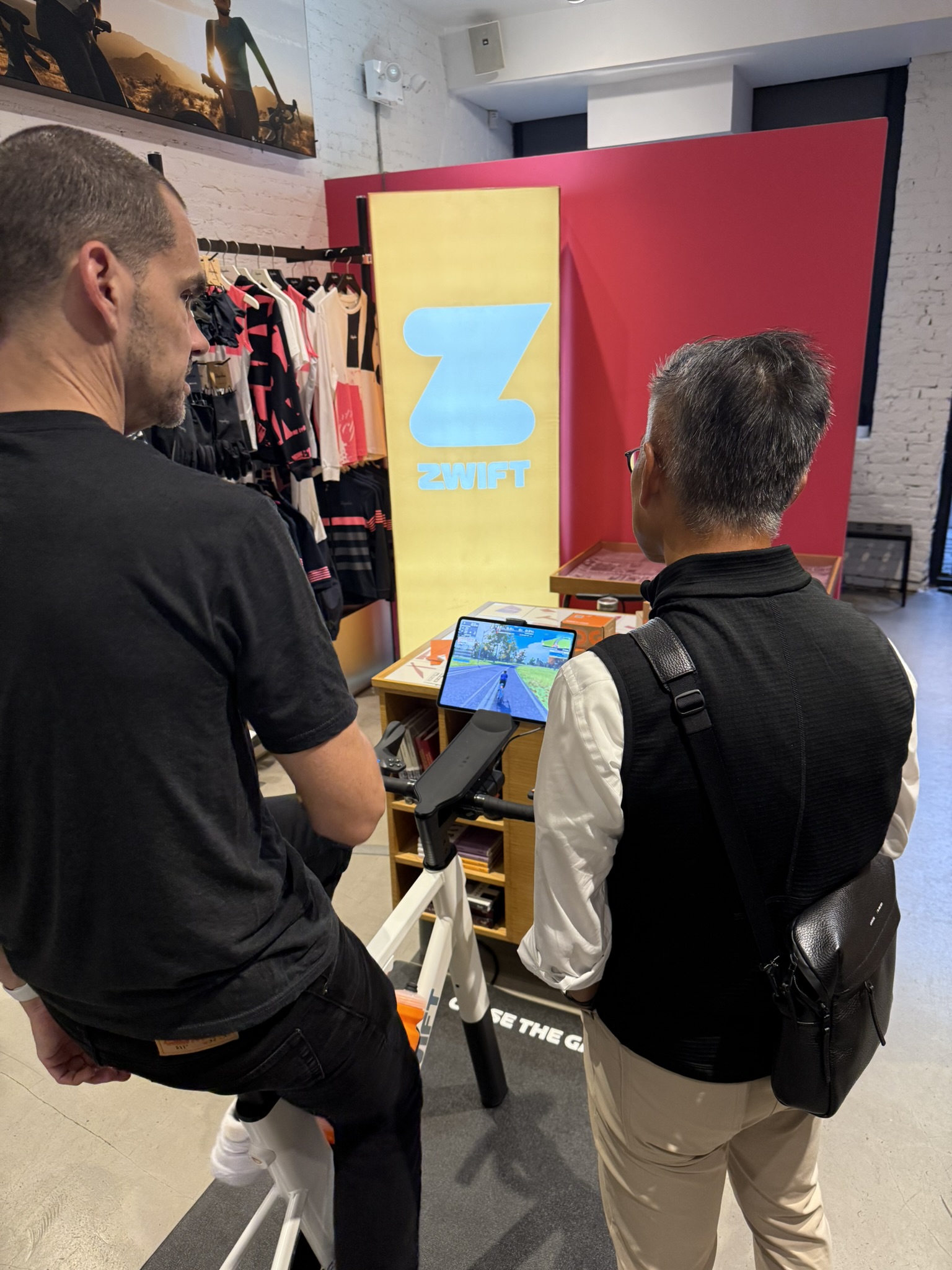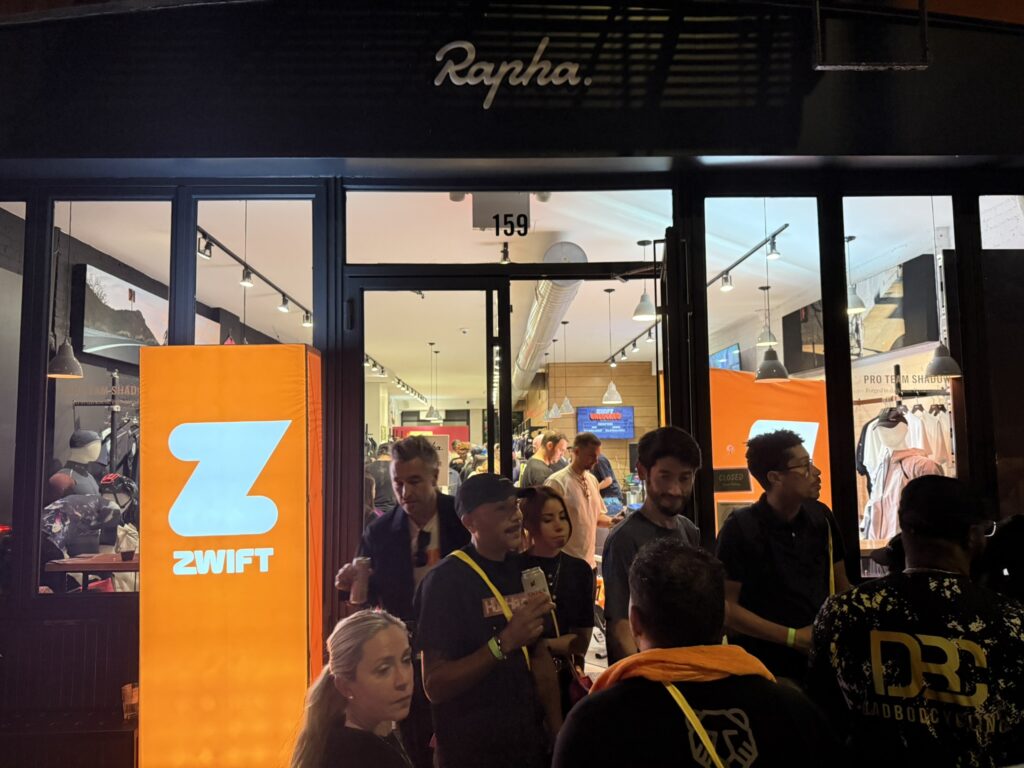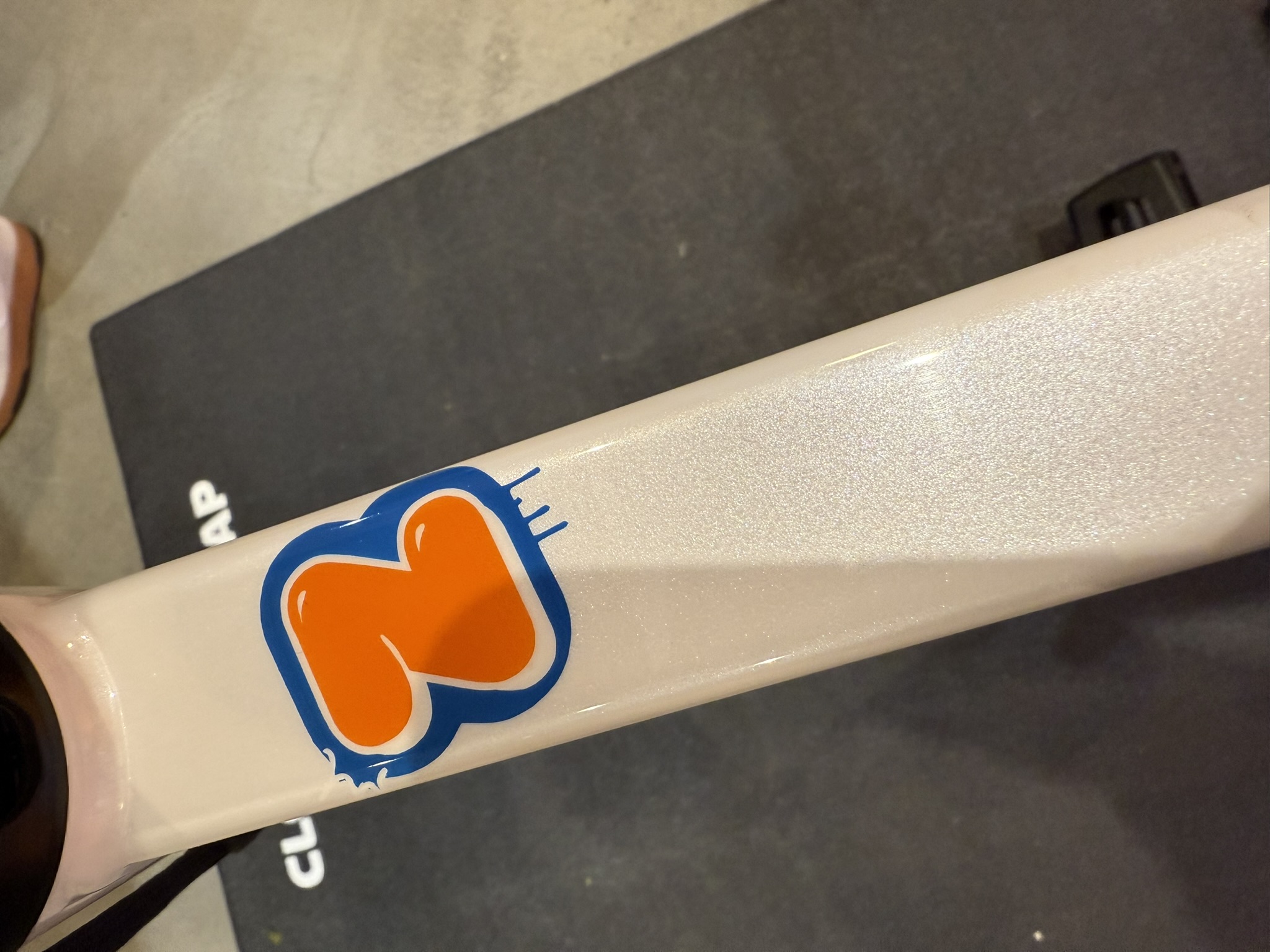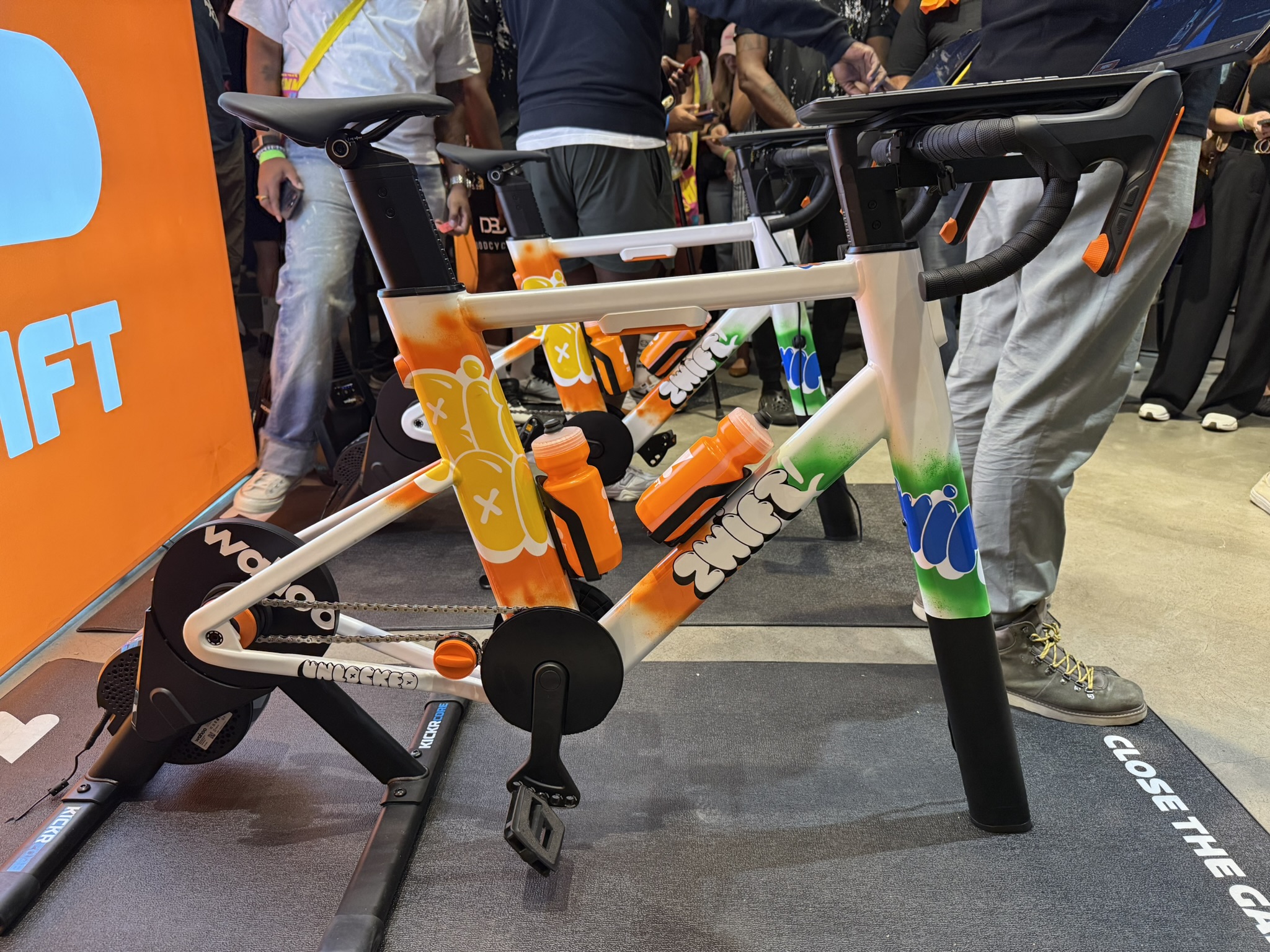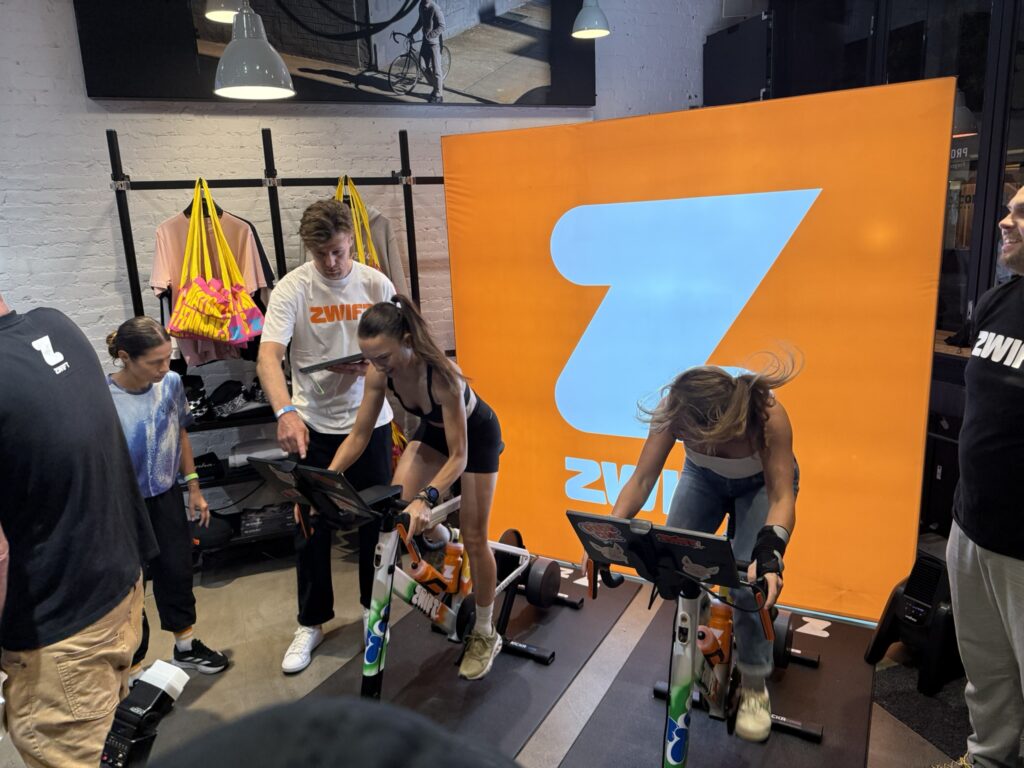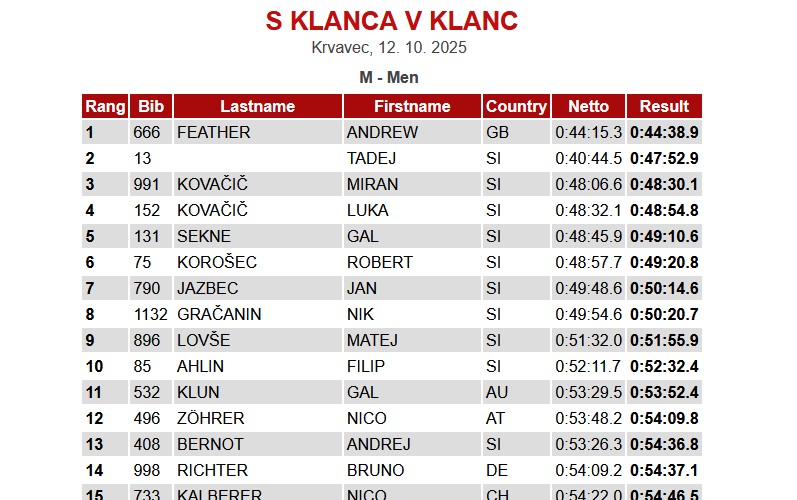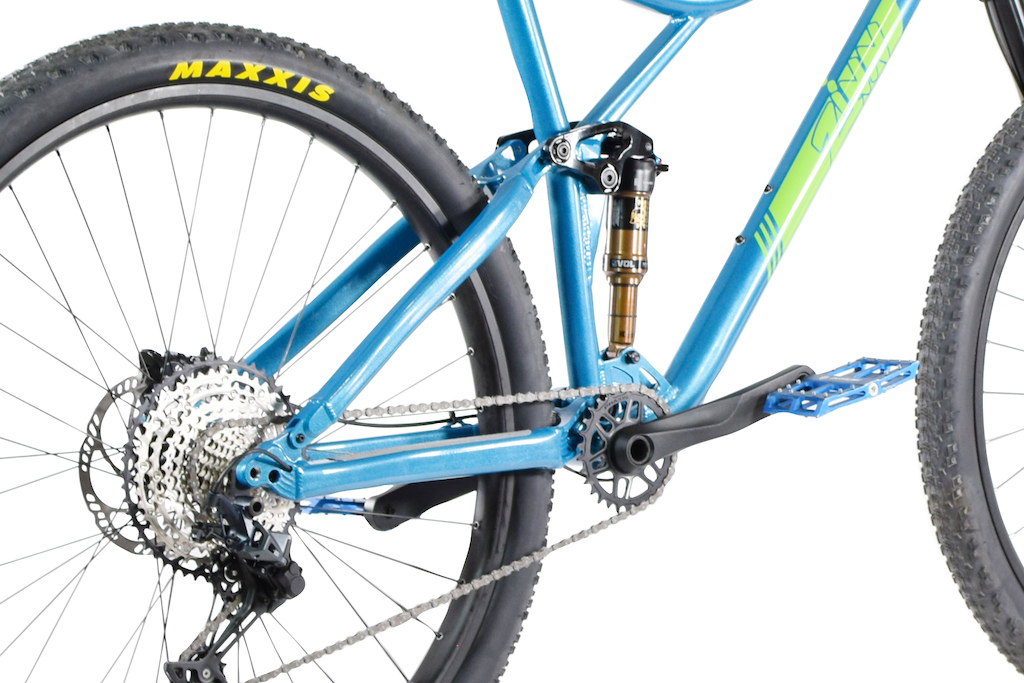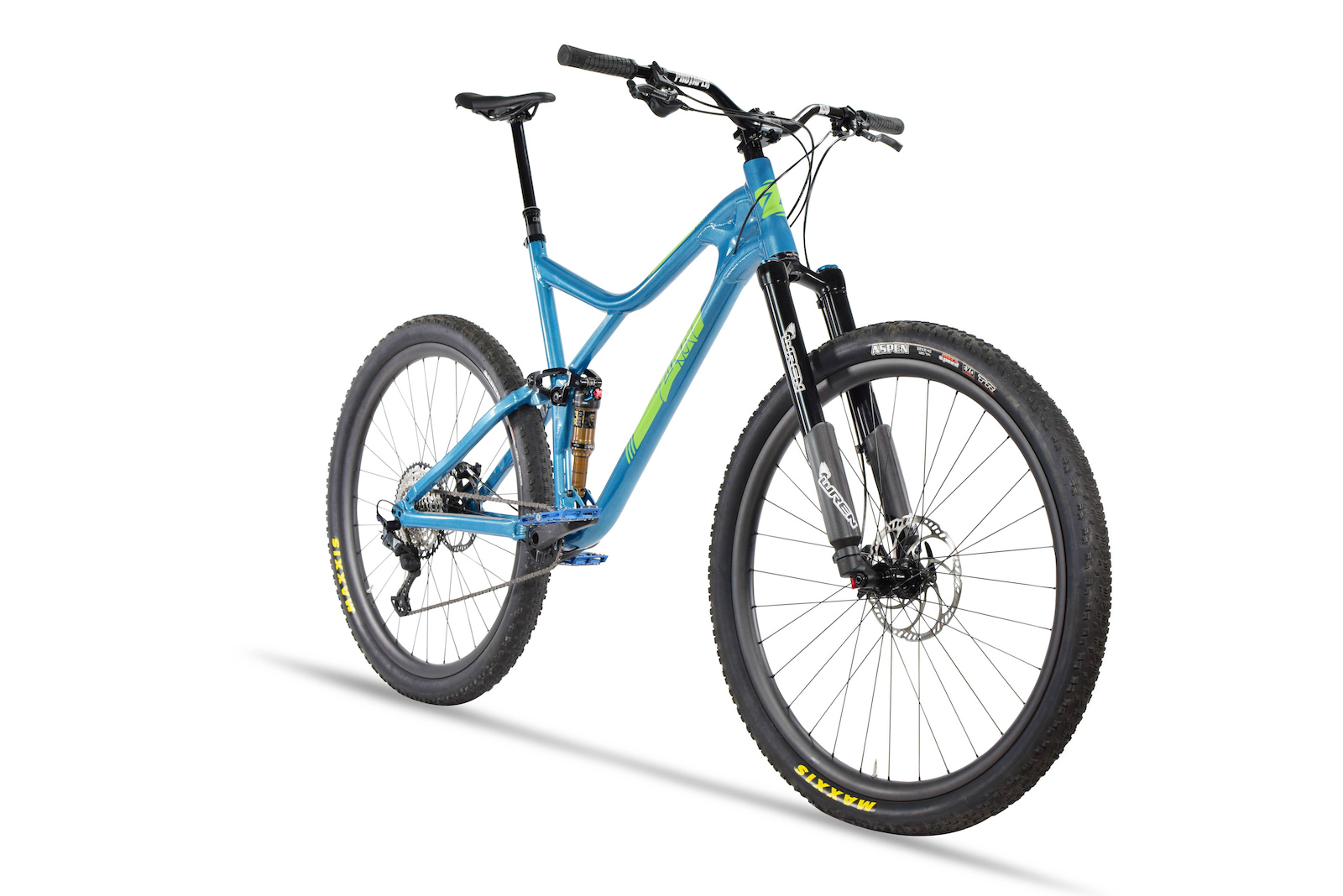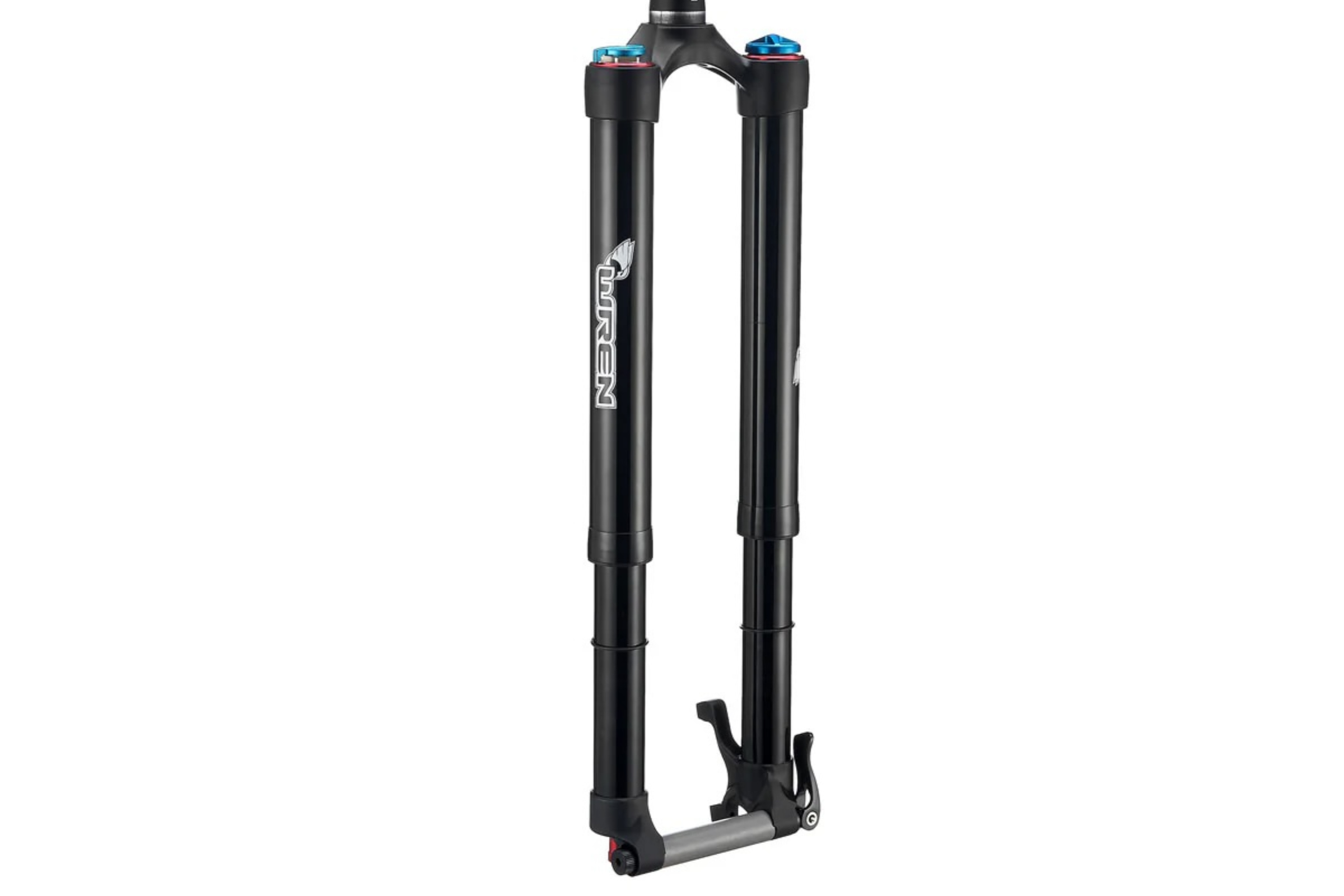I’m a sucker for fresh cycling kit, and being an avid Zwifter, I’ve owned every kit Zwift has released! Along with short-term kits for special tours like Tour of Watopia, Zwift has almost always had a general “Zwift kit” for sale. There was the “skinny Z” kit (OG Zwifters only), the high-end Giordana FR-C kit (pricy but so nice), the Expression kit (affordable yet unbreathable), and now, released just last month, the Watopia Essentials collection.
Designed by Zwift and produced by Pedal Mafia, the Watopia Essentials kit is understated and indoor-friendly, with multiple color options. Based on Pedal Mafia’s workhorse “Core” line, this kit is well-made without breaking the bank. Read on for my full review…
Shop the Watopia Essentials collection >
Note: sizing can be tricky with cycling kit. For reference, I’m 5′-10″ tall (179cm) and around 190 lbs (86 kg). I put my actual measurements in the text below where appropriate.
Watopia Essentials Bib Shorts
Priced at $168USD, the Watopia Essentials bib is from Pedal Mafia’s Core collection. (This is the more affordable “do everything” collection vs the more expensive “Pro” line.) The most distinctive thing about these shorts is the metallic printing of the Zwift logo, Scotty emblem, and Pedal Mafia logo on the small of the back. These metallic accents carry over to the jersey and base layer as well, as you’ll see below.
I have a 34.5″ waist and 39.5″ hips, so I went with the medium bib as recommended by the sizing chart.
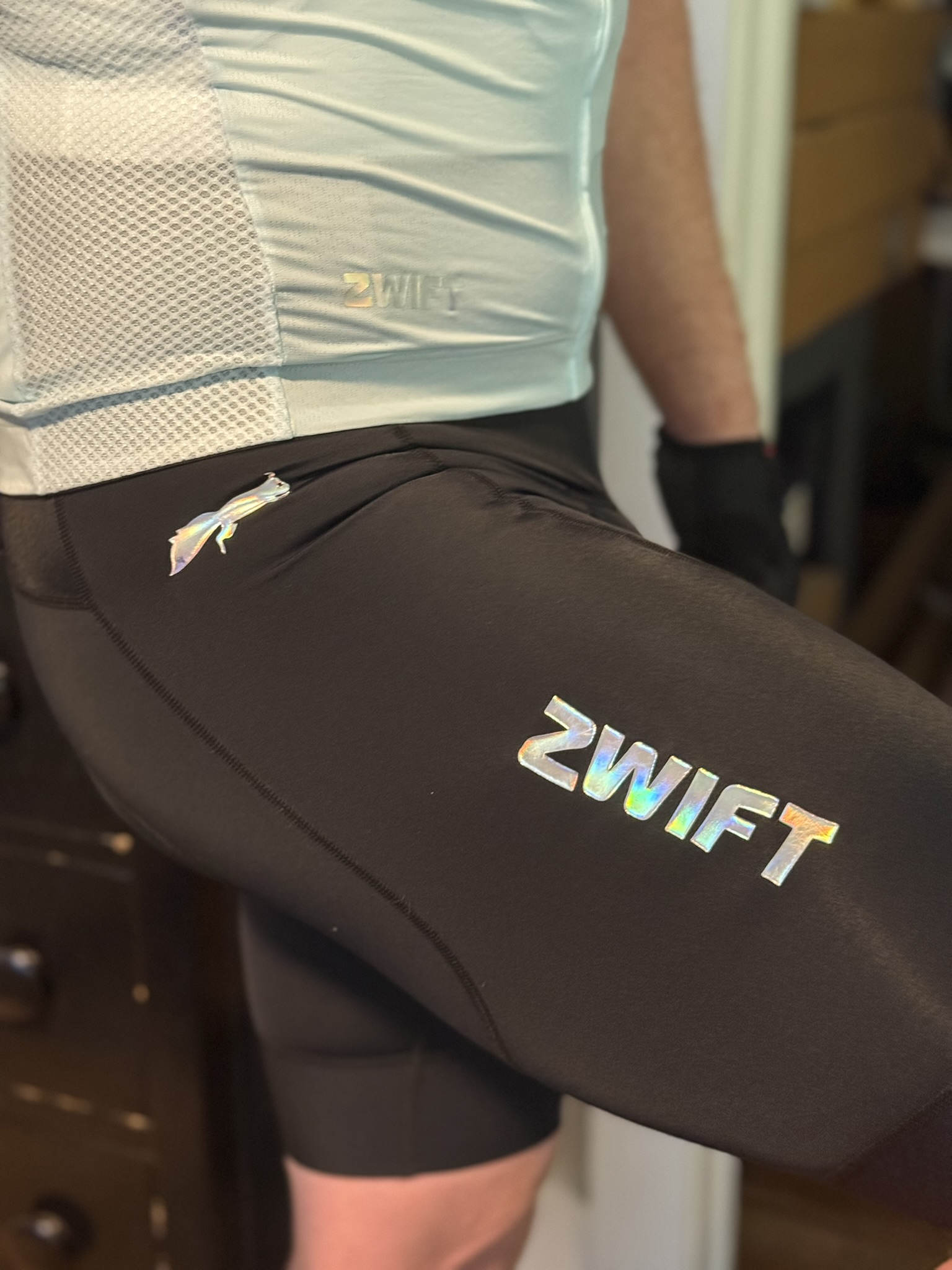
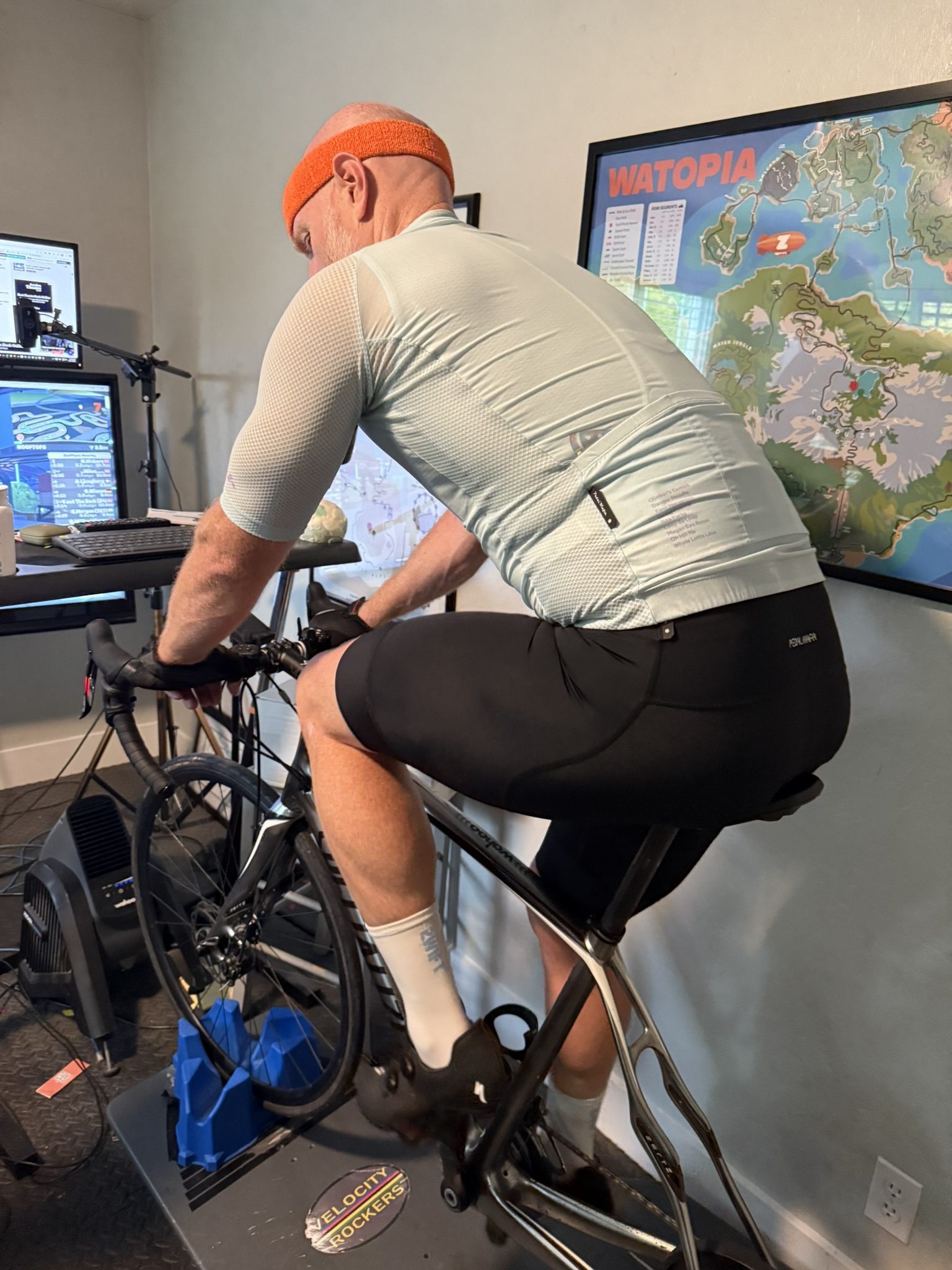
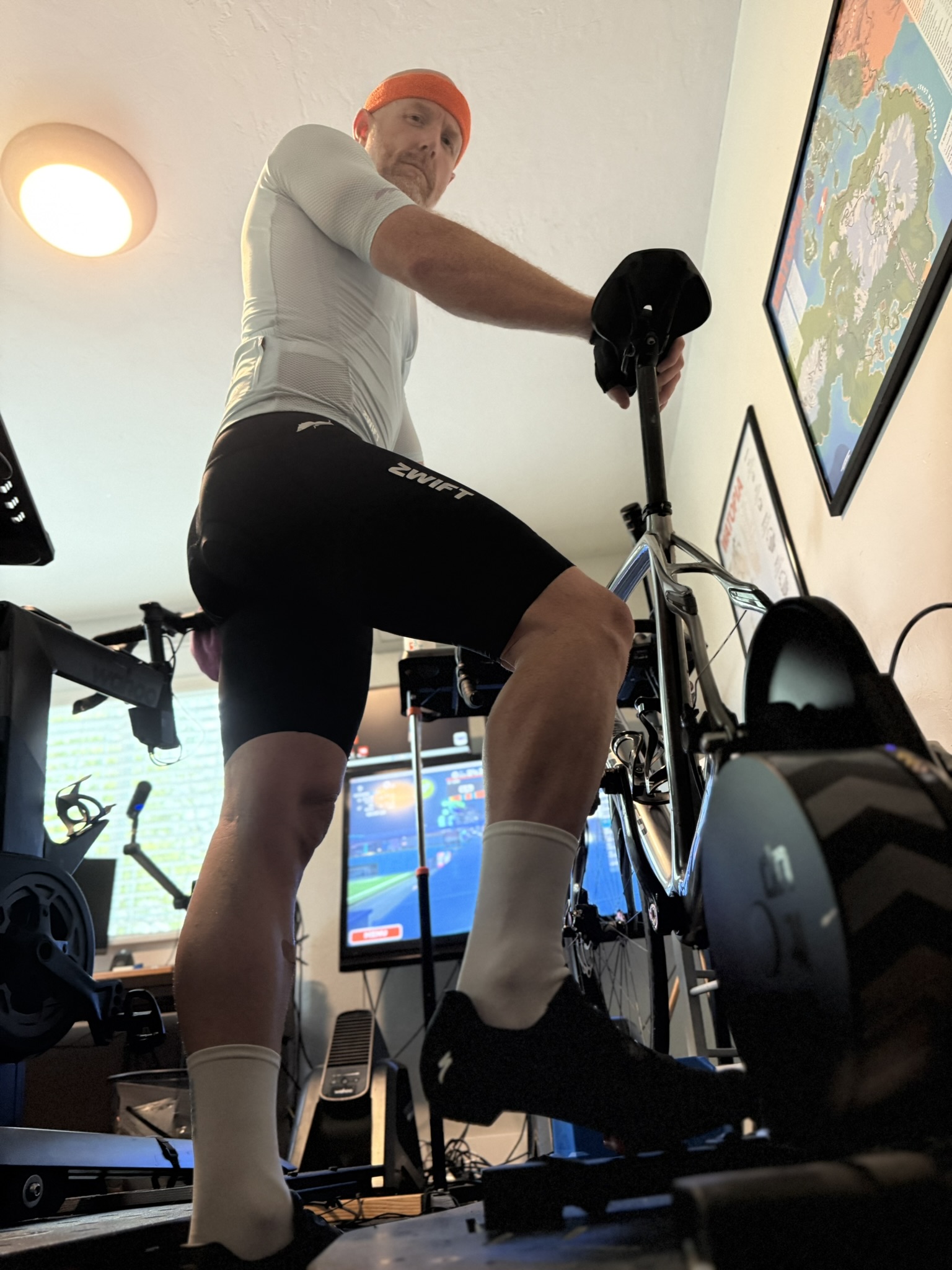
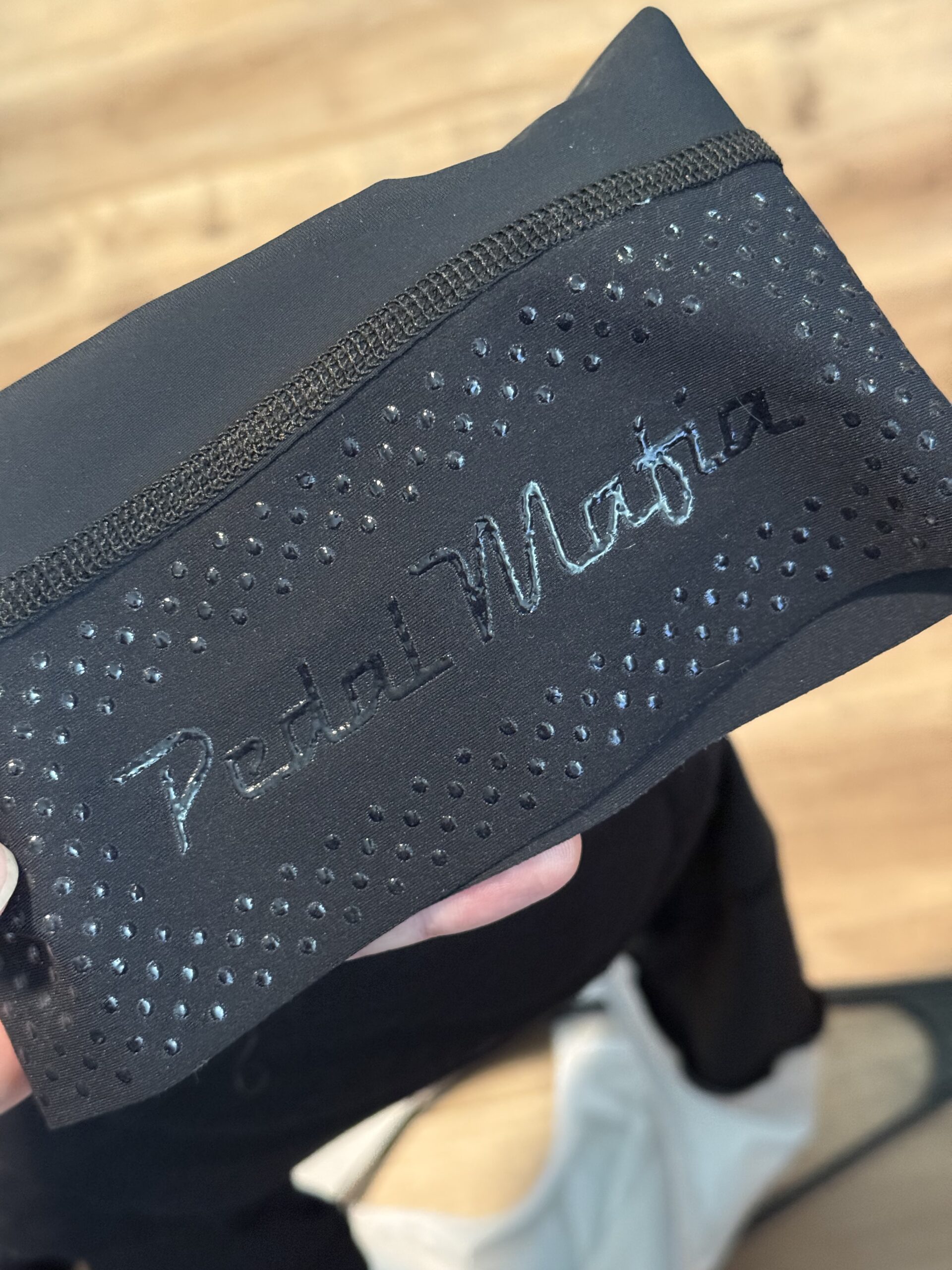

The Watopia Essentials bibs aren’t indoor-specific, so they don’t include some of the extra-breathable features indoor kits often have, like mesh panels, minimal chamois, or super lightweight strapping. That said, the brace paneling on the back and lower front is nicely perforated, even though the straps themselves are not, and the main short fabric (75% recycled warp knit lycra) is just the right thickness to allow sweat to evaporate indoors while still working well outside in most conditions.

While I haven’t had time to run the Watopia Essentials bibs through the wringer across many rides (since they were just released), I do own multiple pairs of Pedal Mafia’s core bibs, so I know what kind of durability to expect. I’d say these shorts hold up as well as other mid-range bibs, with the first point of failure for me being some frayed stitching in the inner leg area due to saddle rub. (This hasn’t affected the feel or wearability of the bibs, but it’s something worth noting.)

Chamois fit is a very personal thing, but I prefer thinner pads, especially for indoor riding. I’d say the Watopia Essentials’ chamois is on the thin side as chamois go, while still having plenty of thickness for all-day/outdoor wear.

Leg length on Pedal Mafia bibs tends to be on the longer side, as this “pro look” is the trend in today’s kits. I don’t particularly love super-long legs, as they aren’t helpful for indoor riding. That said, I ordered the medium bibs, which fit great on my frame.

If you look closely, you’ll see some nice finishing touches on these bibs. The metallic logos are fun, but you’ve also got a little pocket on the back brace to hold a gel or even your phone, Pedal Mafia-branded extra-wide leg grippers, a logo on the chamois, plus the feel-good factor of 75% recycled lycra composition… these aren’t just basic bibs.
Watopia Essentials Jersey
The Watopia Essentials jersey, like the bibs, is based on Pedal Mafia’s “core” line. Priced at $128USD, this is a well-made, indoor-friendly jersey with lots of finishing touches. Based on my chest measurement of 38″ (and my experience with wearing other PM Core kits) I went with a medium jersey, as I prefer a tighter fit.
A note regarding color: I chose the “frost” color, and what you see in the pictures below is, to my eyes, a fairly accurate presentation of the actual color of the jersey. What I see on Zwift’s website for this color looks significantly bluer than it really is.
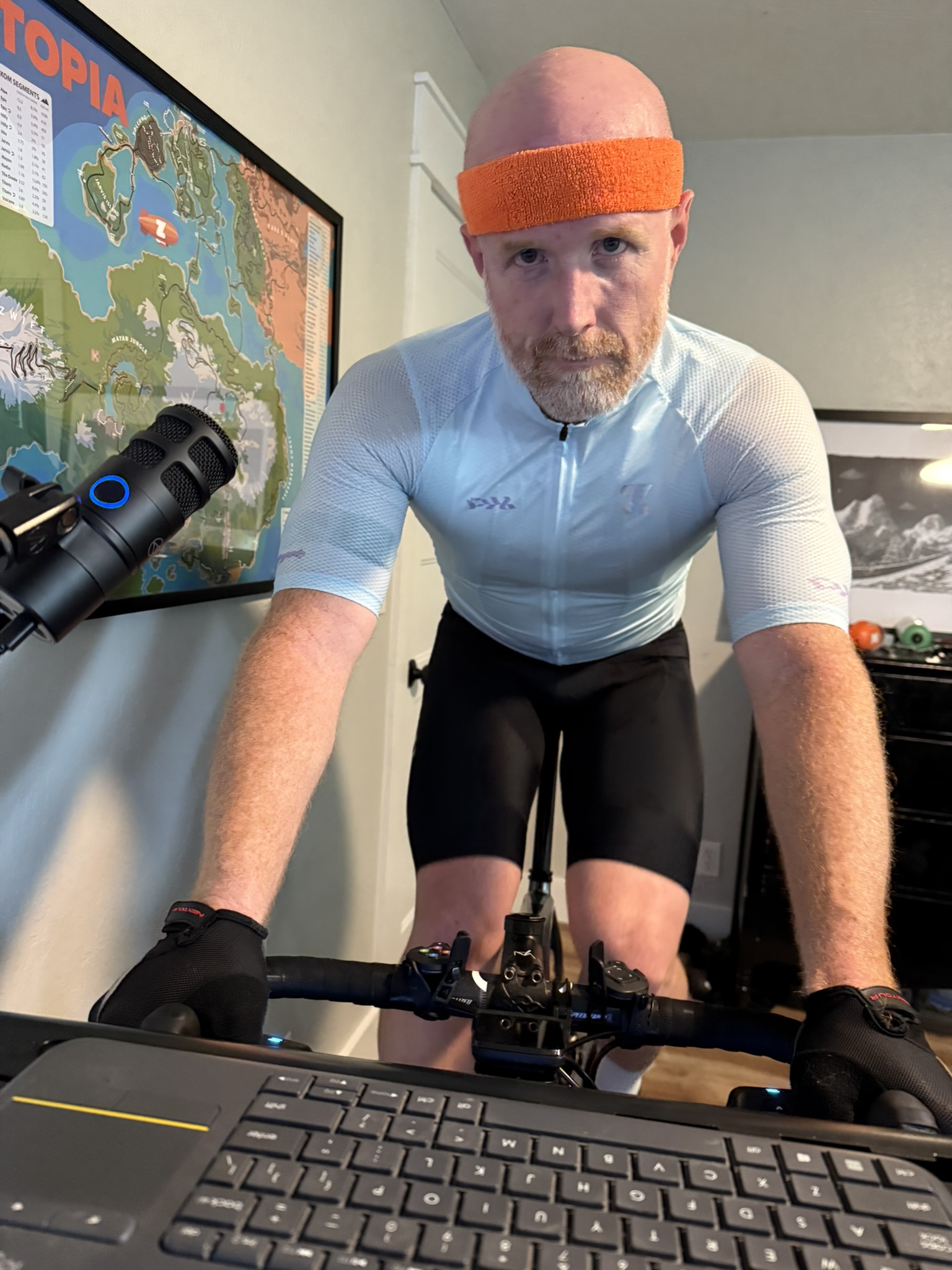
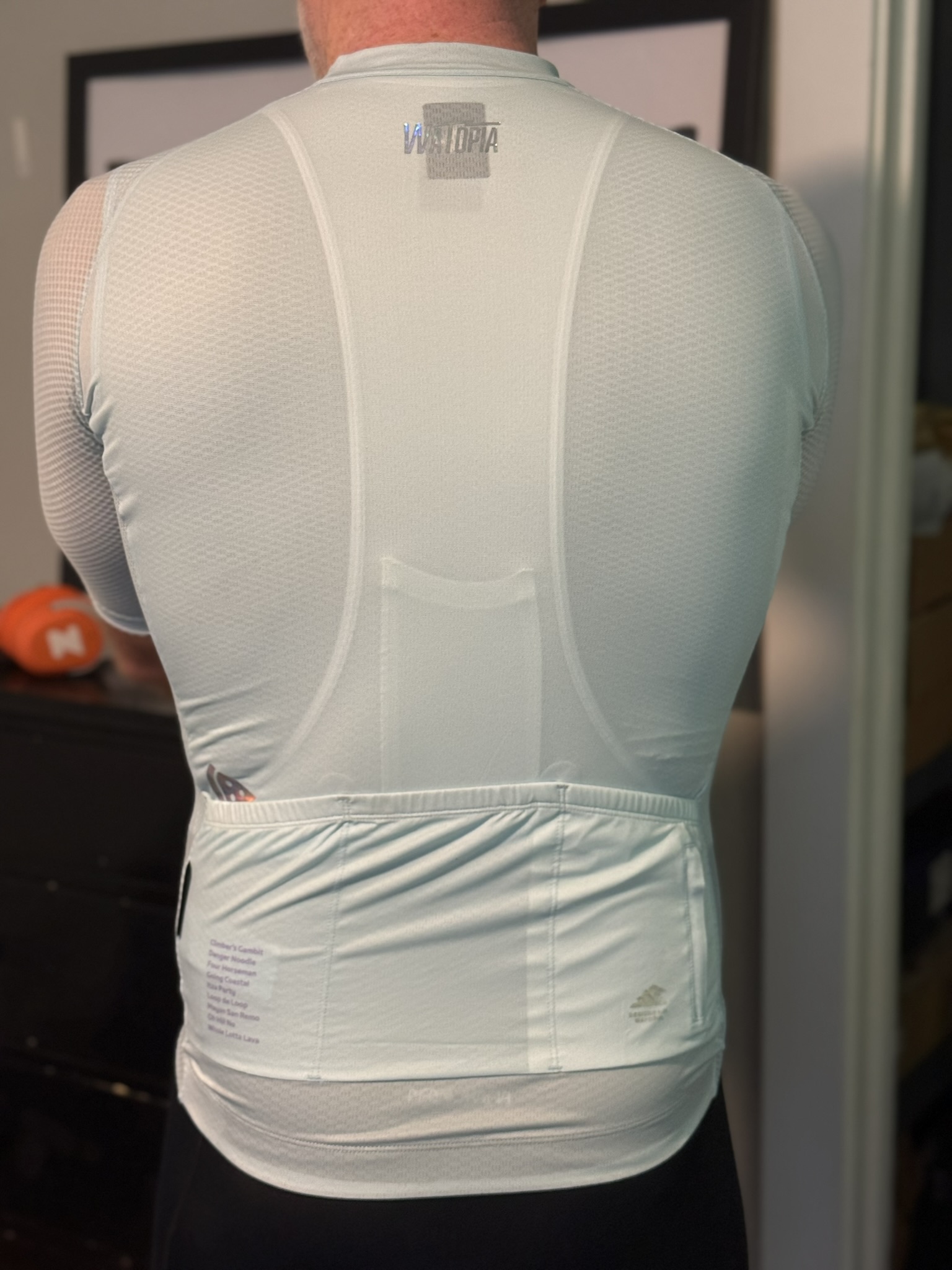

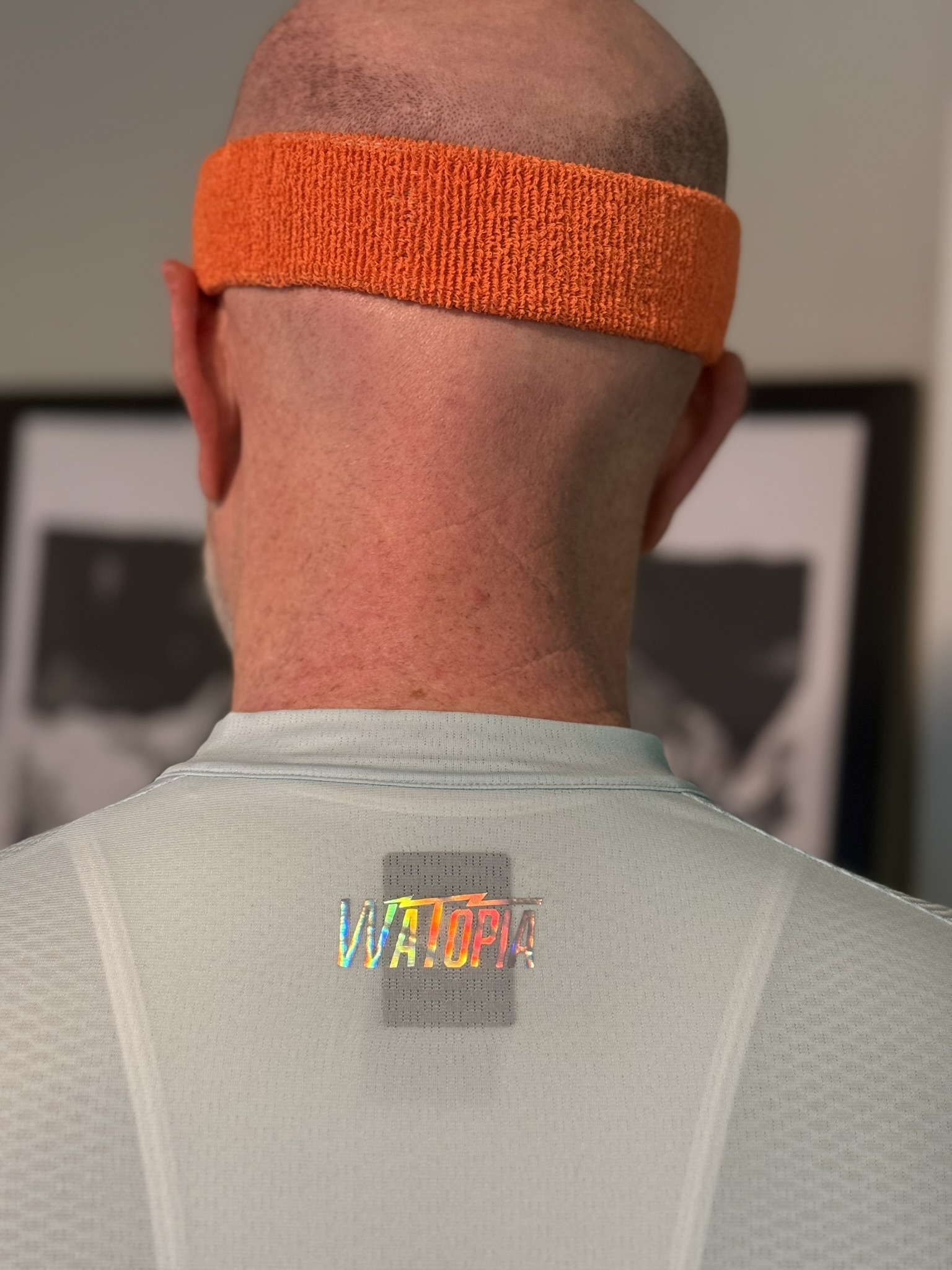
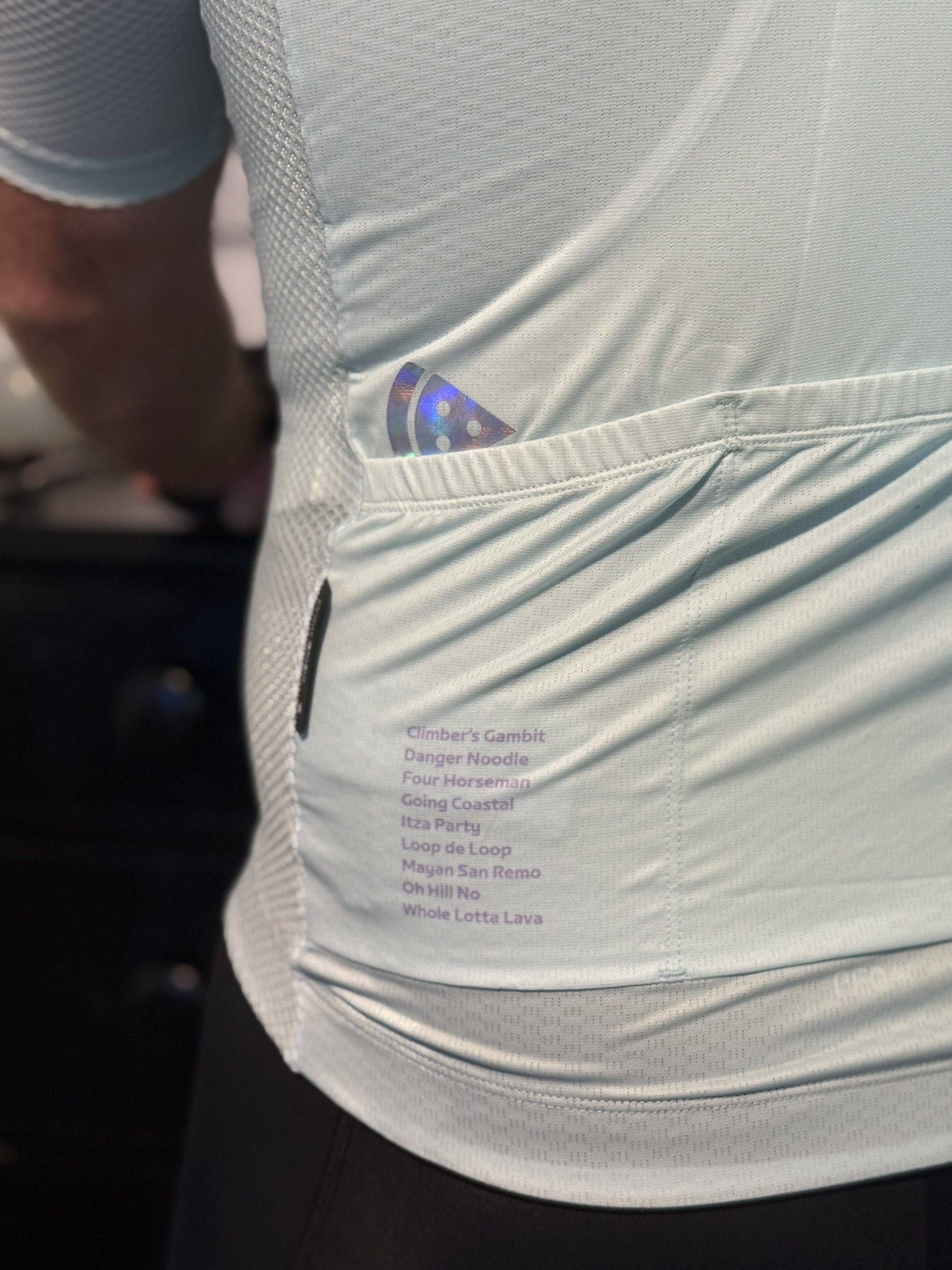

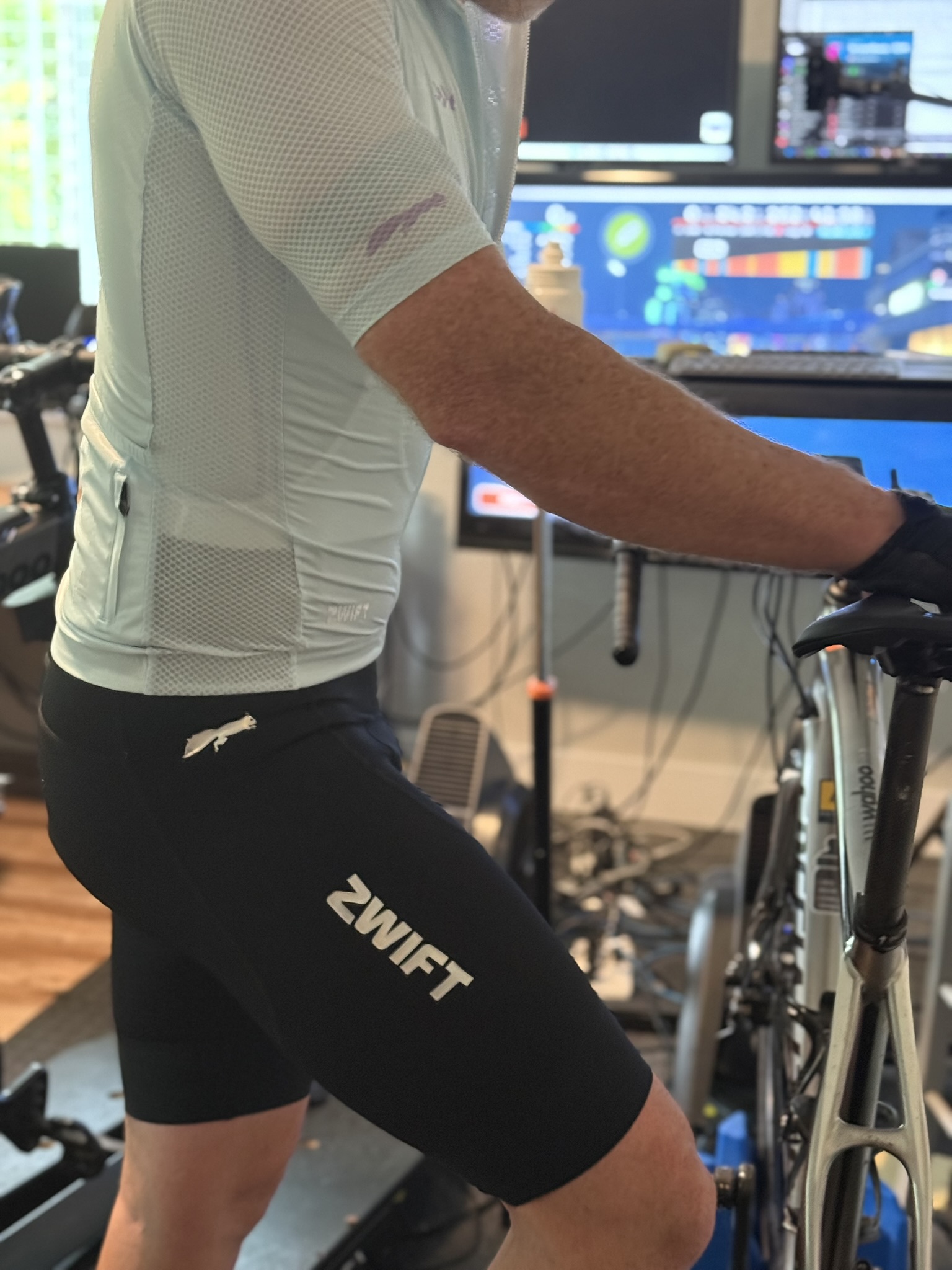
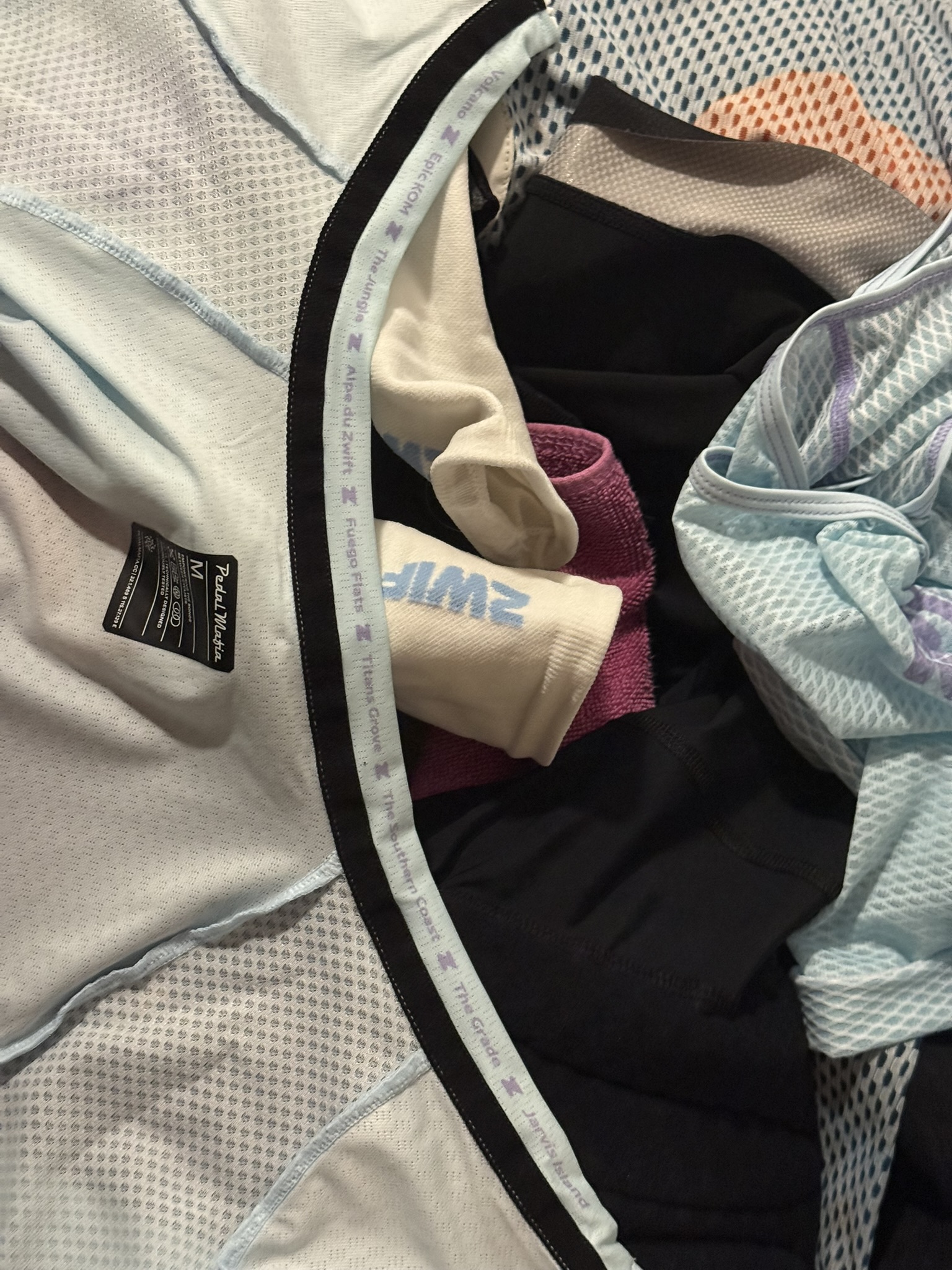

While the sizing chart would have placed me in a large jersey (just barely), I went with a medium because I prefer a tighter fit, and because I got a few medium Pedal Mafia core jerseys in my closet already. These jerseys fit nicely, with plenty of length in the arms and rear torso without being too long in the front. (I hate it when jerseys bunch up in front when you’re hunched over the bike.)

While this isn’t an indoor-specific jersey, it is a very breathable top that works well outdoors in summer heat as well as indoors on the trainer. I’ve complained to ZHQ in the past that the kits they’ve sold aren’t indoor-friendly, particularly their previous Expression Jersey, which is one of the least breathable jerseys I own. So it’s nice to see Zwift selling a top that works well indoors. The arms and side panels use a 3D mesh material that keeps you dry and cool without being so fragile that it breaks down in the wash, while the front and back use a denser but still lightweight perforated fabric that provides more coverage but still wicks sweat and allows airflow for drying.

In my experience, it takes a lot of riding to wear out a jersey, unless it’s a super-light one made specifically for indoor riding or hot weather. All of my Pedal Mafia Core jerseys have held up well with no tears from washing or frayed stitching, so I expect the Watopia Essentials jersey to do the same.

Even though the design is far from flashy, there are lots of small finishing touches on this jersey. These include a PM-branded waist gripper, a tag with spaces to write your emergency details, a zippered side pocket, and a pizza slice in the back-left pocket. The inside of the collar (shown above) even lists all the Watopia expansions, in chronological order. A super-nerdy Zwifty touch! (And while I’m being nerdy, the back-left pocket includes “Four Horseman” in the list of routes… but it should be “Four Horsemen“.)
Watopia Essentials Base Layer
The Watopia Essentials base layer is priced at $50USD. I chose the frost color to match the jersey, and went with the Medium size as well.
While many riders don’t wear a base layer, especially indoors, they do help keep things, as Zwift says, “cool, dry, and breathable.” Adding a layer to increase breathability and cooling doesn’t seem intuitive, but that 3D mesh wicks the sweat from your skin then increases the surface area for air to contact that sweat and cause it to evaporate.
It all works quite nicely, and it also means you can unzip your jersey without showing too much skin. You can also wear it in place of a jersey, at least indoors.
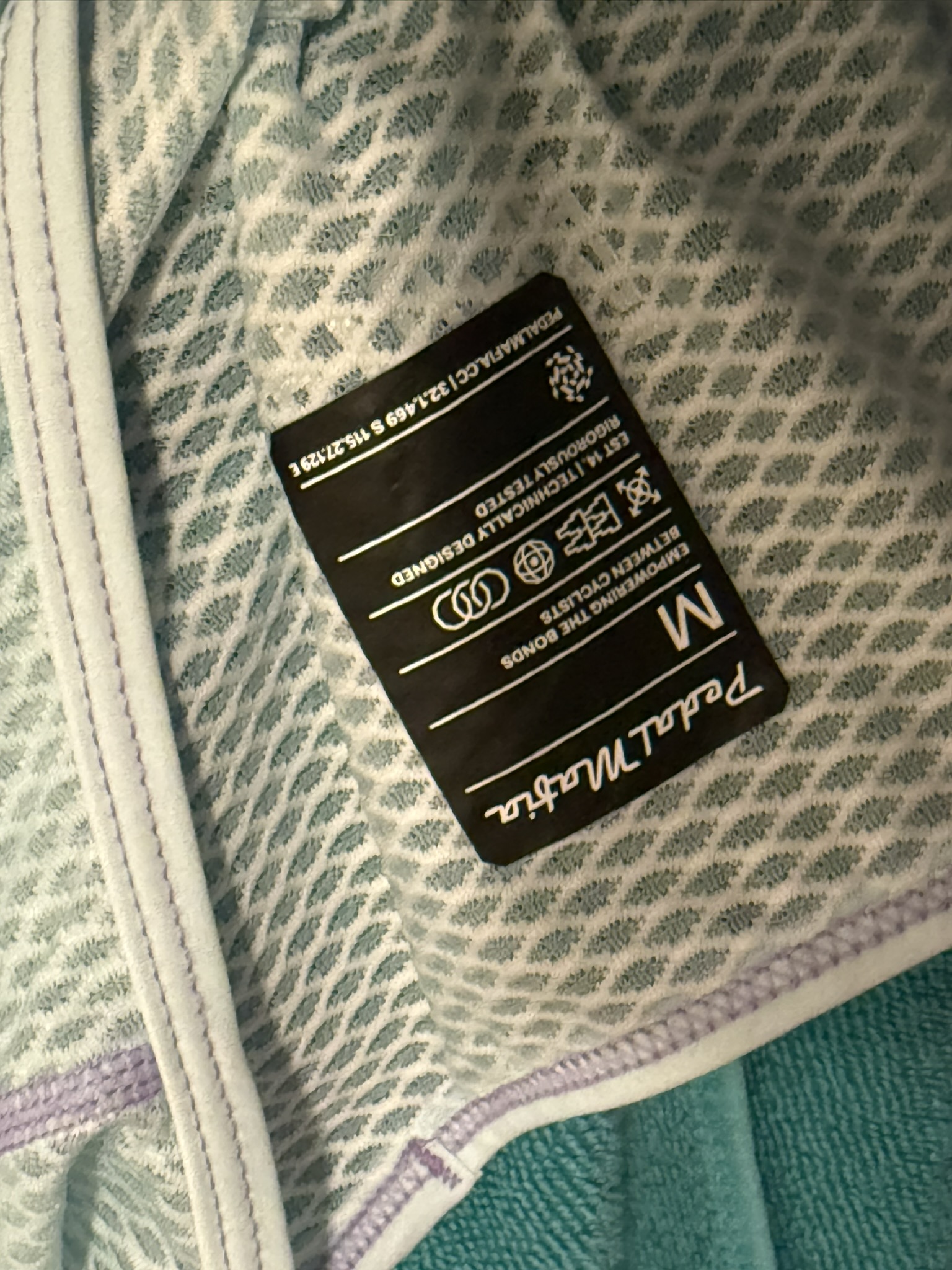
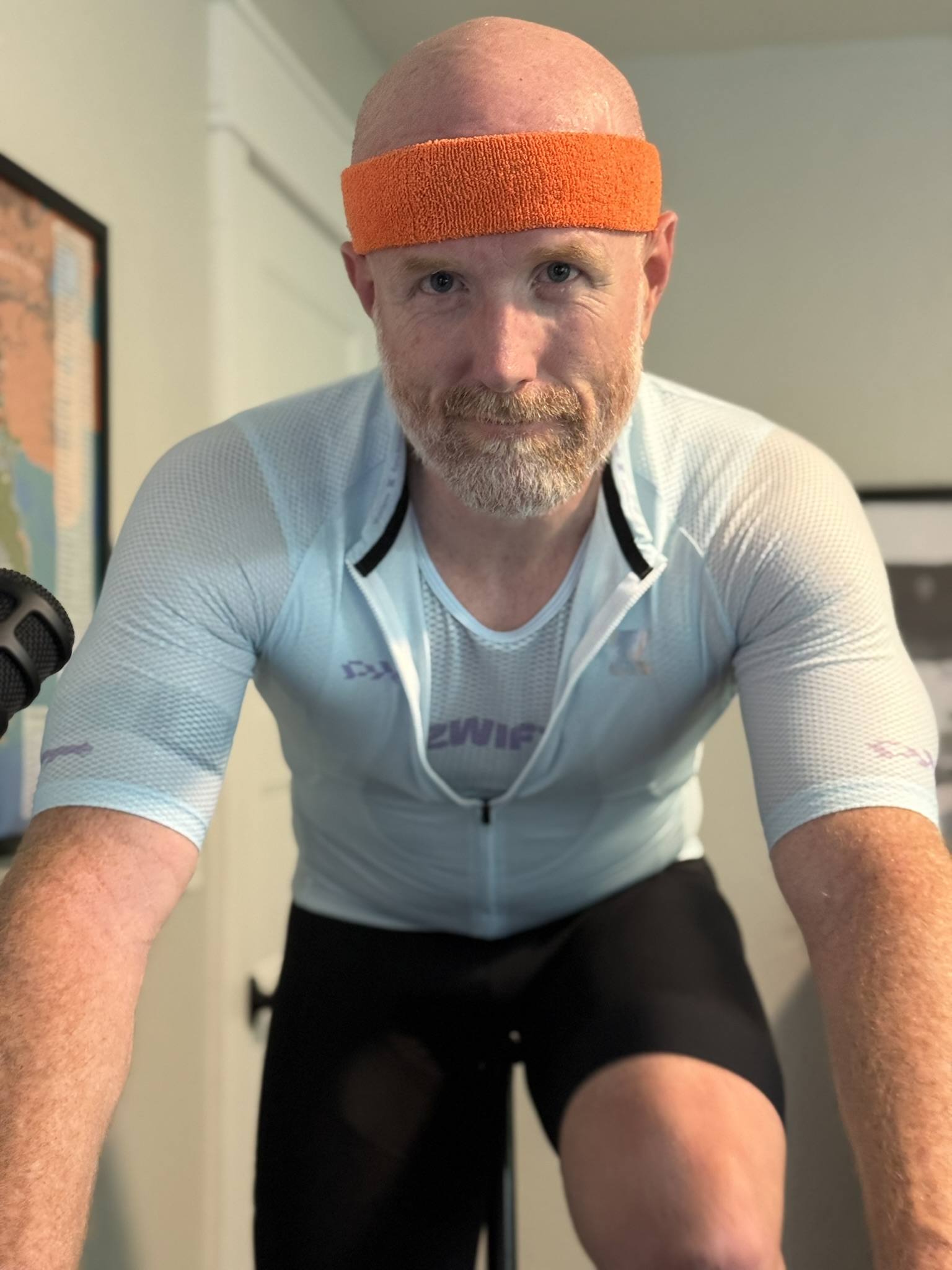
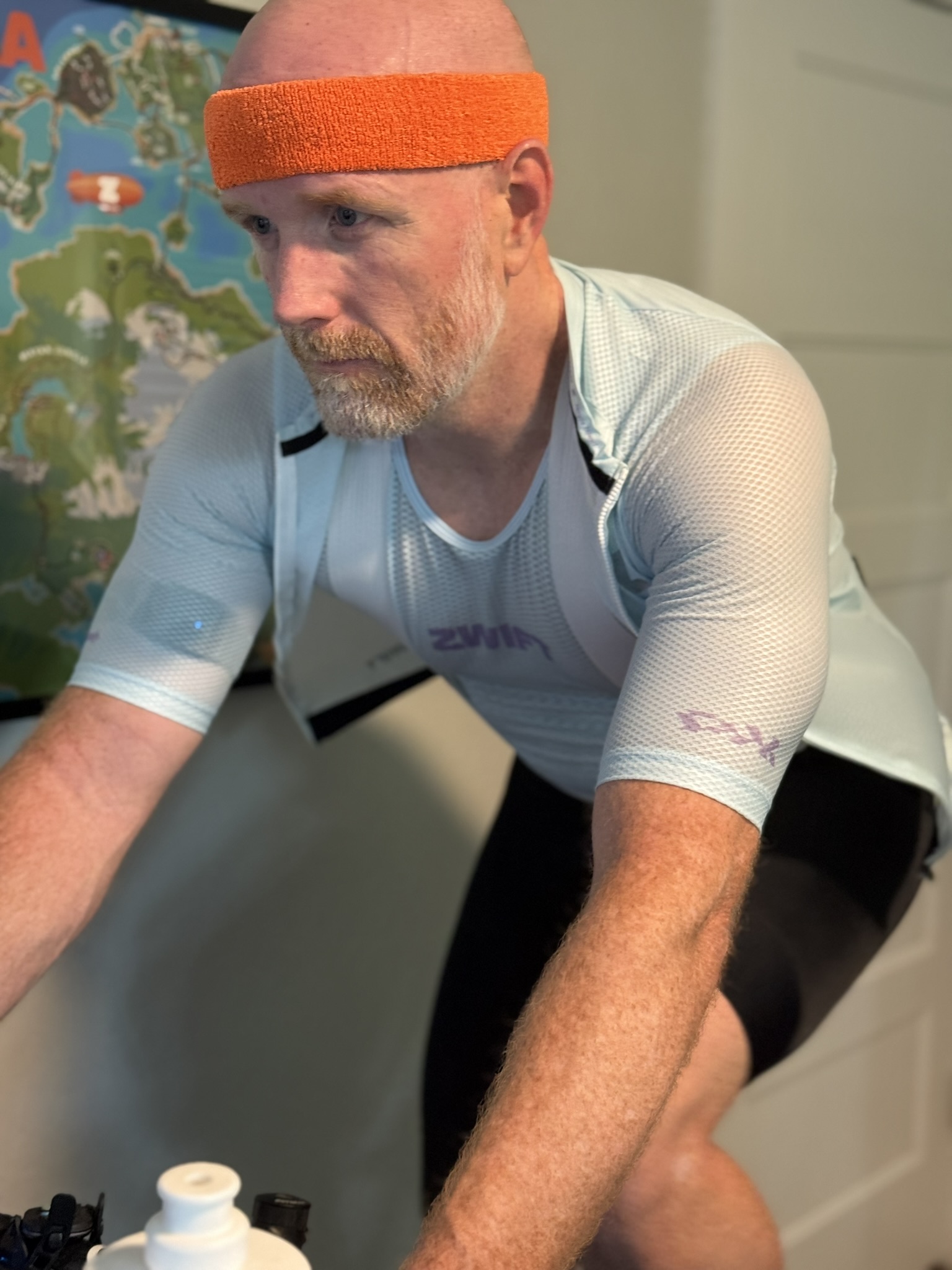


My medium base layer fit tightly, as it should. Not so tight that it restricted breathing, but tight enough that it stayed in contact with my skin and didn’t feel “baggy” beneath my jersey.

The entire base layer is made of the same 3D mesh, which is an even lighter/more open mesh than the arms and sides of the jersey. It’s about as breathable a fabric as you’ll find, if you want something that also wicks sweat (and you do).

Super lightweight 3D mesh fabrics can suffer small tears in the wash if they snag on something sharp like the pointy half of velcro glove straps. Some people will wash their more fragile fabrics in a laundry bag to avoid this, but that’s too much hassle for me. I just keep my gloves velcroed together and it (usually) works!

With a base layer that will generally be covered by a jersey, I don’t want to pay for lots of fancy visual touches. The Watopia Essentials base layer keeps things pretty simple, with a Zwift logo across the chest, a metallic Scotty logo on the front-bottom-right corner, and a Watopia logo on the top back, just like the jersey.
Watopia Essentials Socks
Like most cyclists, I love a good pair of socks. Aero socks, colorful socks, merino wool socks… I’ve got more than I can fit in one drawer, for sure. Because it’s always fun to get a new pair in the mail and take them for a spin!
Keeping with the theme, Watopia Essentials socks are from Pedal Mafia’s Core collection. I got the Small/Medium size because I’ve found Pedal Mafia’s socks run quite tall. And I went with the “frost” color to match the top.
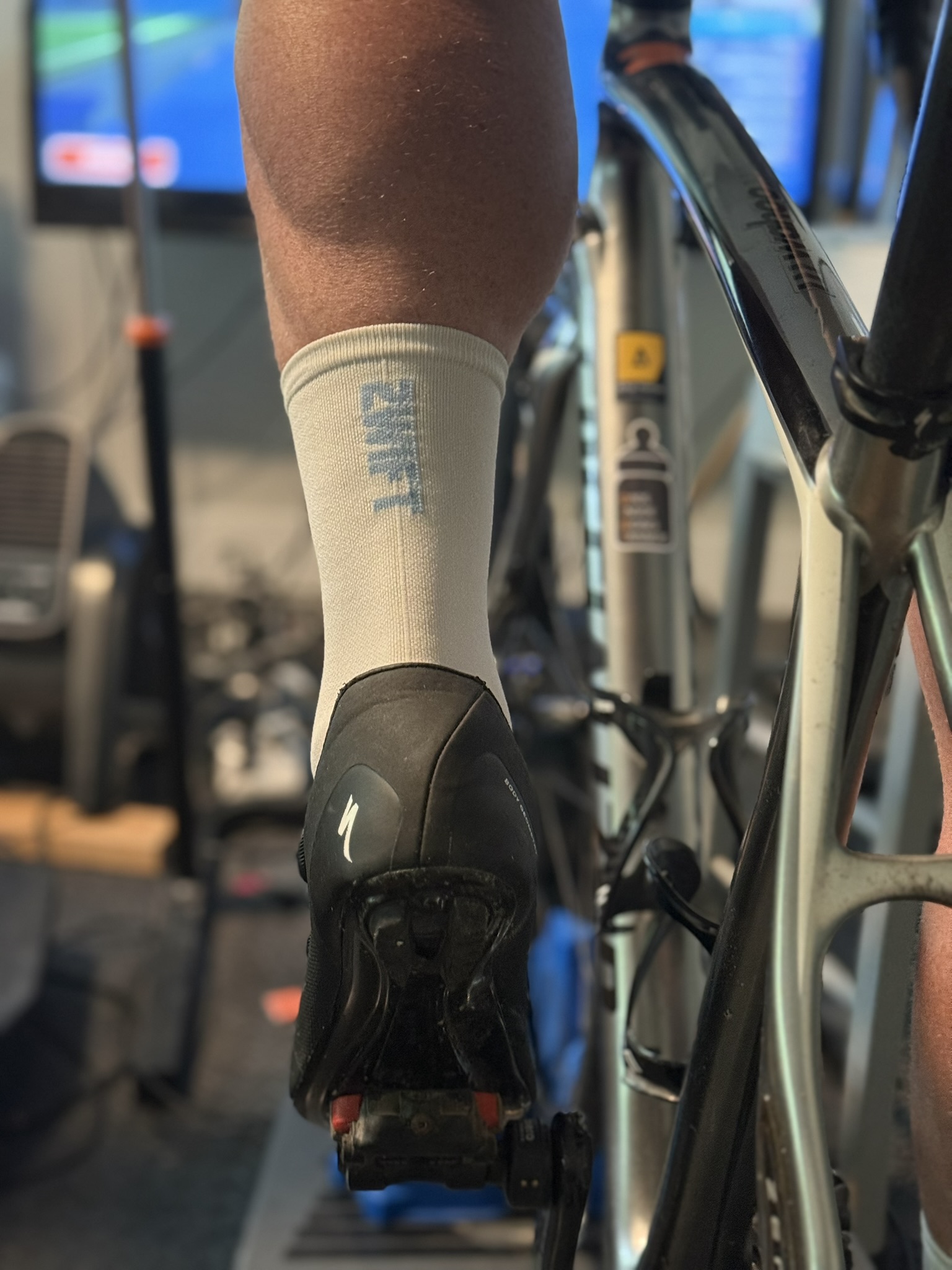

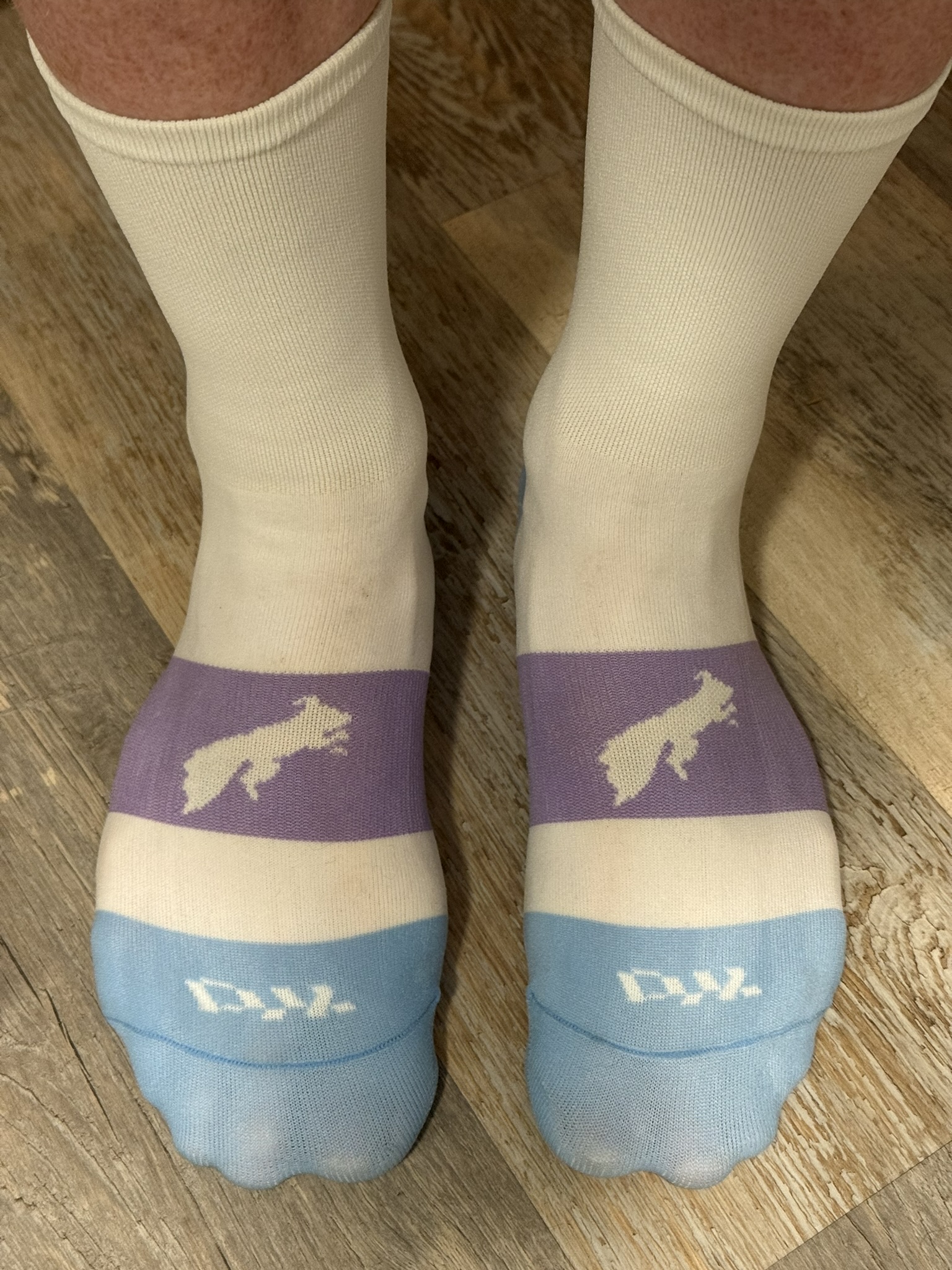

If you’re looking for “pro-length”, these are your socks. Like I said, I went S/M. But if I had gone for the L/XL, they would have been gone up over part of my calf. Size-for-size, Pedal Mafia’s Core socks quite a bit higher up the leg than most of the socks in my drawer. This isn’t good or bad – it’s a question of what look and feel you prefer.

These are lightweight, which is to be expected for cycling socks. I’d describe them as “medium-thick” when compared to the current crop of cycling socks. They aren’t super-thin like some, but they aren’t as thick as others. They make a good all-around sock suitable for riding in most conditions, although I may prefer something thinner for indoor riding.
Final Notes
Overall, I’d say the Watopia Essentials kit does a very good job of walking the line between quality and price. It performs where you want kit to perform, without soaring into the upper price ranges. I like the design, too: distinctively Zwifty, but not garish. And there are three color options to choose from, which is a first for Zwift.
I should also note that there’s a t-shirt, bottles, and sweatshirts included in the Watopia Essentials line. Along with a women’s jersey and bibs, of course!
Shop the Watopia Essentials collection >
Questions or Comments?
Post below!

